It’s the roaring twenties and Flatbush Avenue is a hub of activity. The avenue is lined with shops and businesses, and the streets are filled with automobiles and streetcars. The population of the area is diverse, with immigrants from all over Europe and African Americans, and native-born residents living and working side by side.
As you walk down the avenue, you can’t help but notice the changes that have taken place since the last decade. The stores and shops are now more modern, and you can see signs for new brands and department stores. The smell of gasoline and exhaust fumes from the cars mix with the smells of food from the various restaurants and cafes.
As you continue walking, you come across the Brooklyn Museum, which is still as popular as ever. The museum has a wide collection of art and artifacts, and it’s a popular destination for residents and visitors alike. You can see a group of schoolchildren being led through the galleries by their teacher, and a couple admiring a painting in one of the galleries.
A little further down the avenue, you come across the Brooklyn Botanic Garden. The garden is still a popular destination for residents and visitors alike, but the gardens have seen some changes, with new plant species, and different styles of gardens to reflect the new taste of the time.
As the day turns into evening, the avenue transforms into a hub of entertainment and leisure. Theater-goers are dressed in their flapper attire, making their way to the theaters and music venues that dot the avenue. The sound of jazz and blues music can be heard spilling out into the streets, and the dance halls are now more popular than ever. The area is also home to several major sports venues, including the Ebbets Field, where the Brooklyn Dodgers baseball team plays their home games.
Flatbush Avenue in the 1920s is a vibrant and bustling street that reflects the diversity and energy of the growing city. It’s a place where people from all walks of life come together, and it’s a dynamic and exciting place to be. However, the avenue is also a place where the racial tension can be felt, as the African American community is facing discrimination, and their presence in the area is limited. Despite the challenges, the avenue has many cultural and leisure activities, and it’s a place where people can enjoy and have fun, but also a place where the changes of the society can be seen.


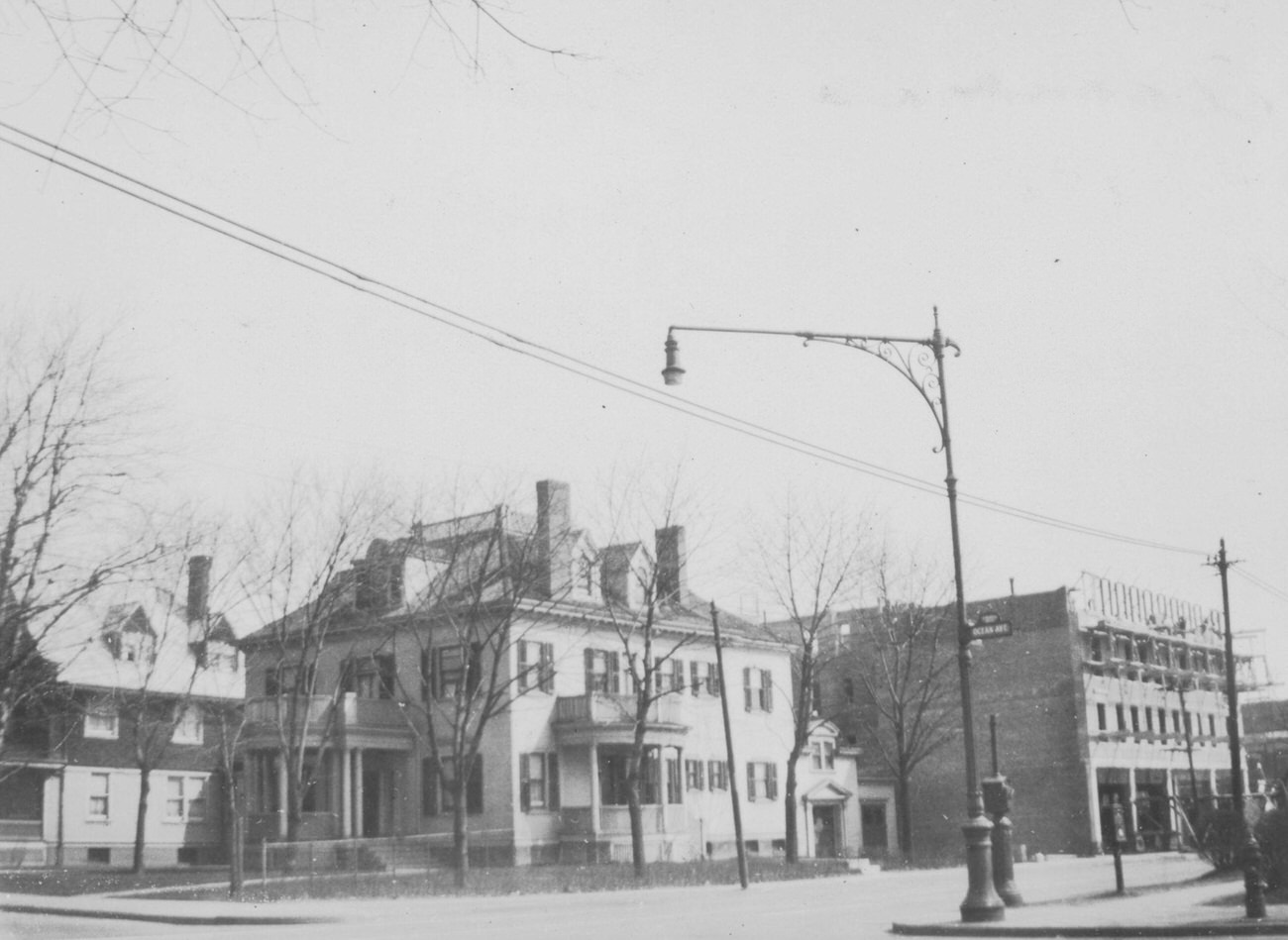
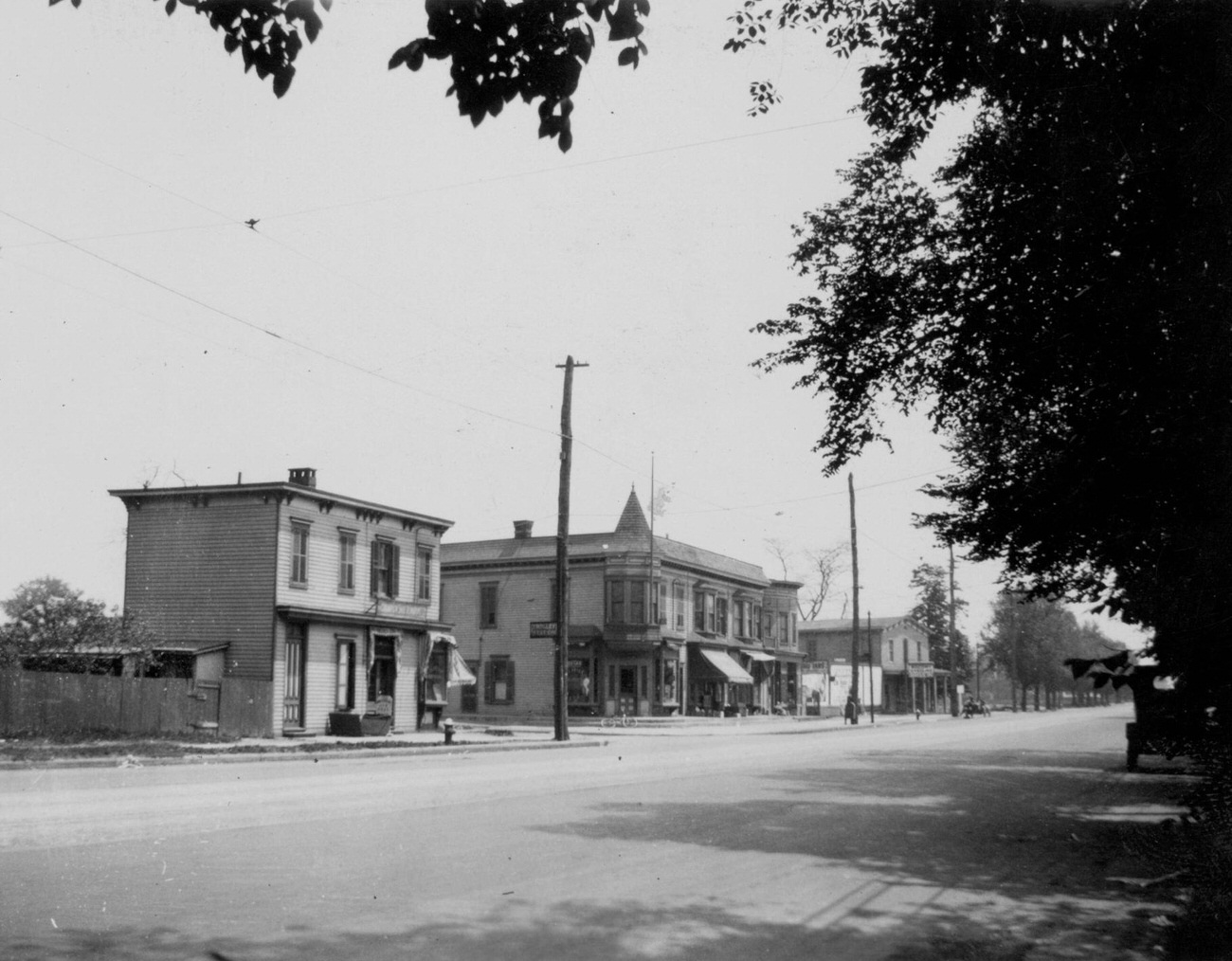
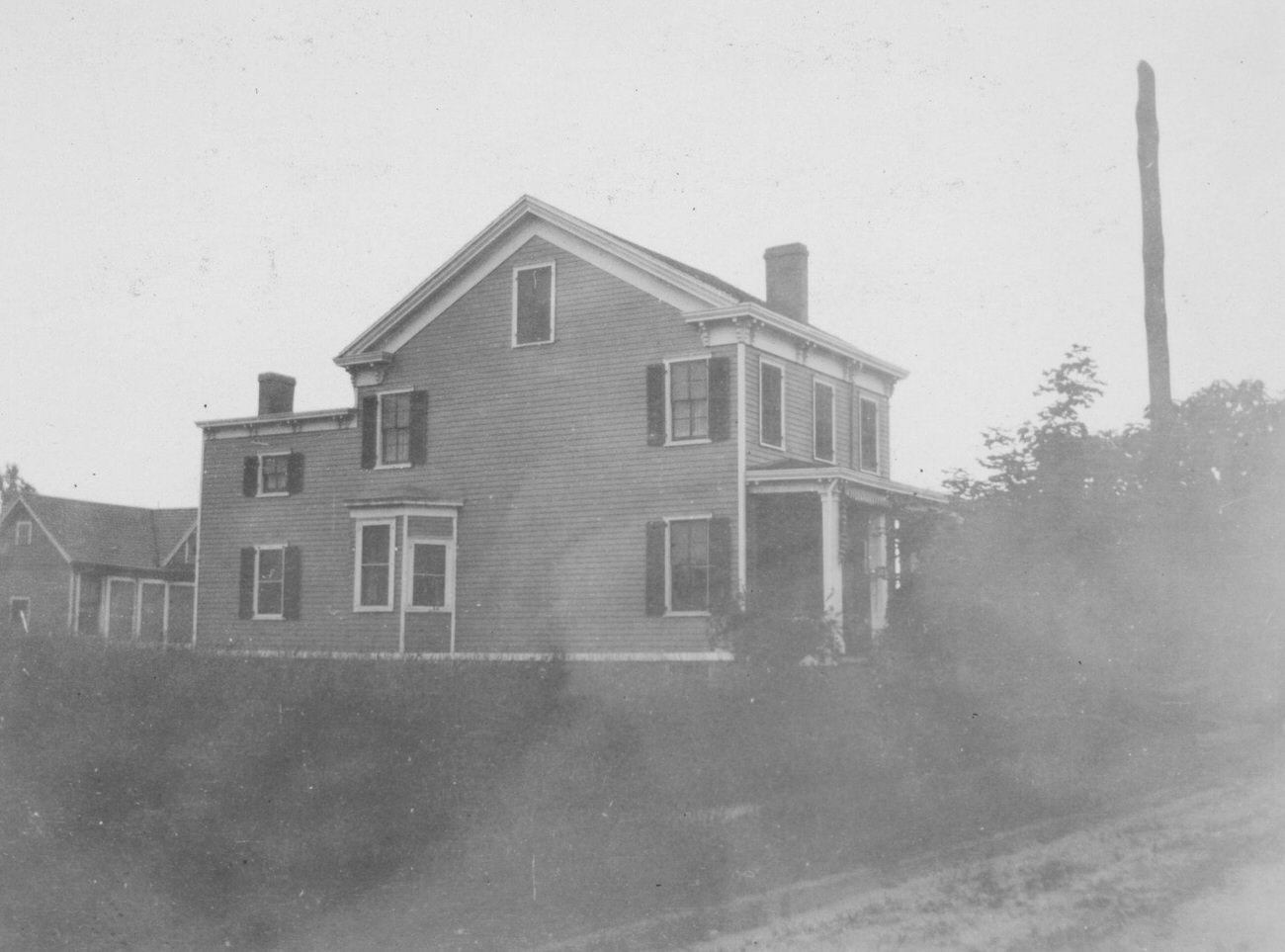

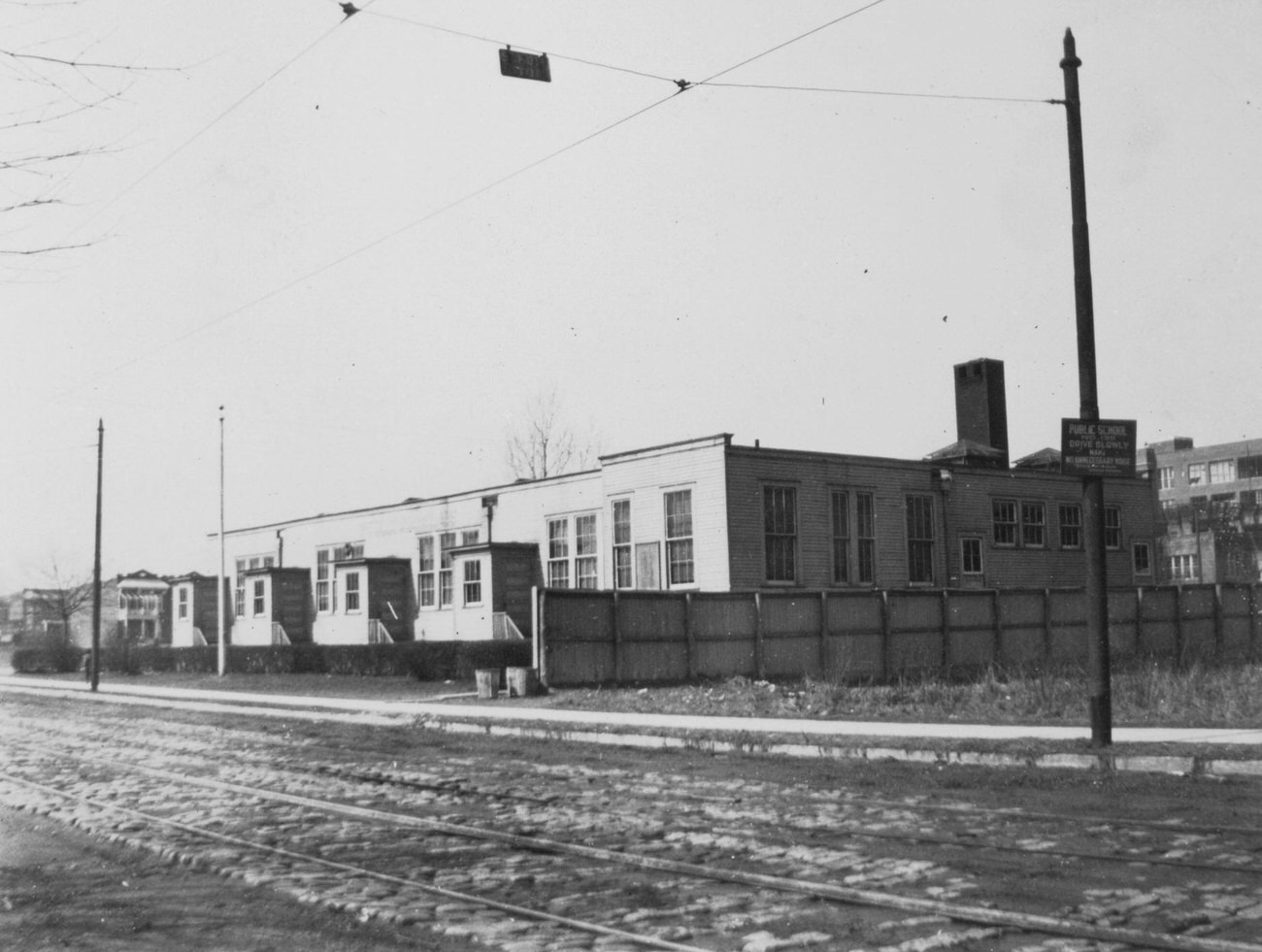
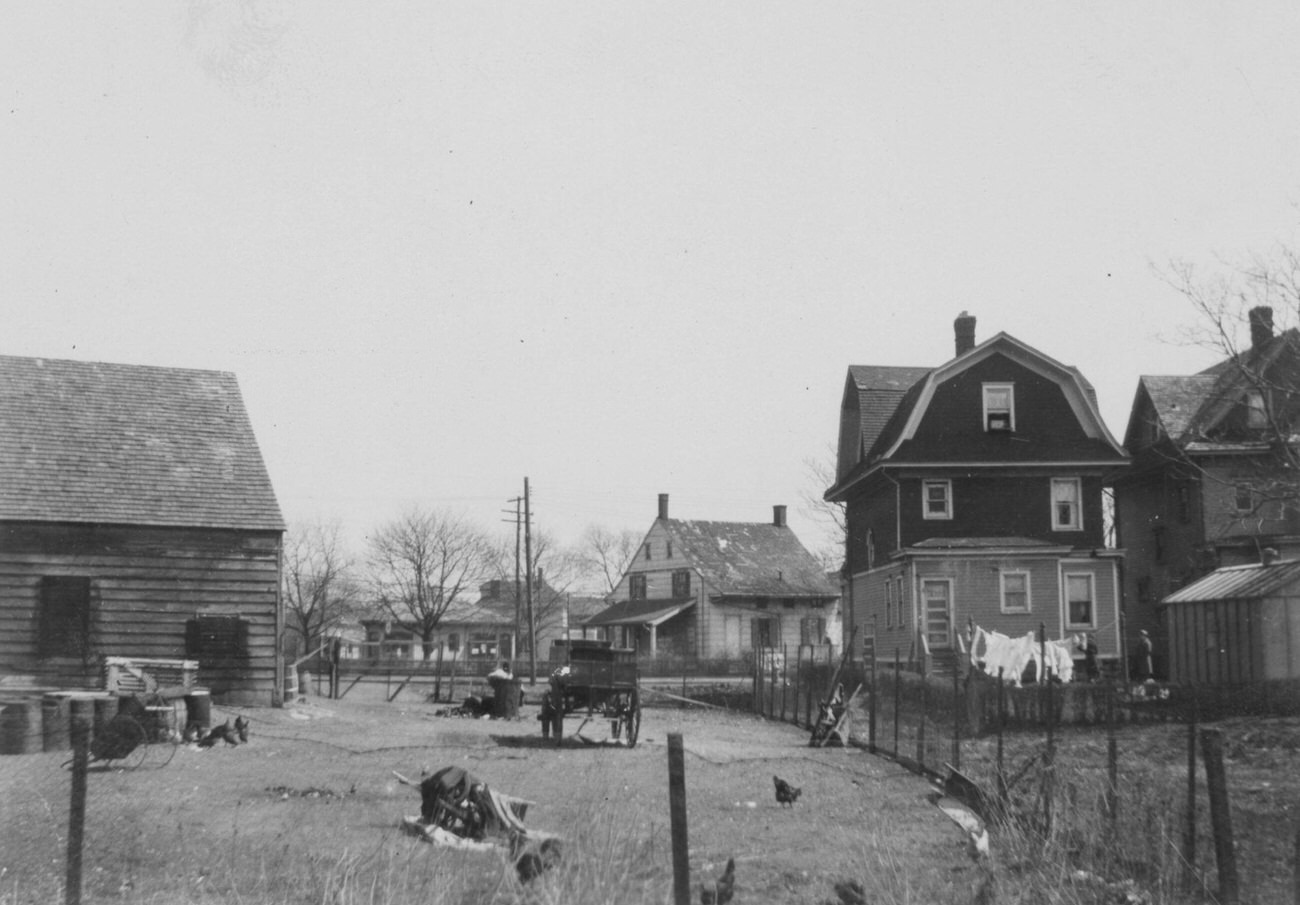
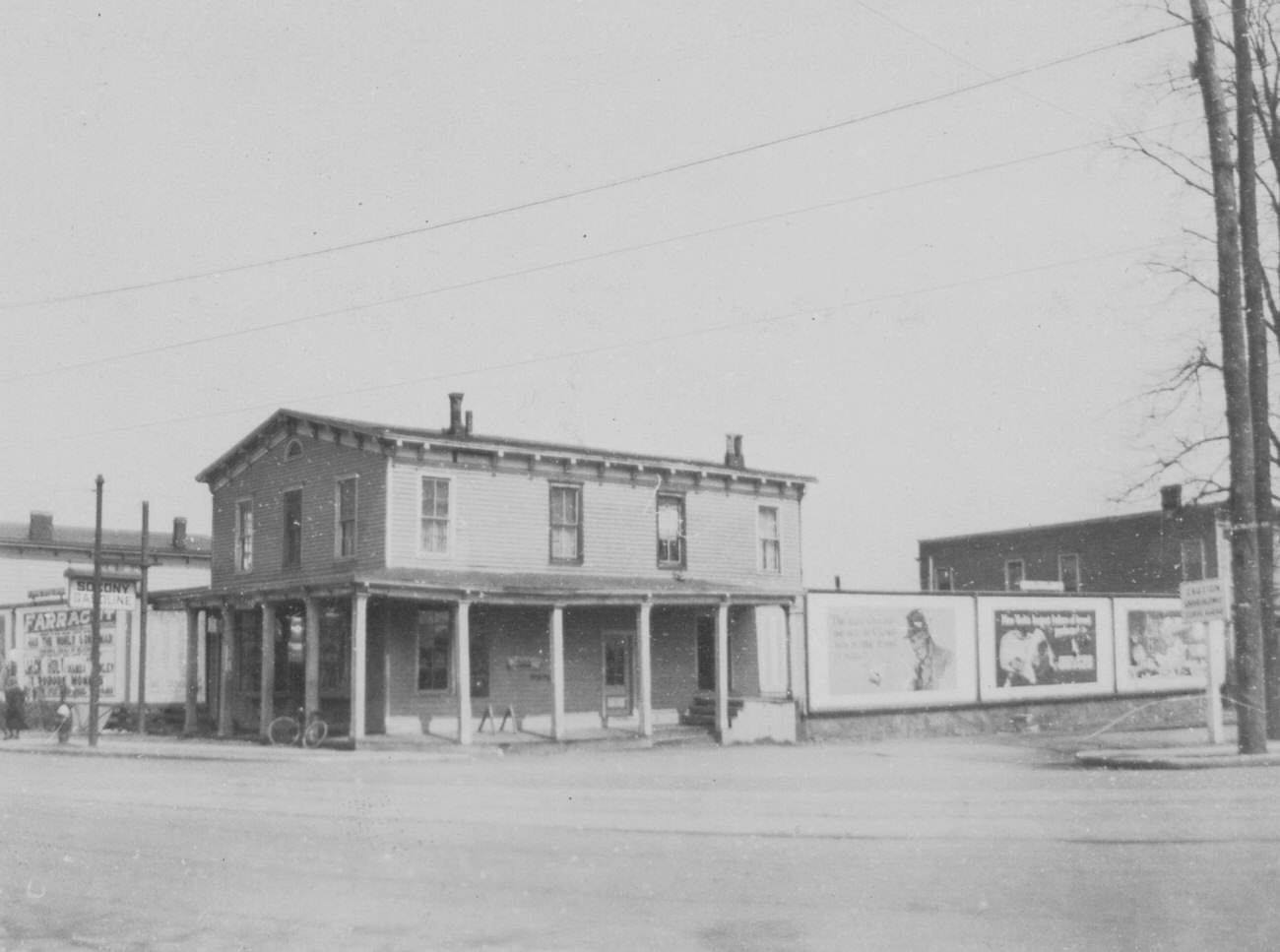
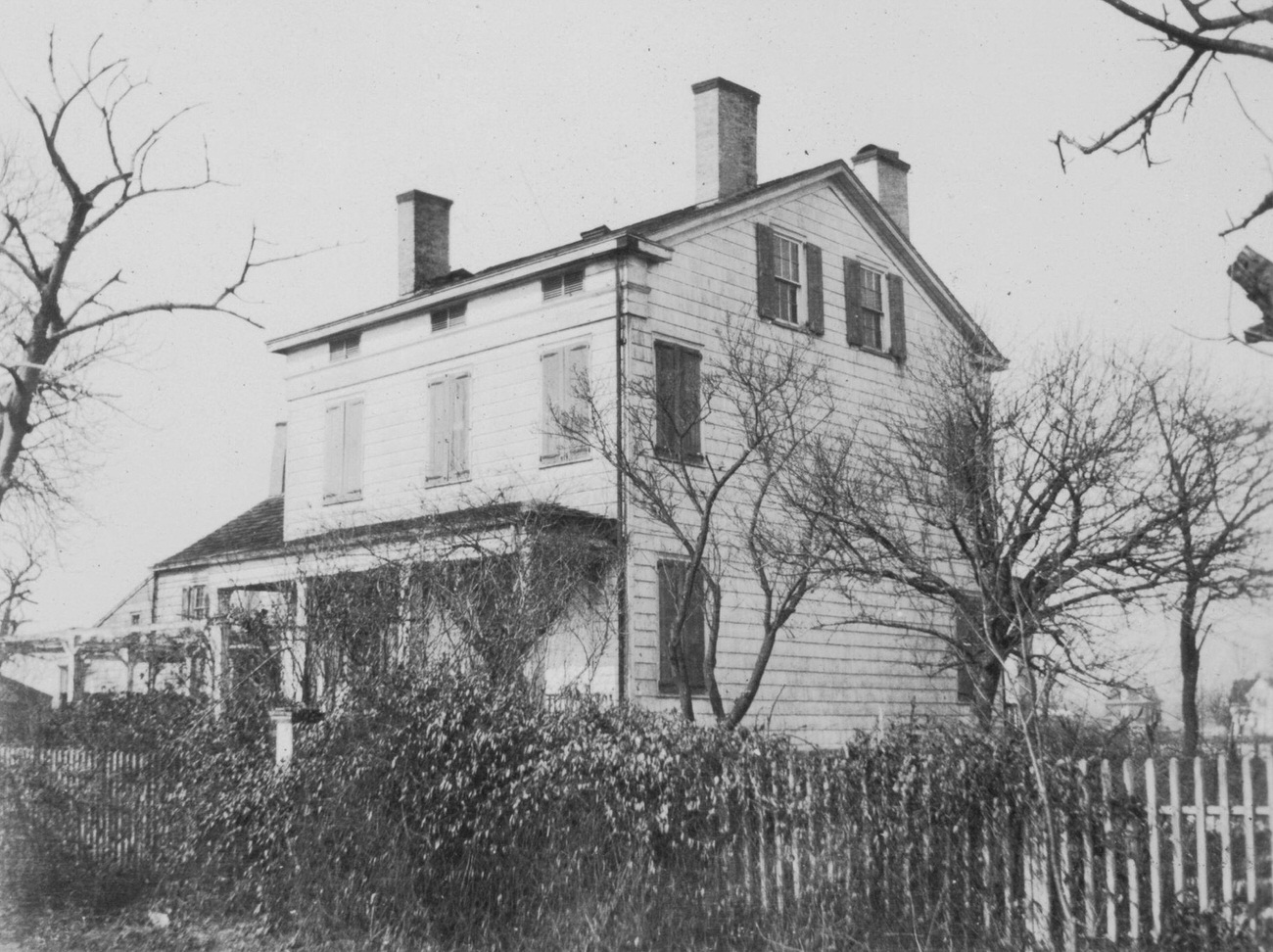
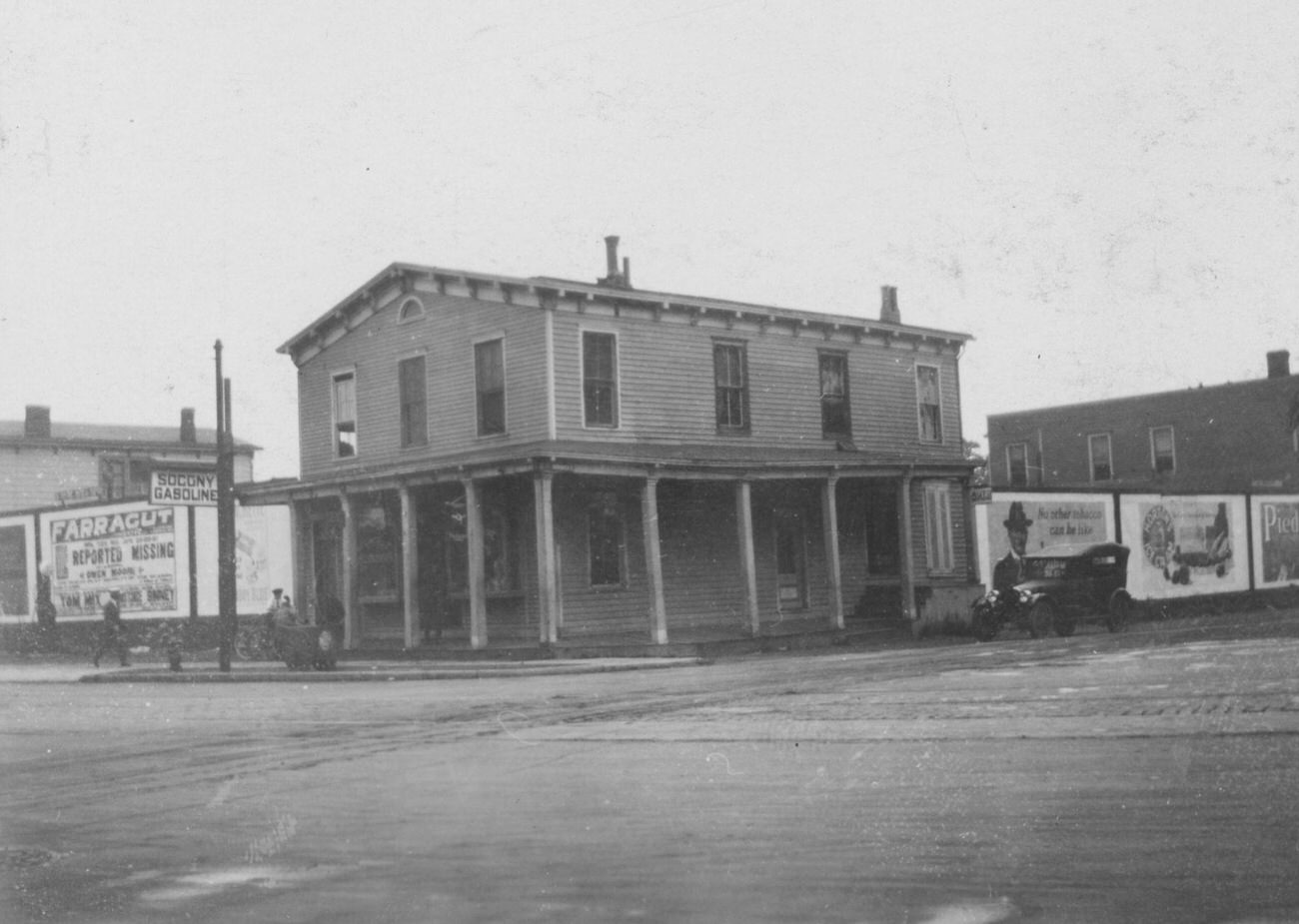
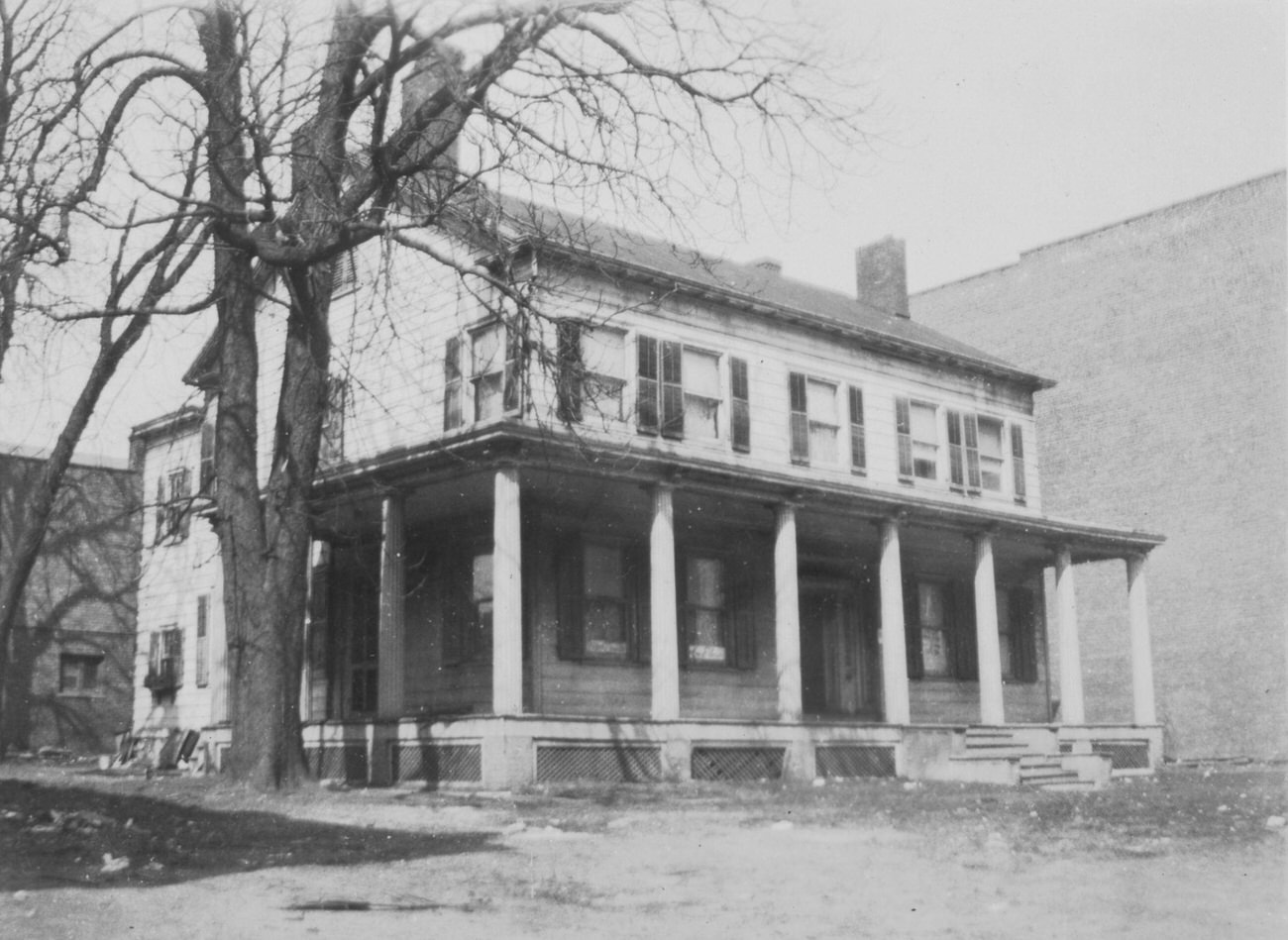
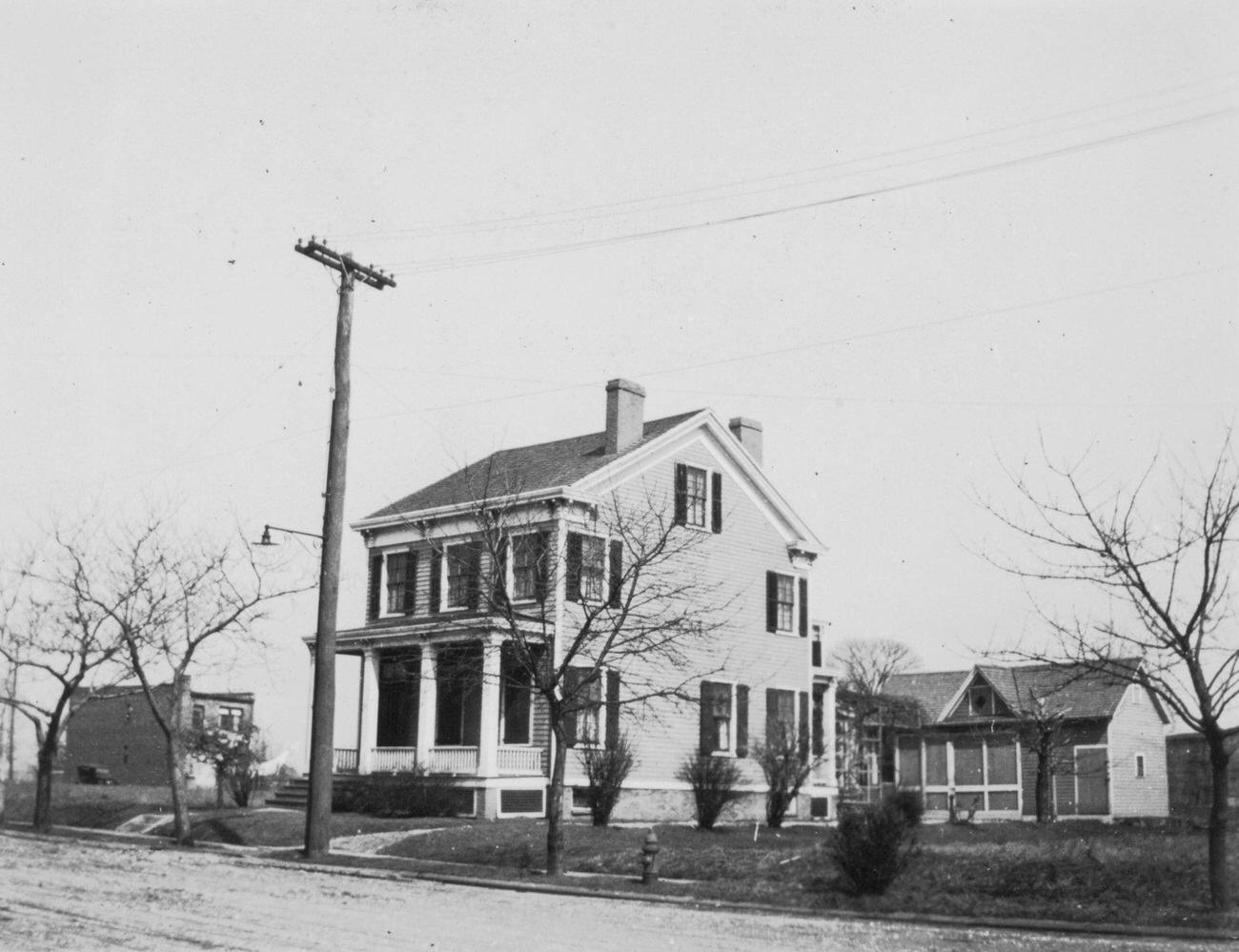
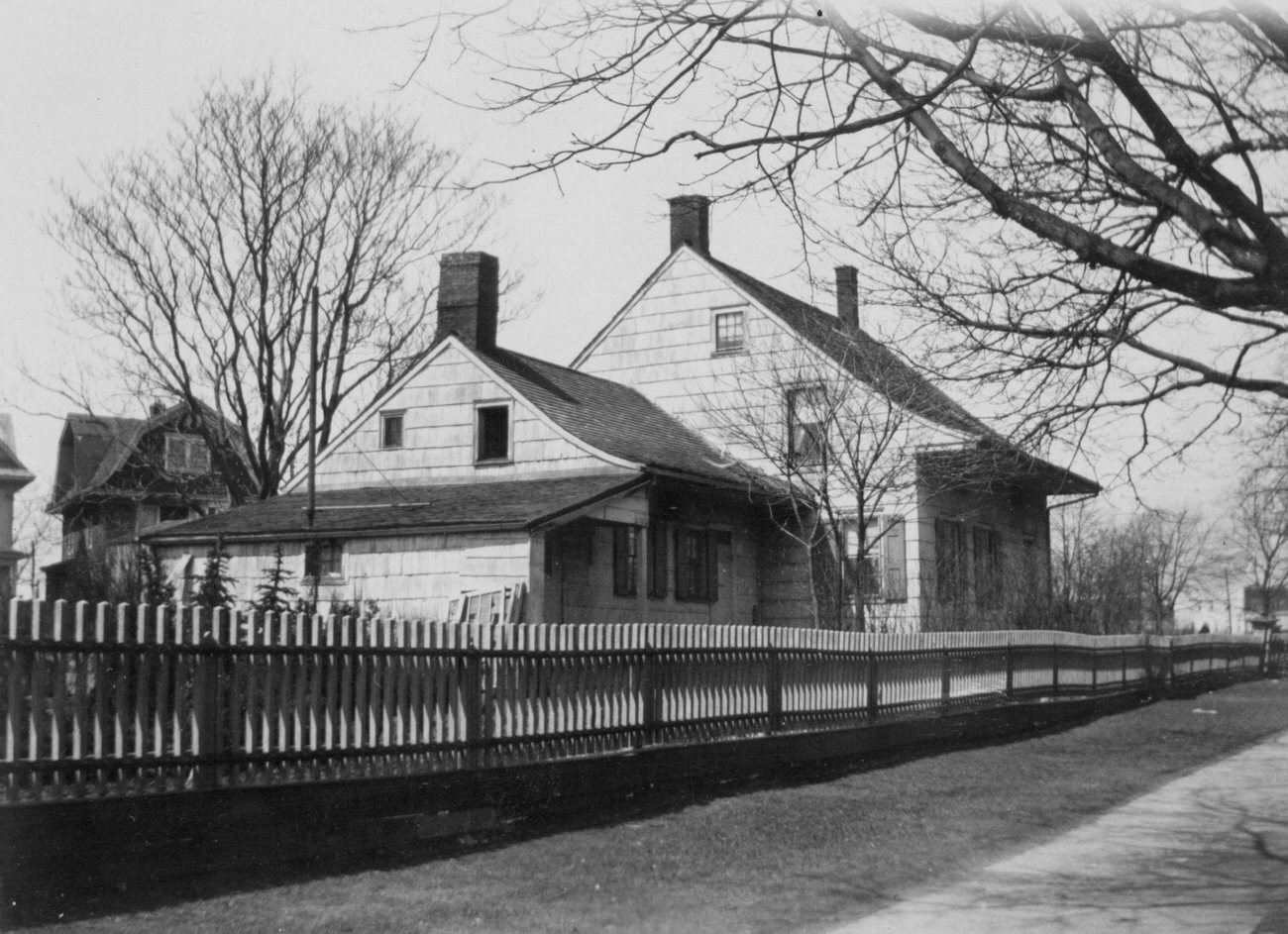
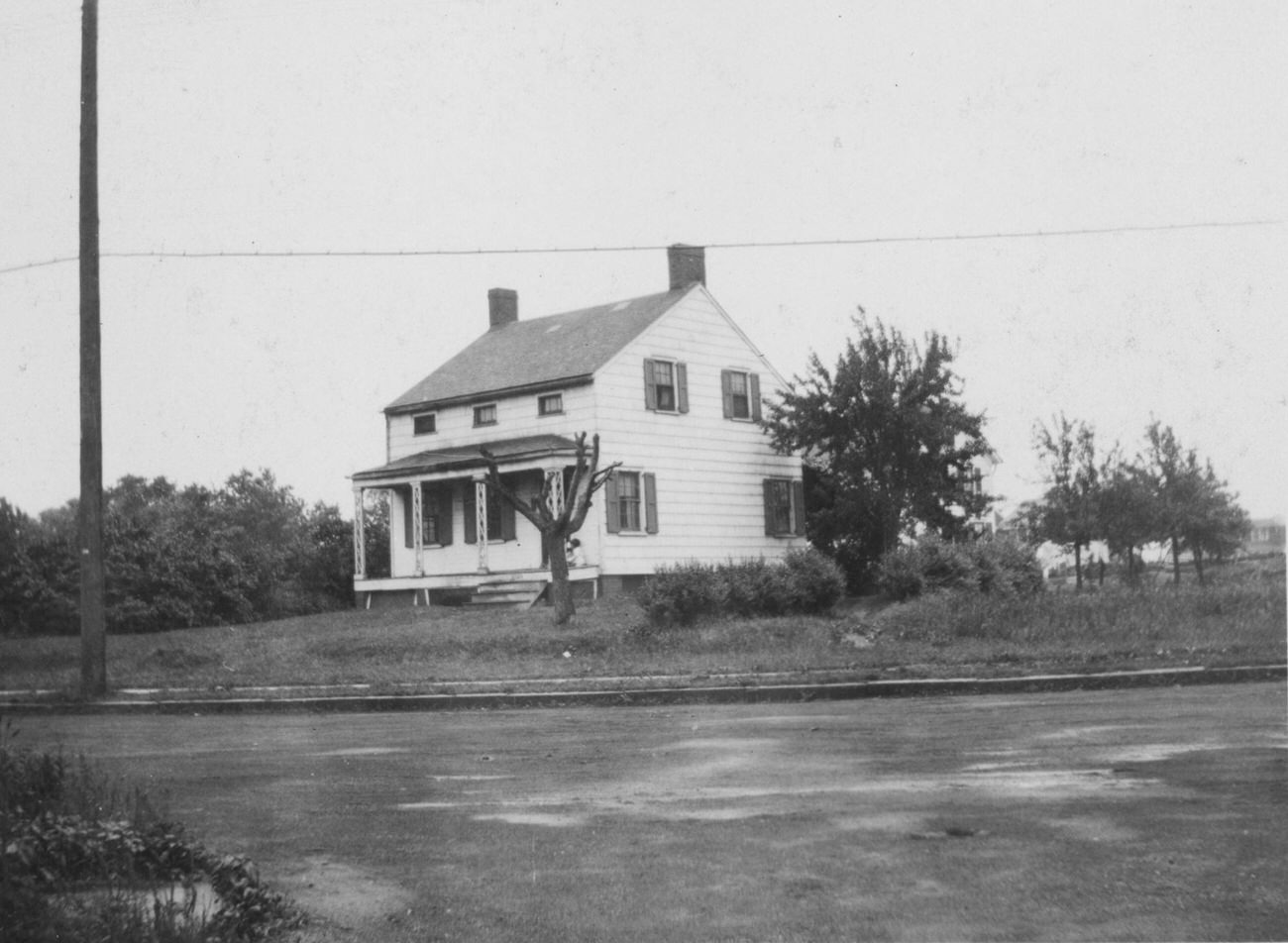
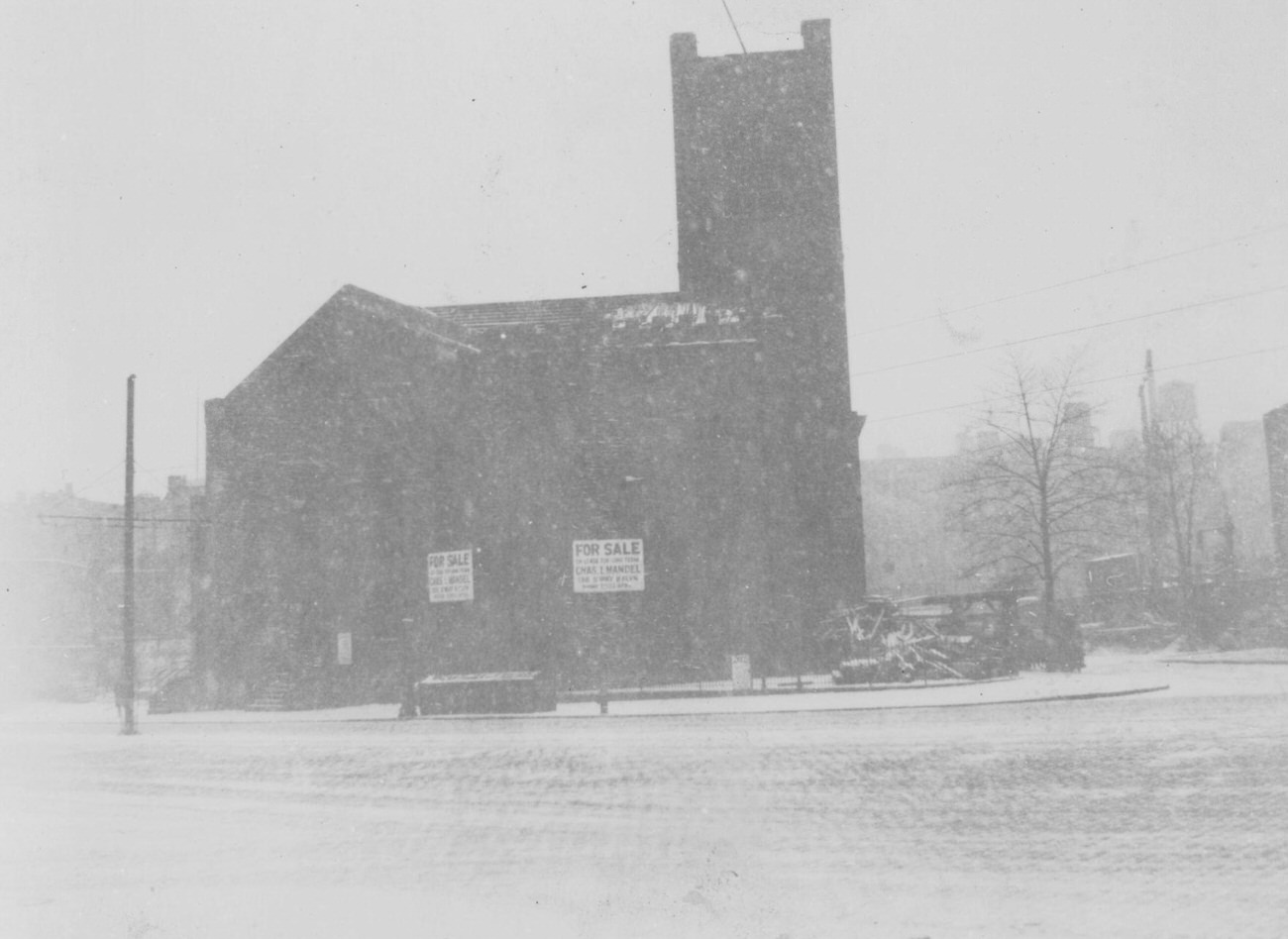
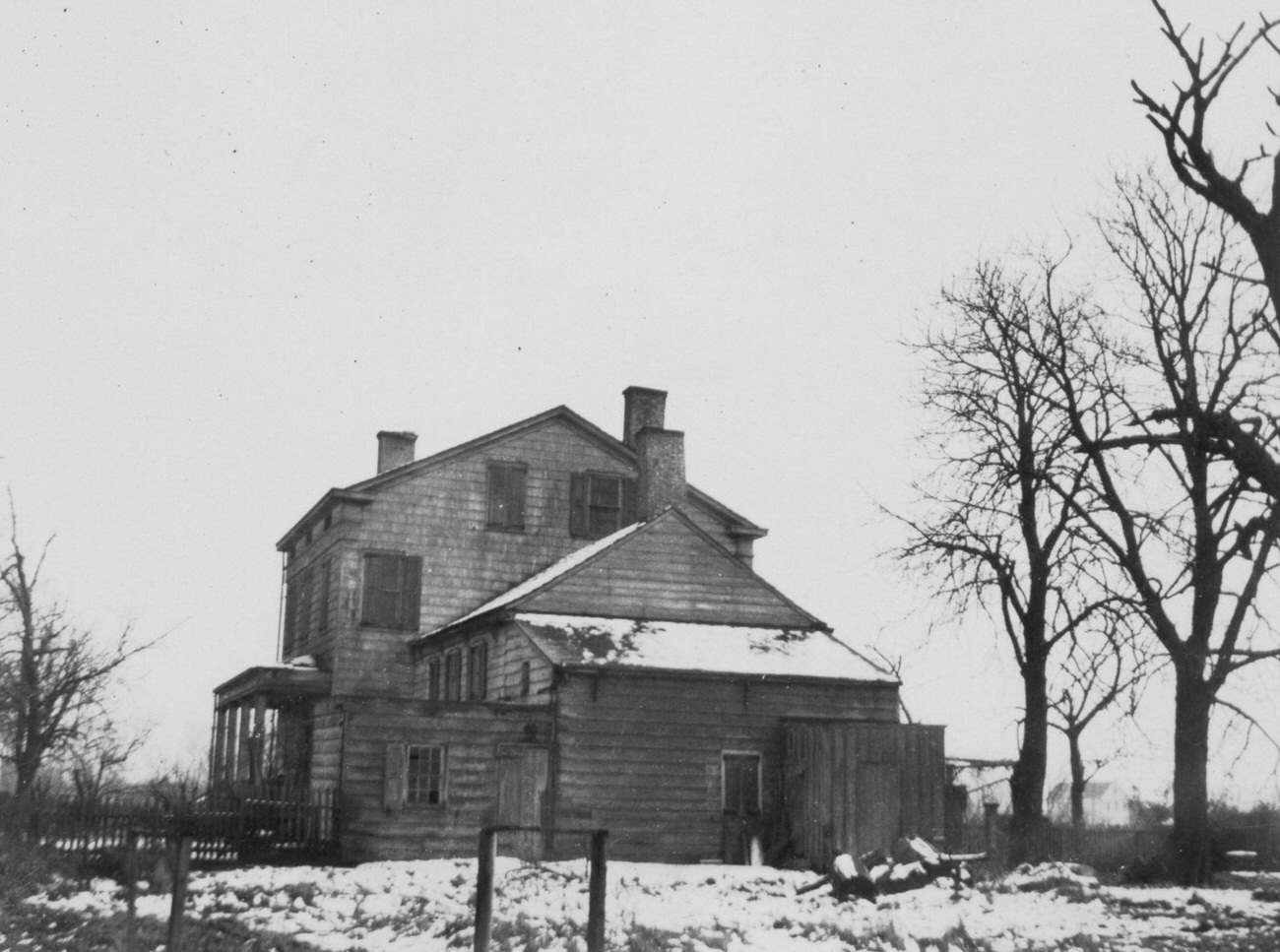
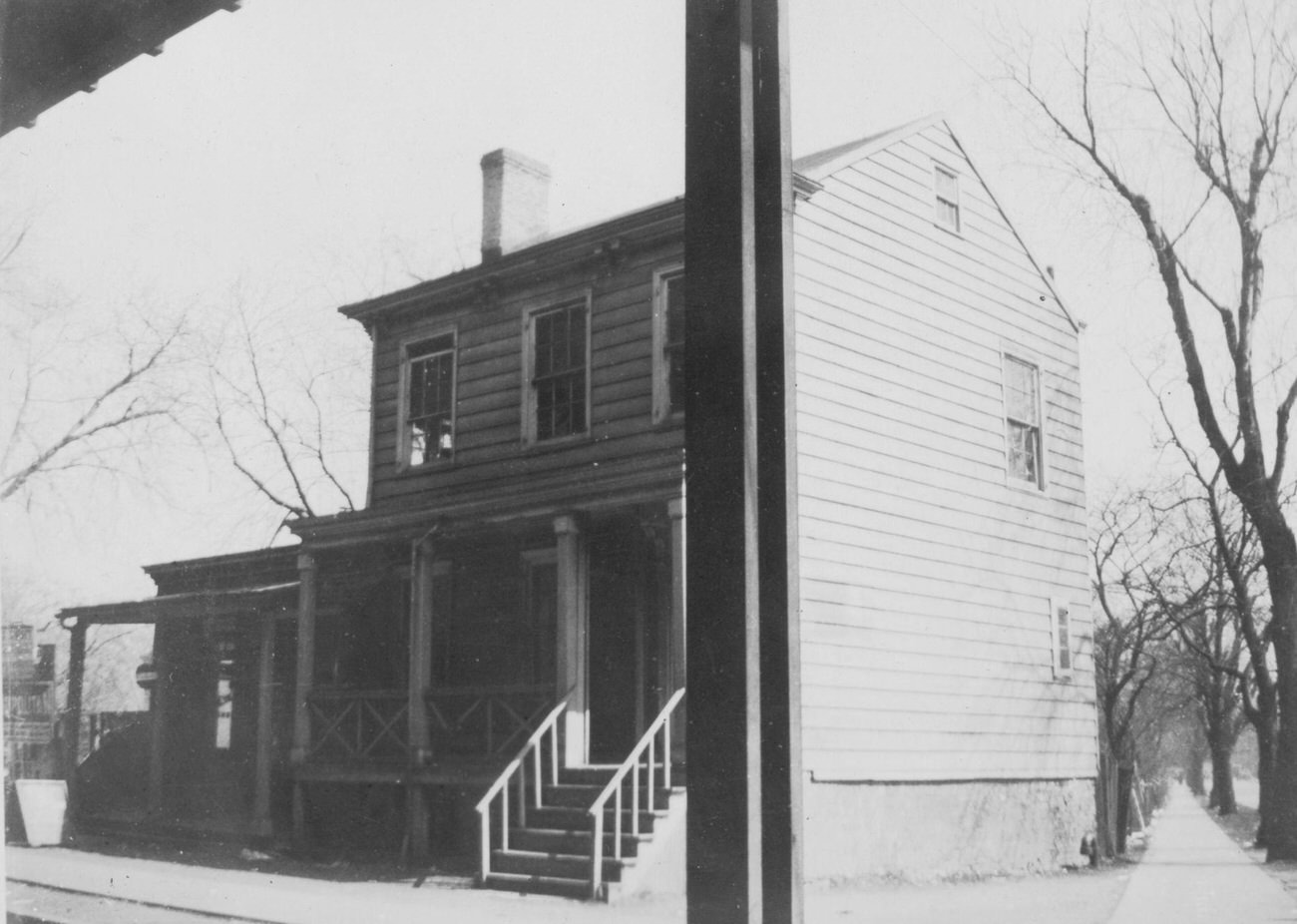
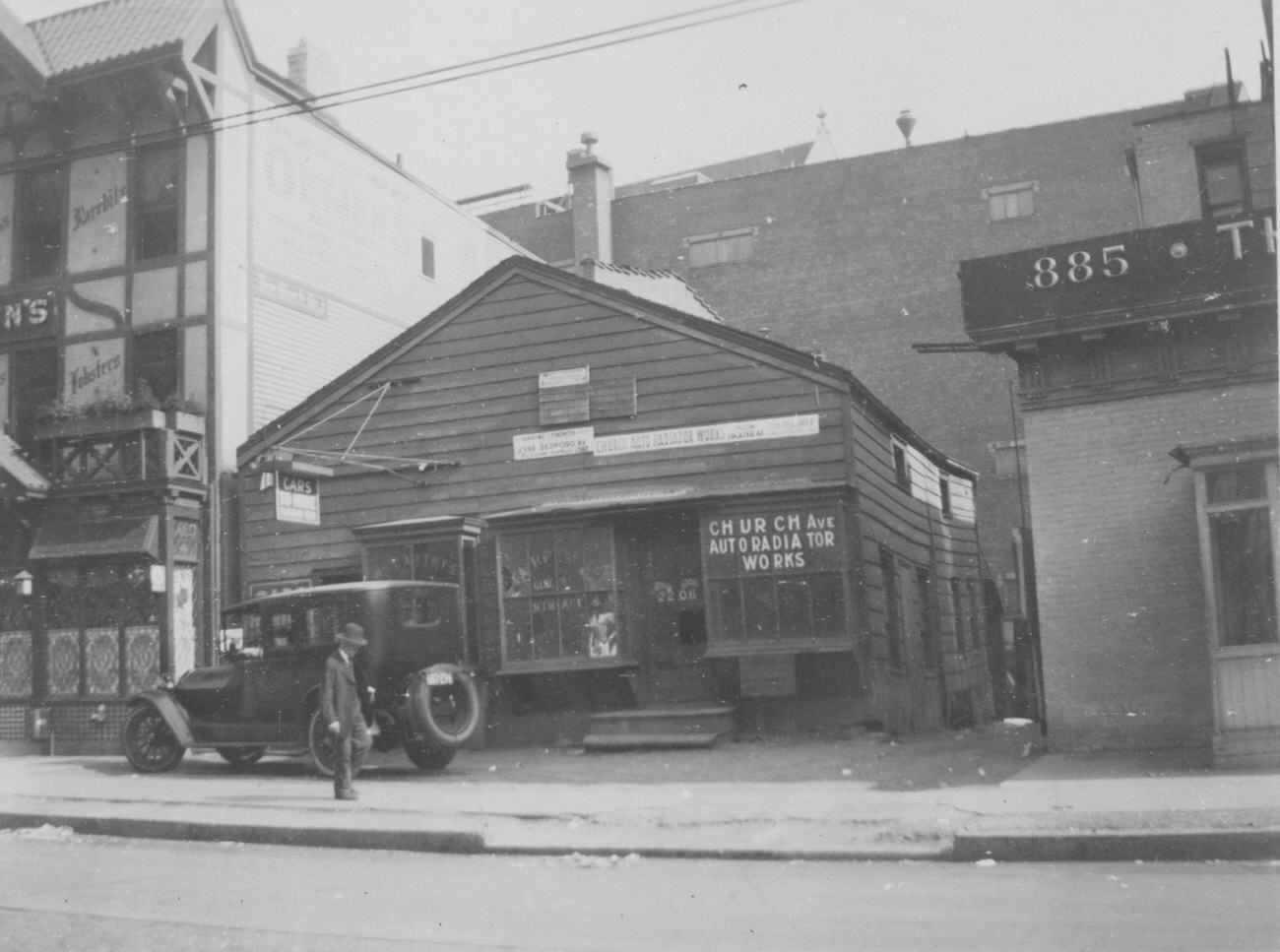
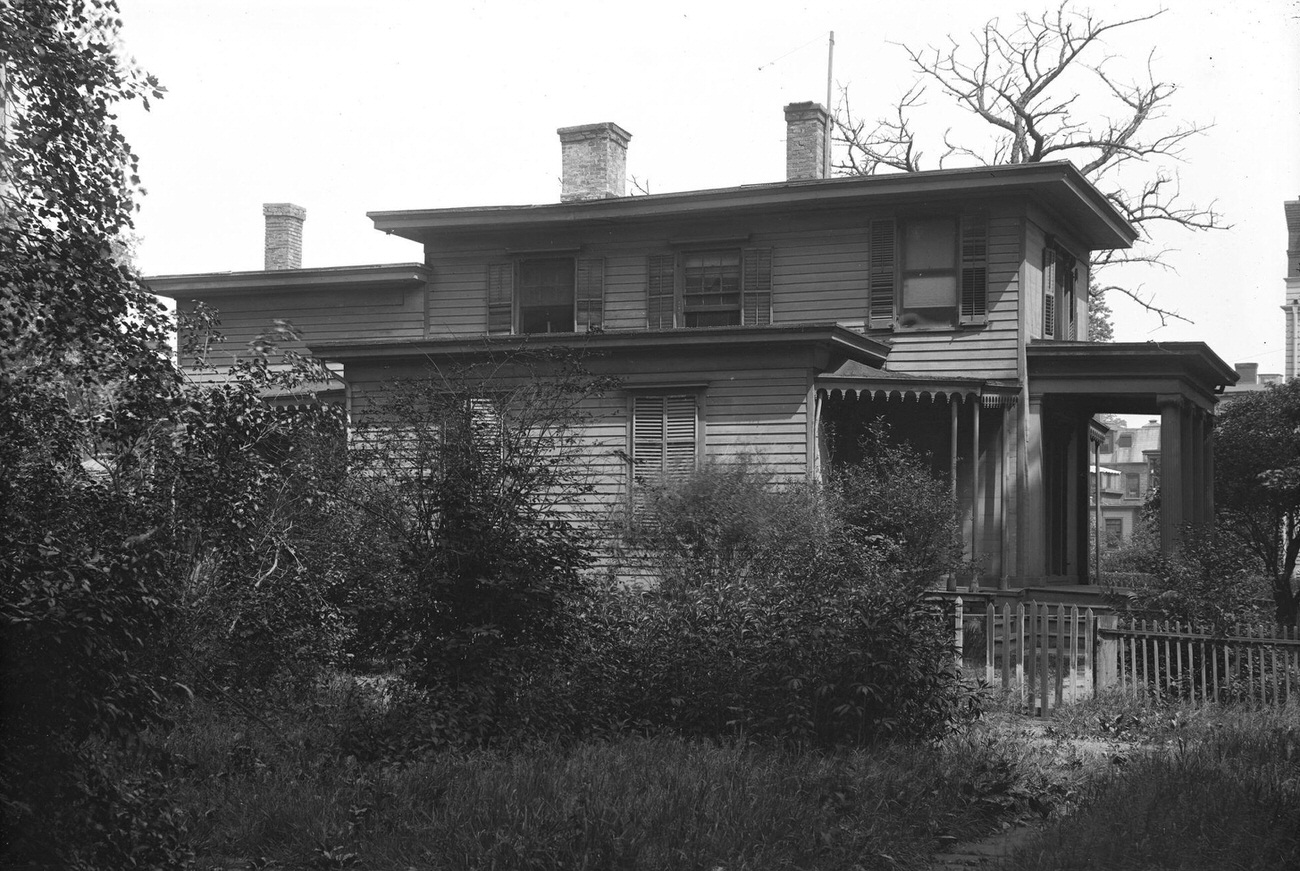
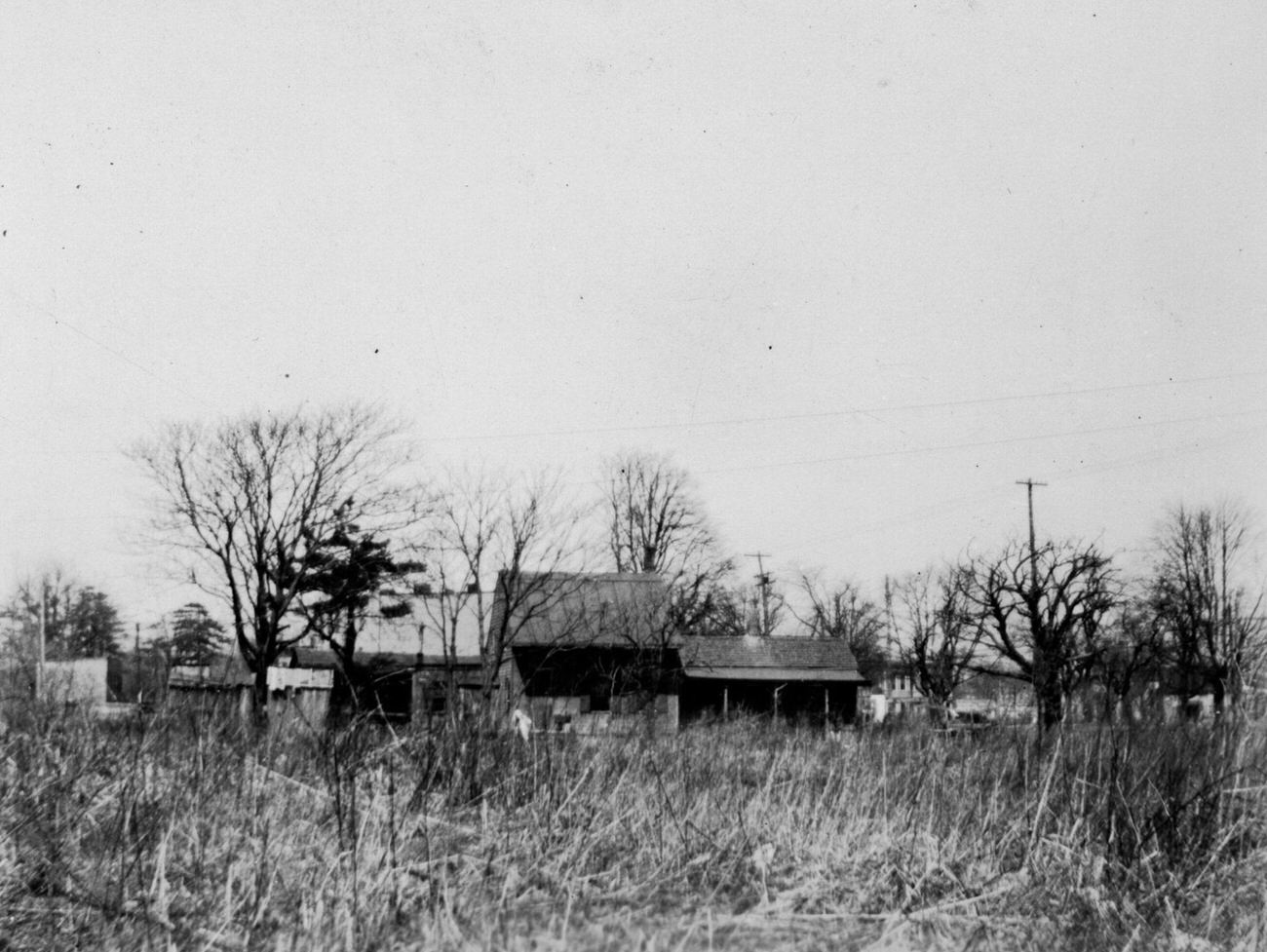

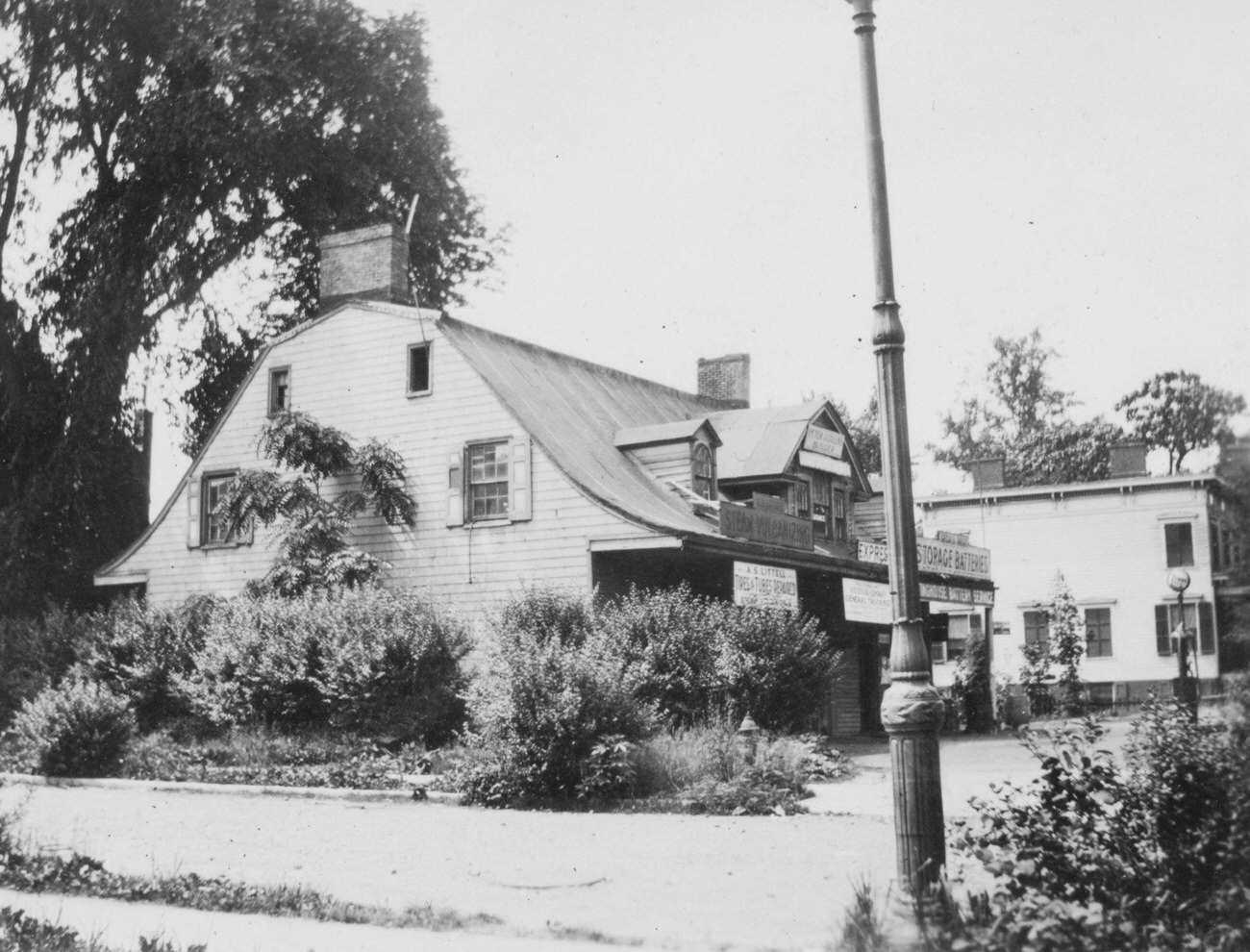
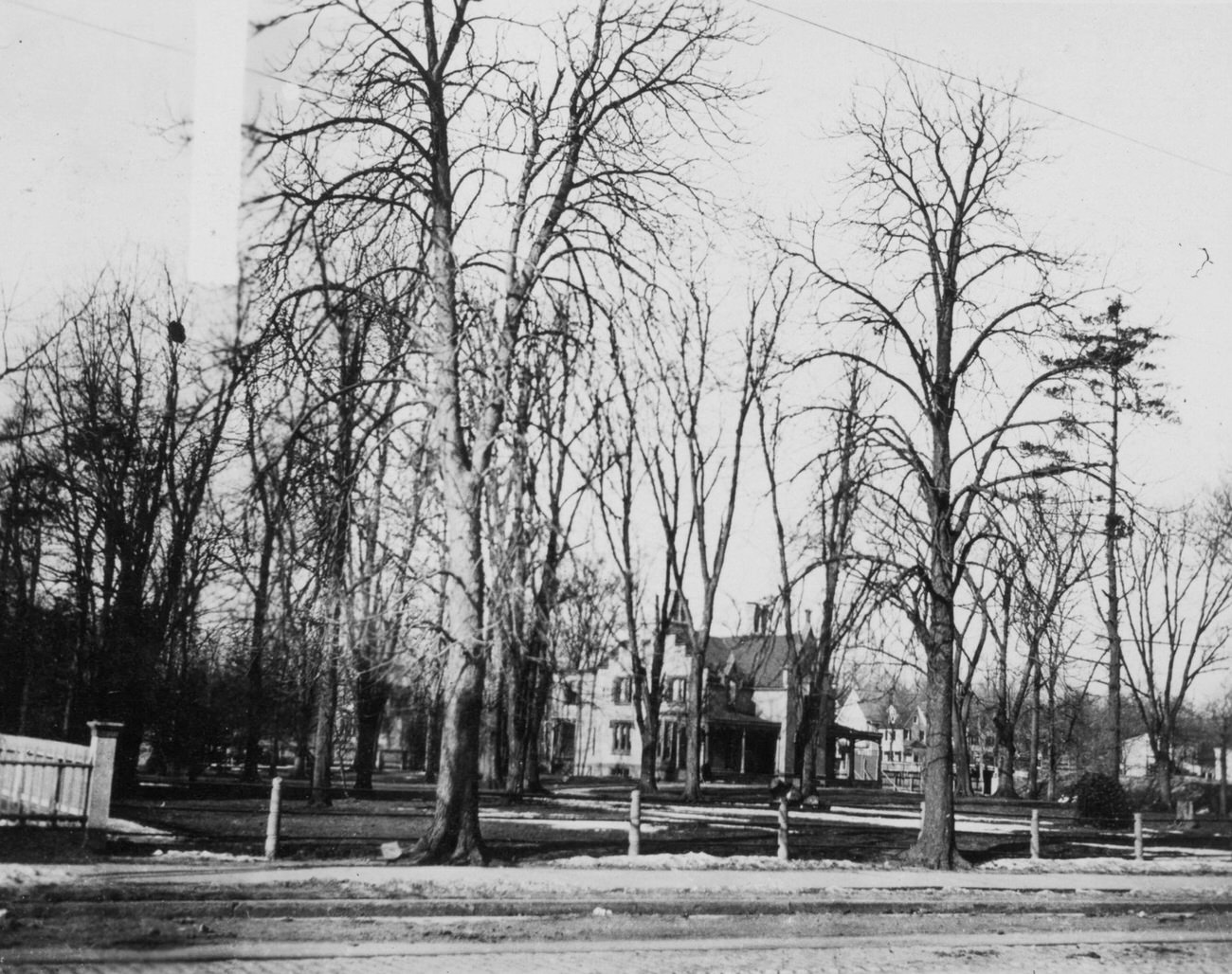
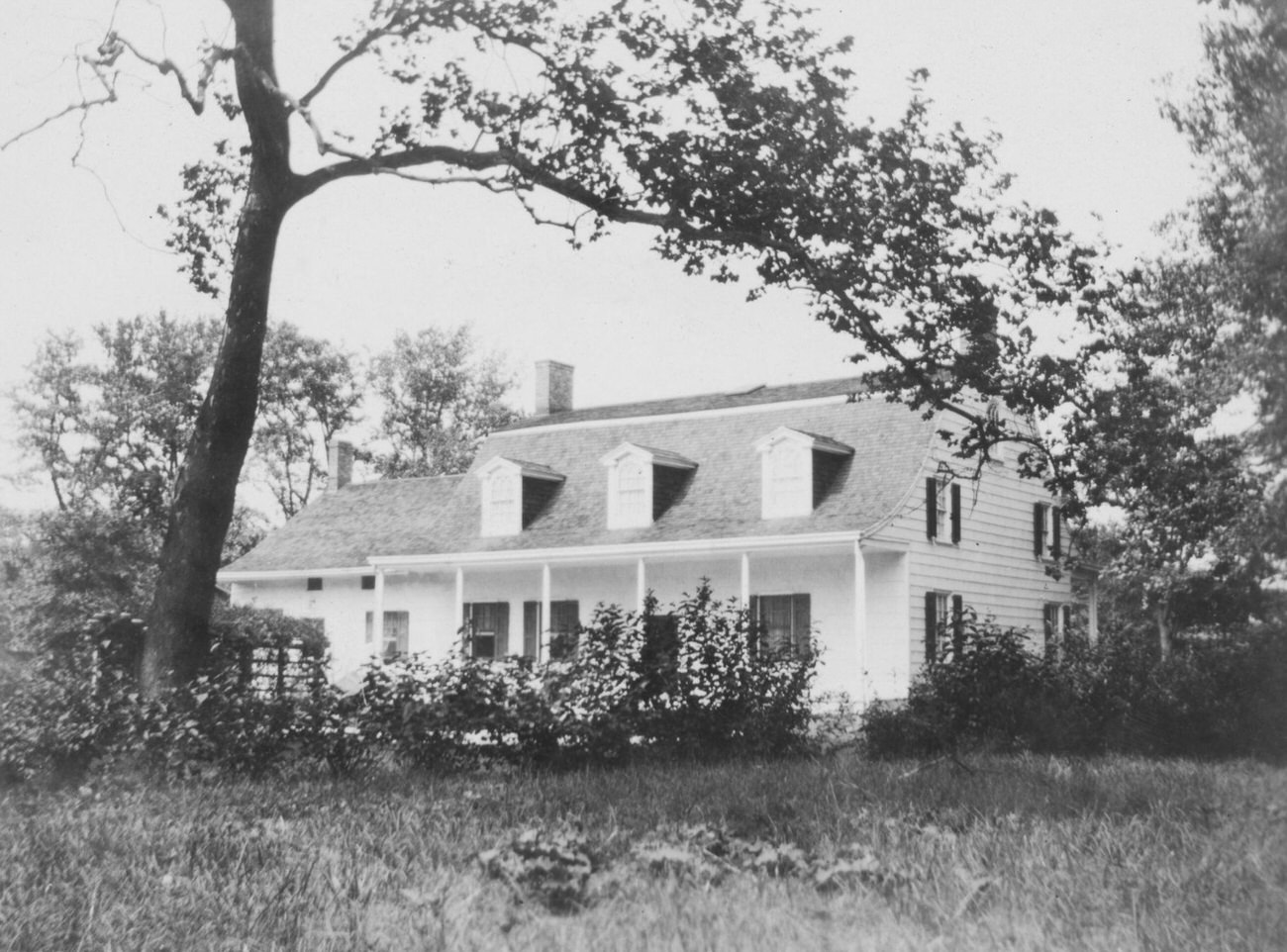
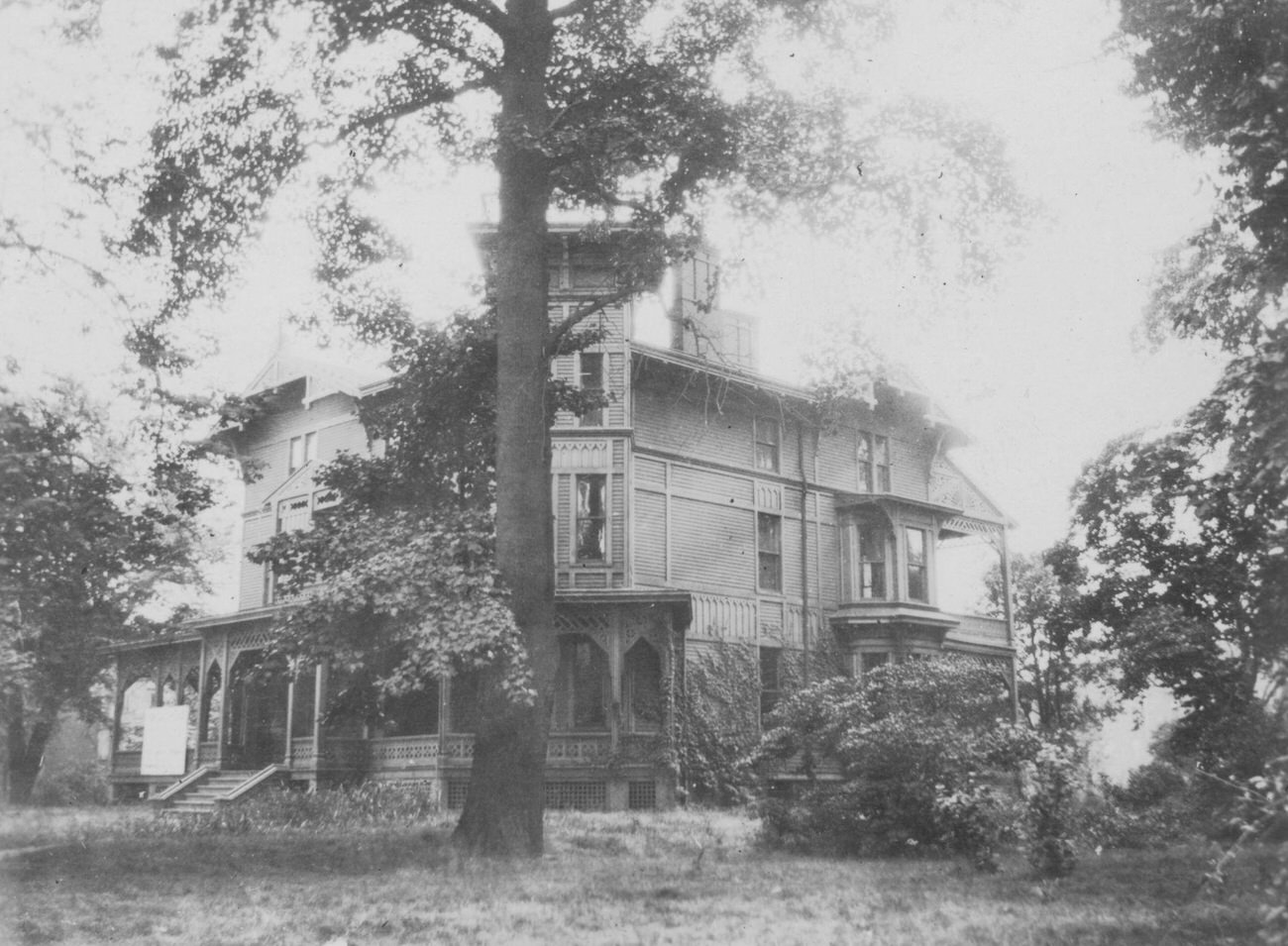
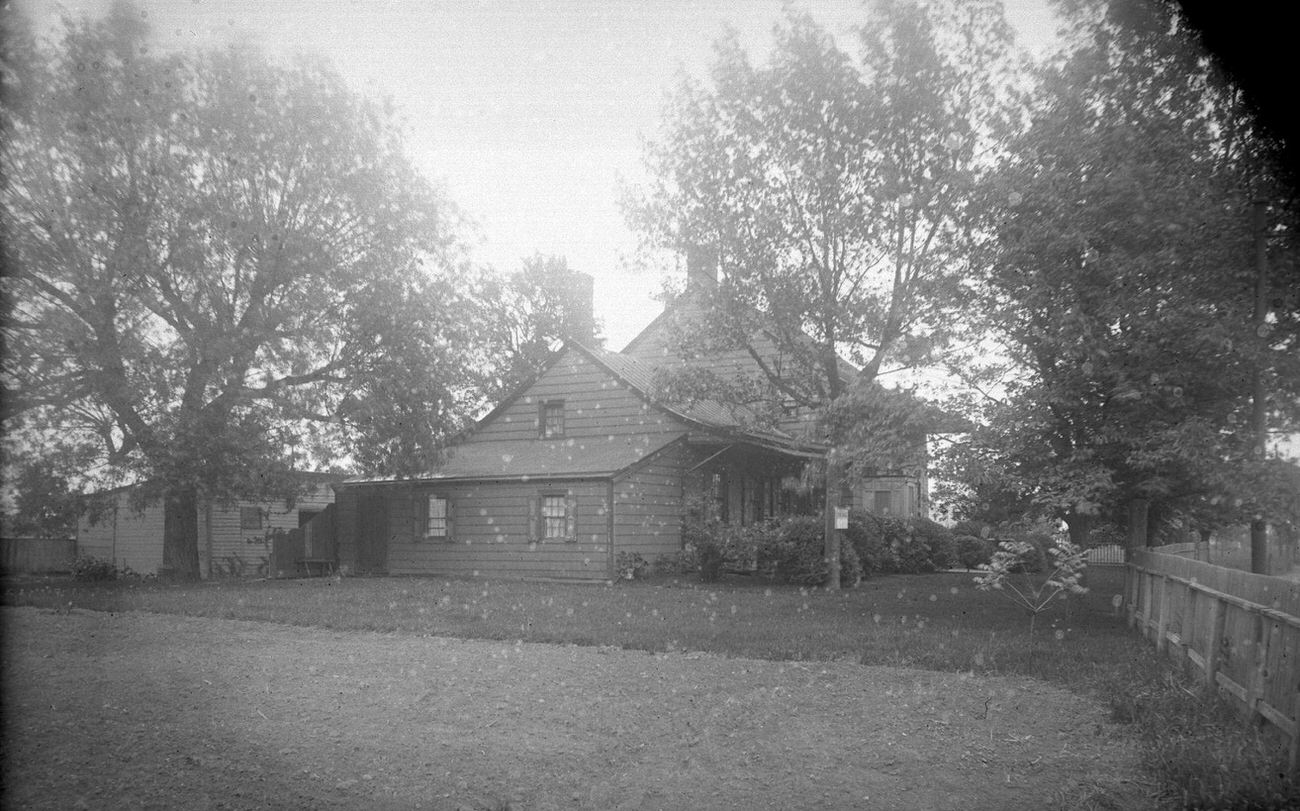
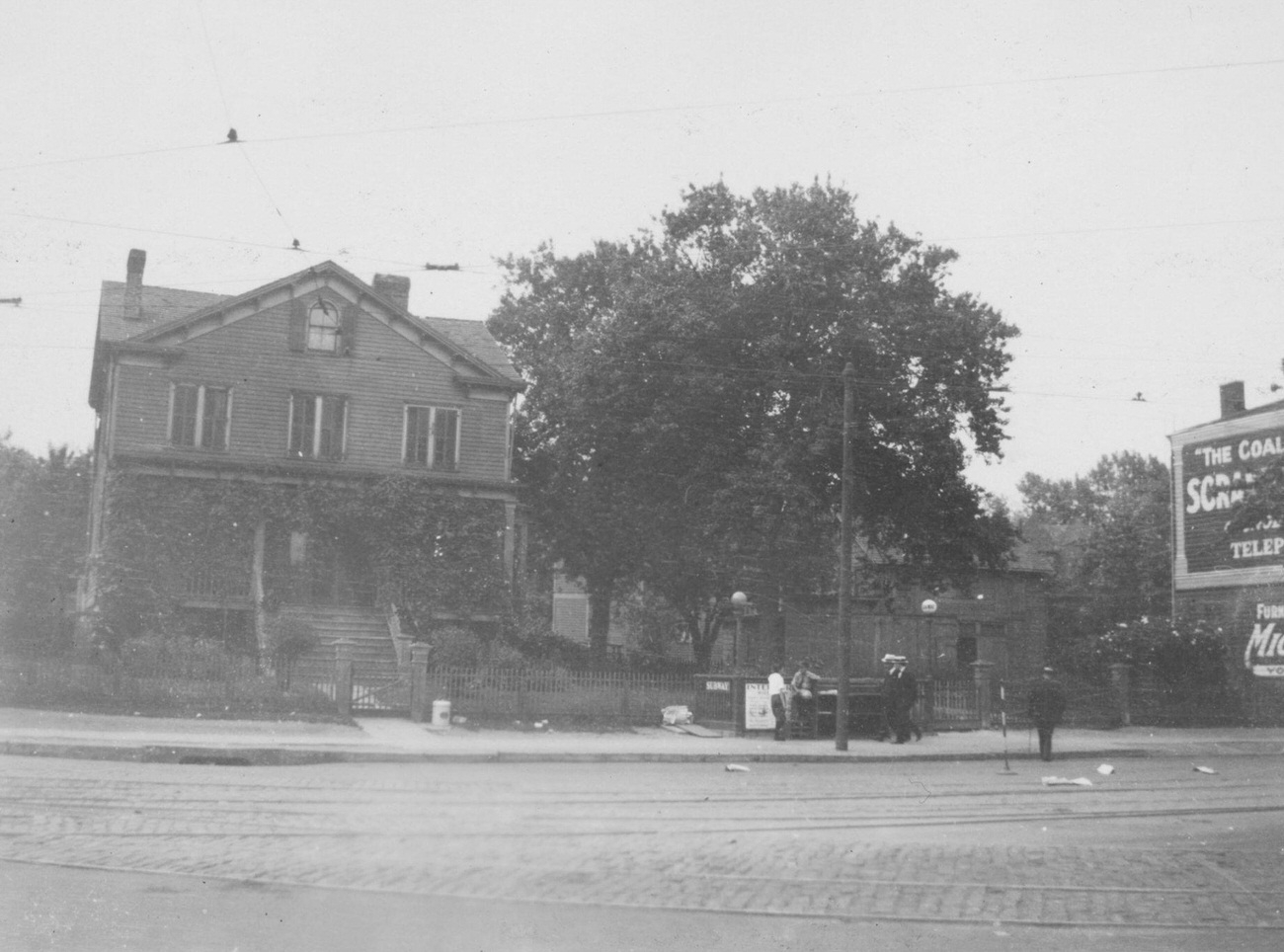
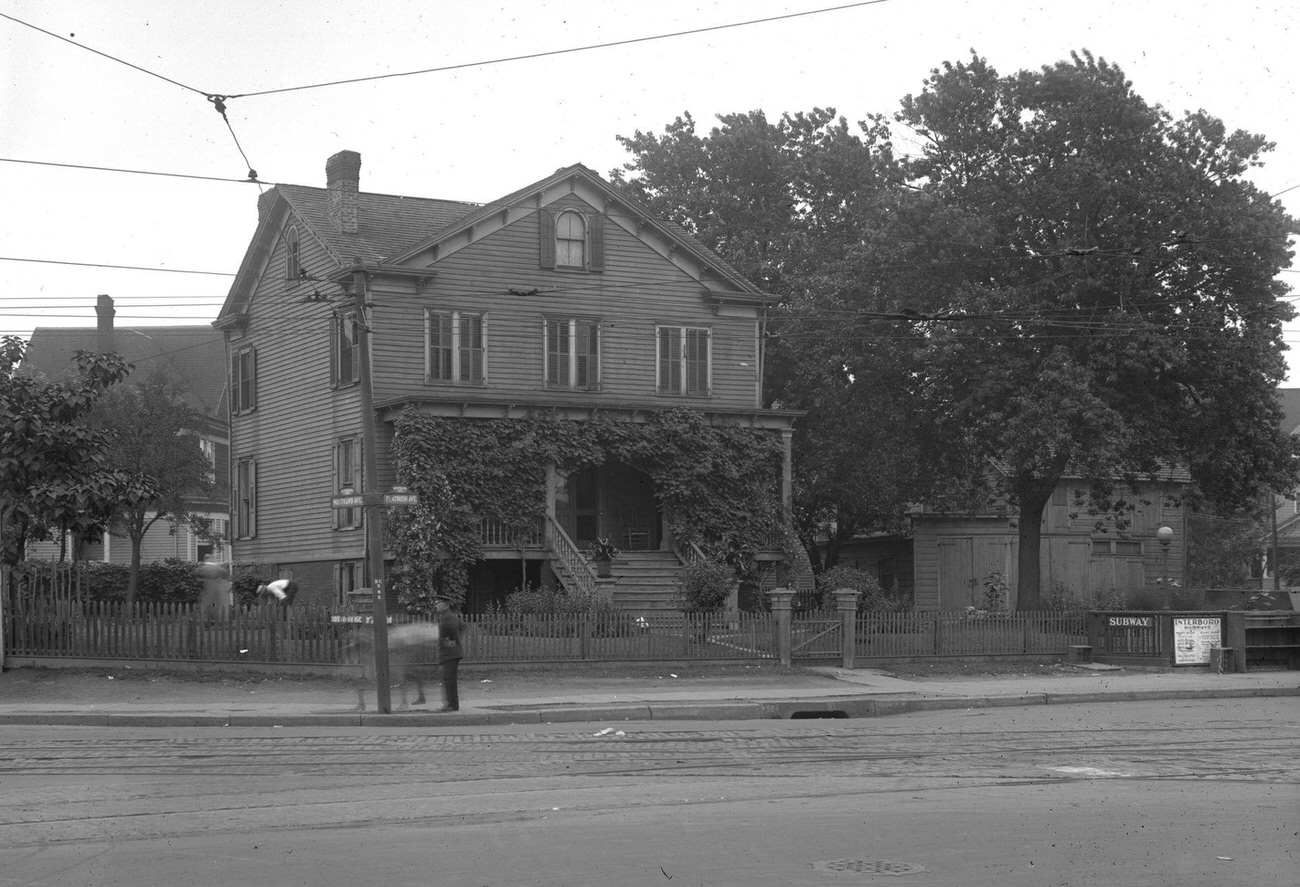
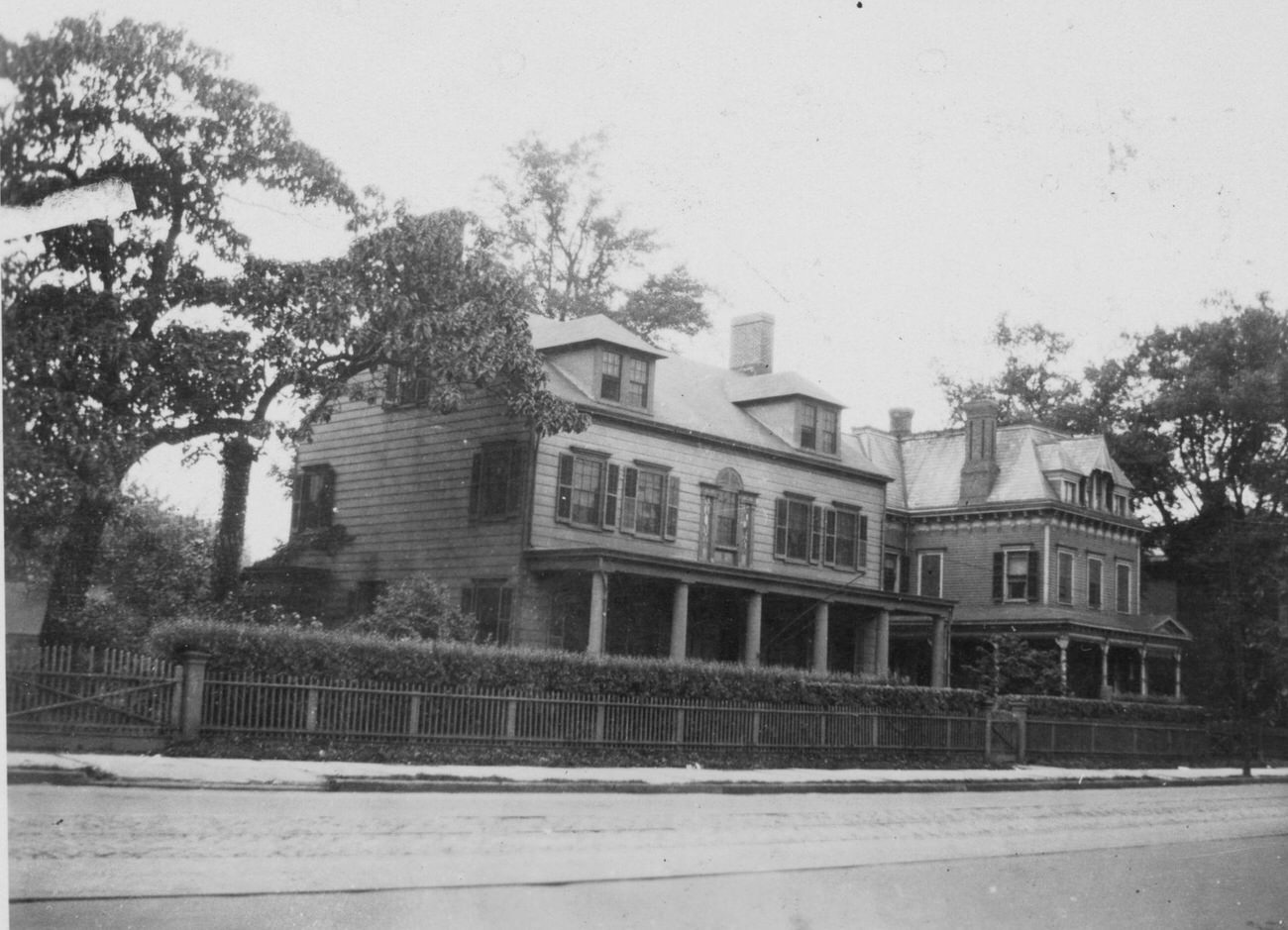
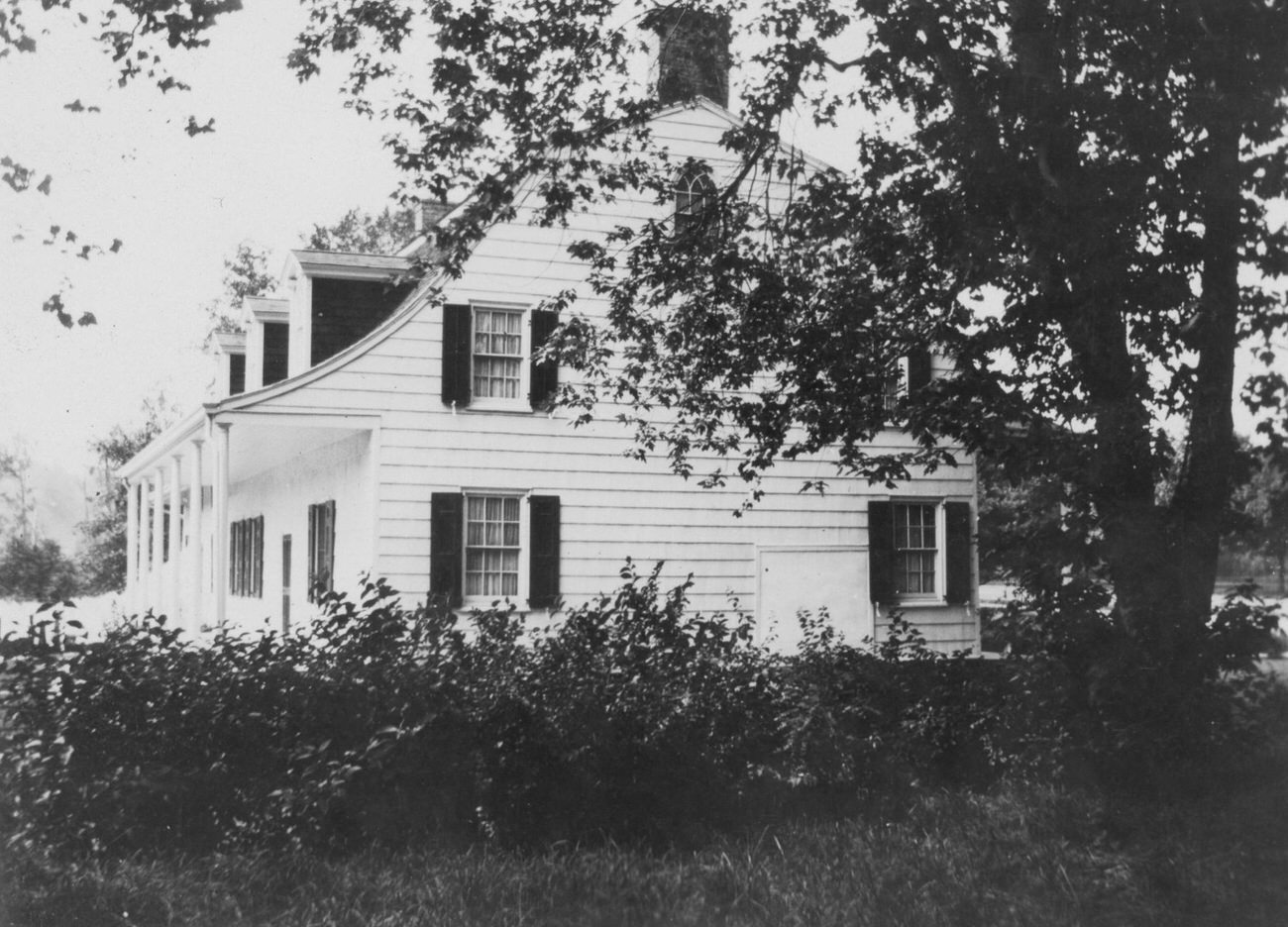

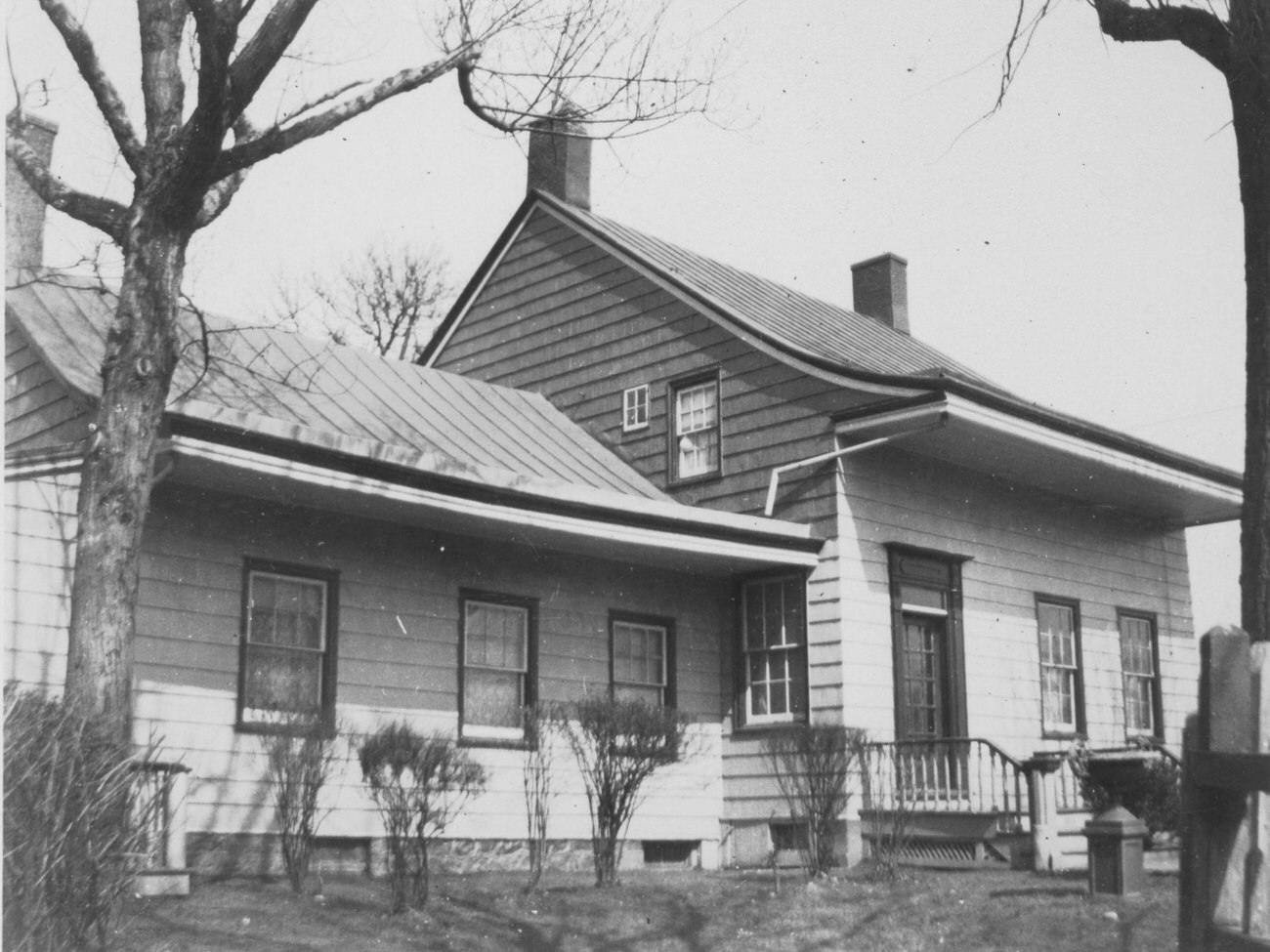
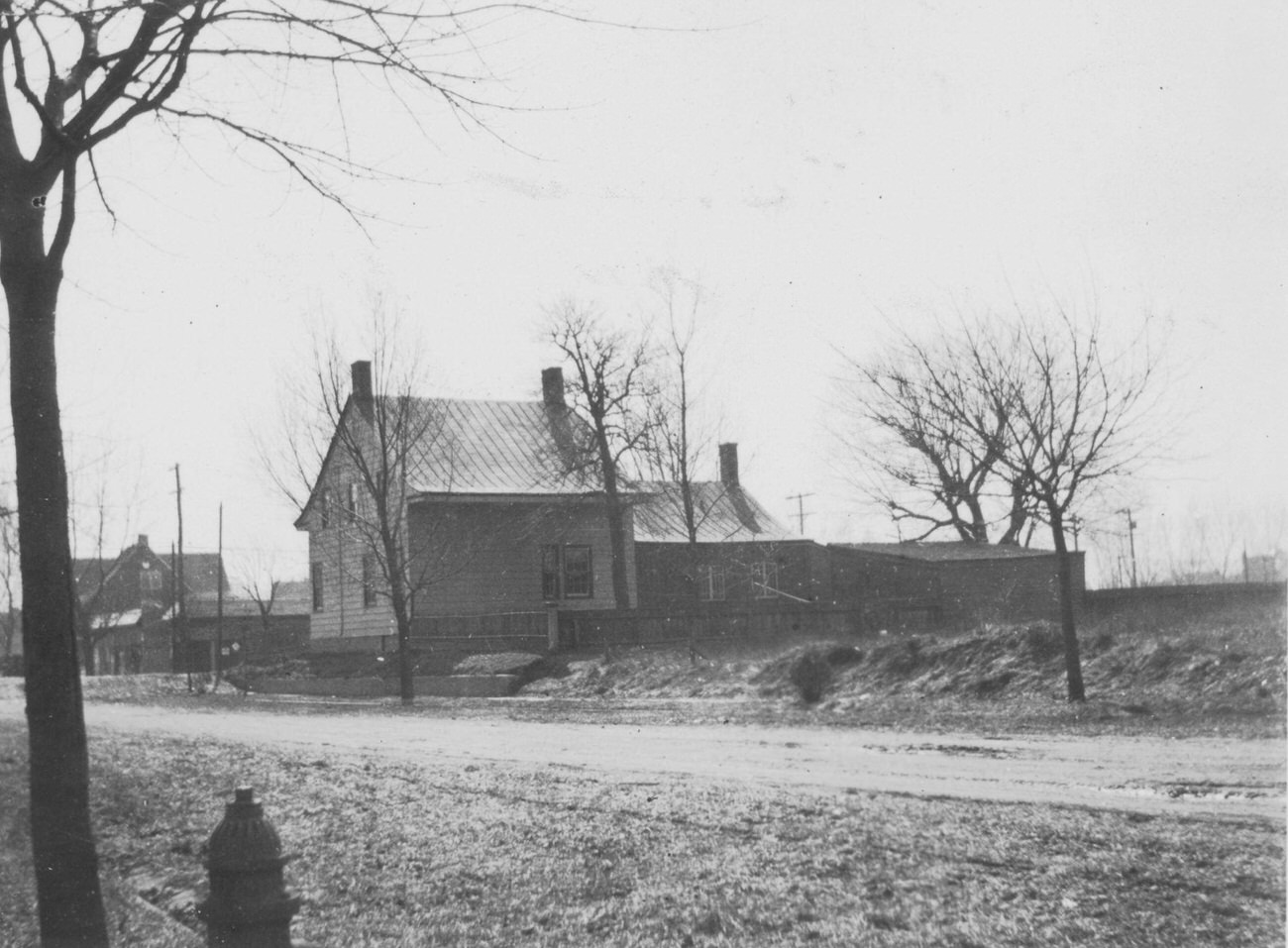
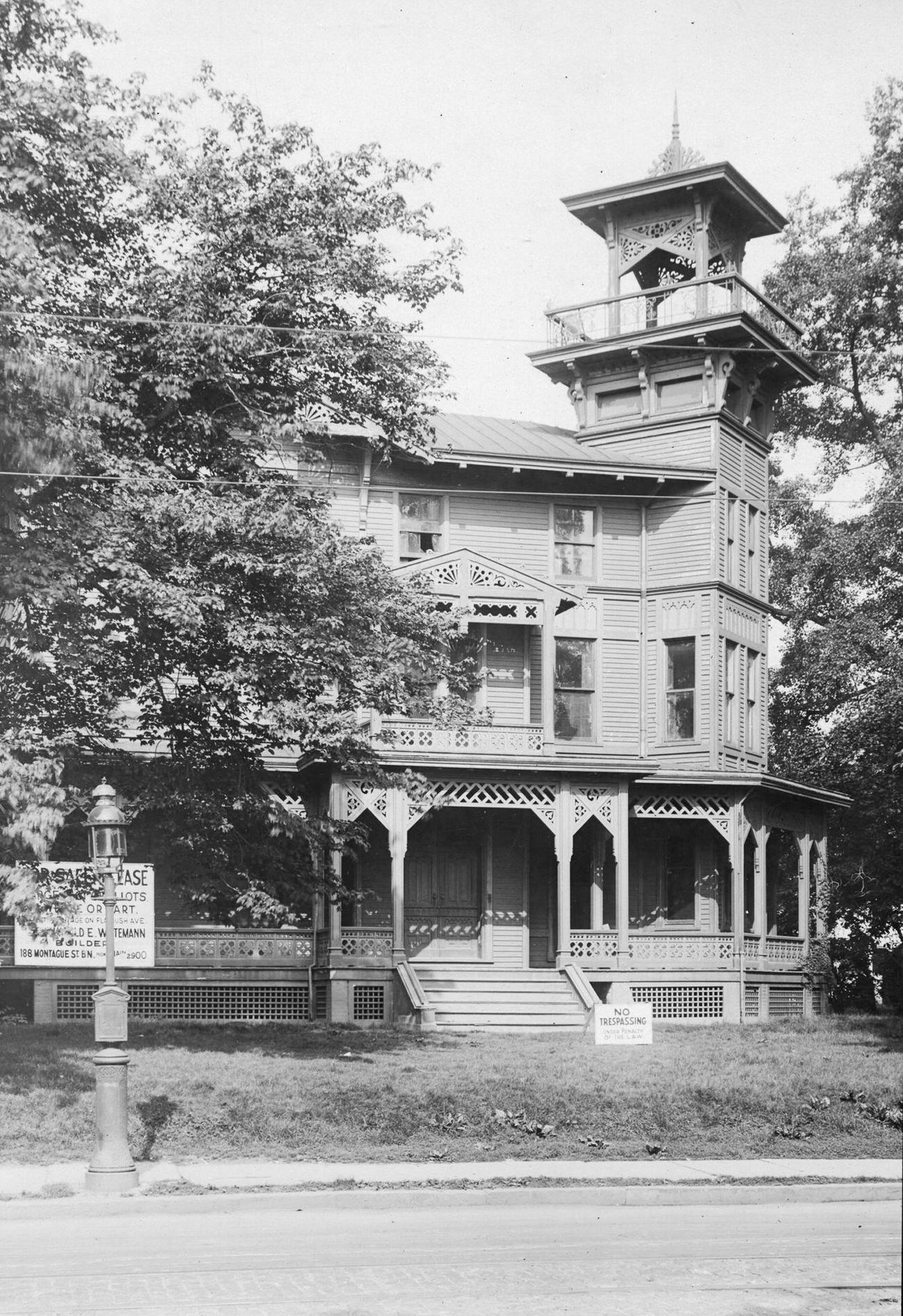
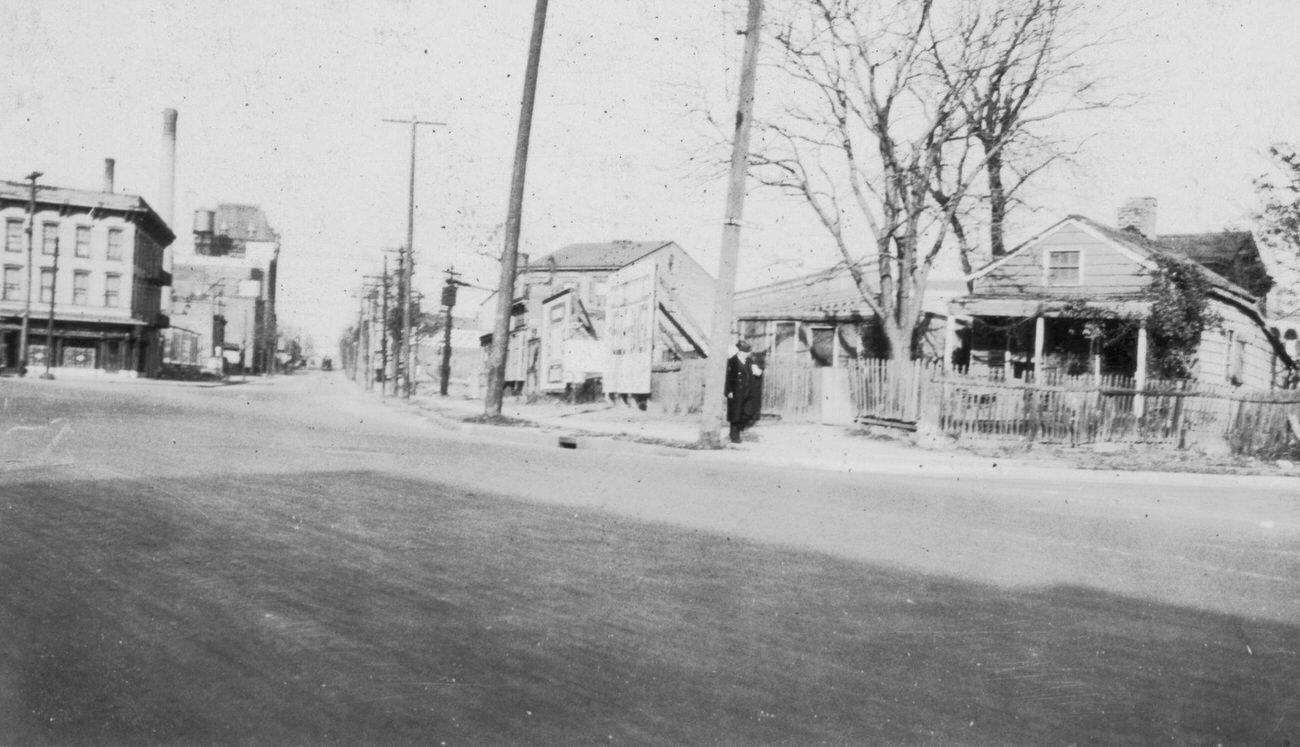
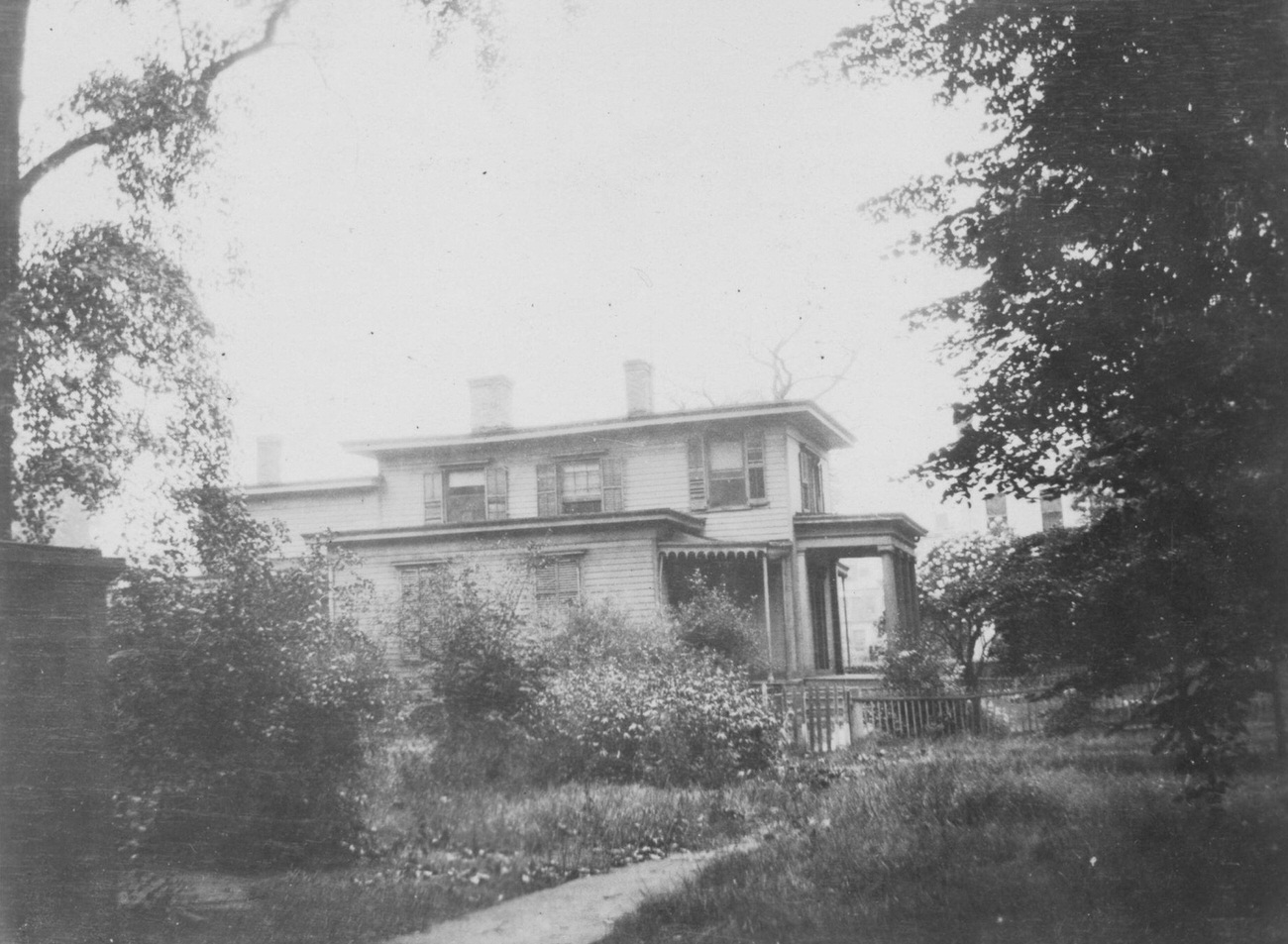
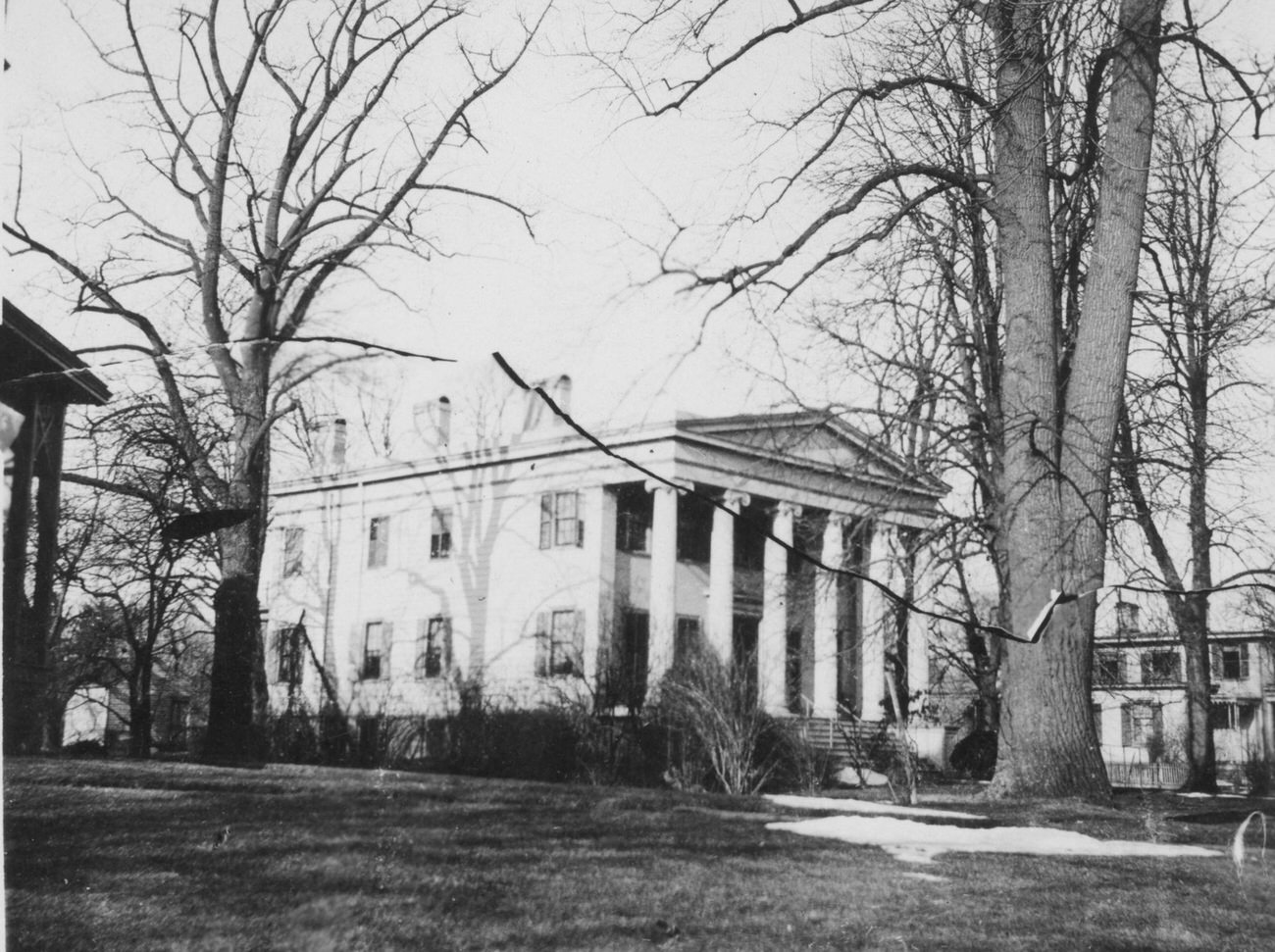
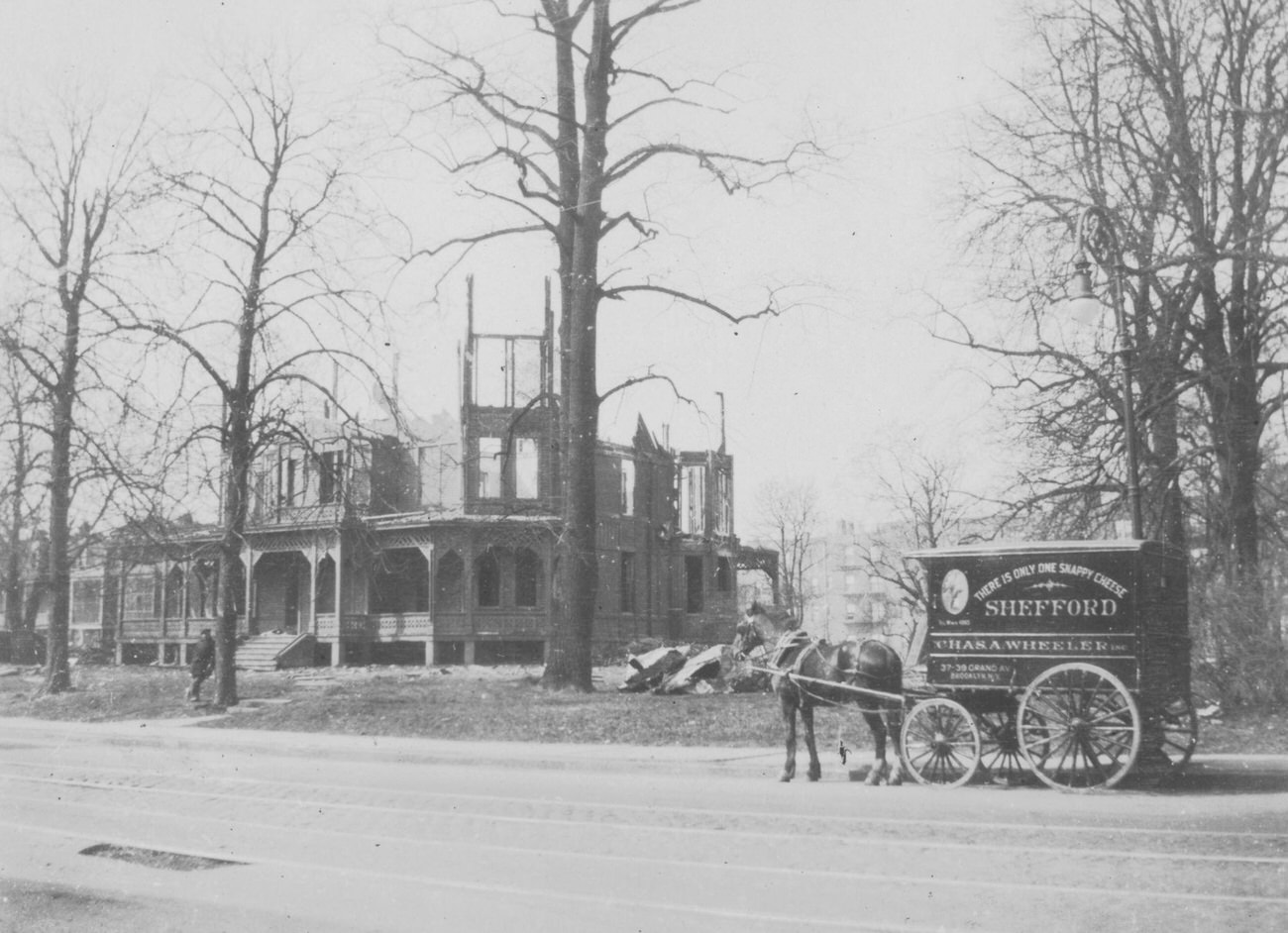
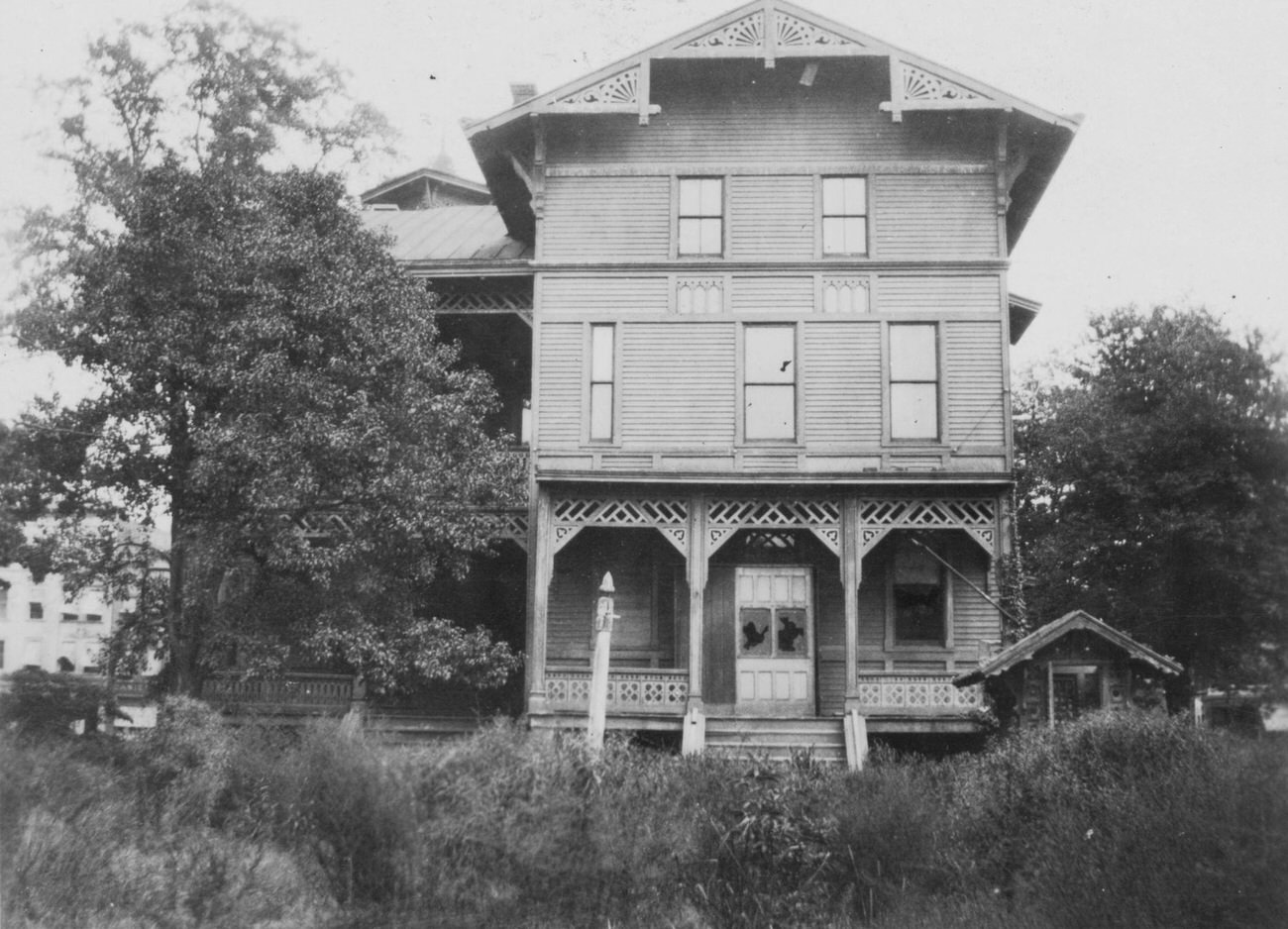
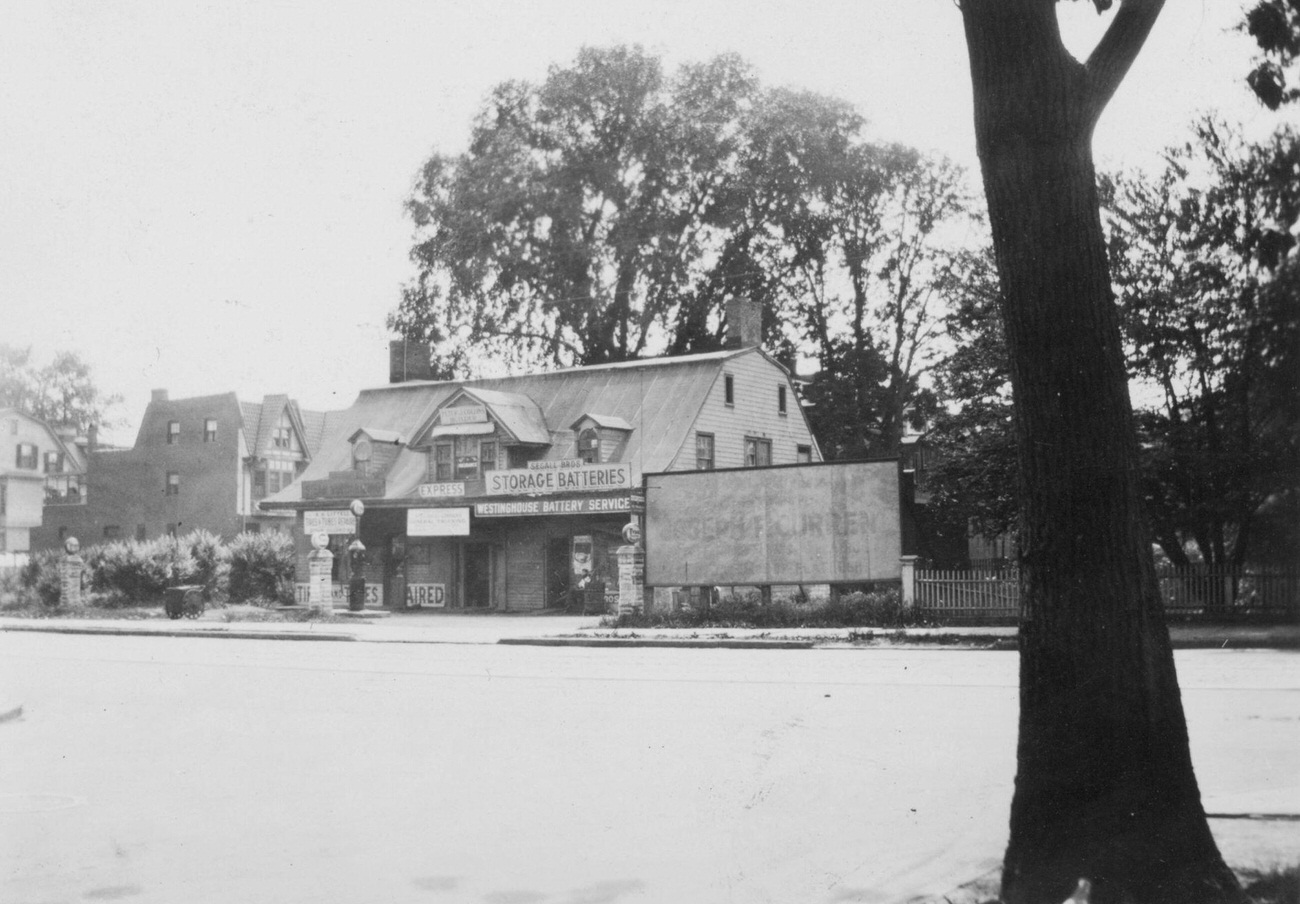
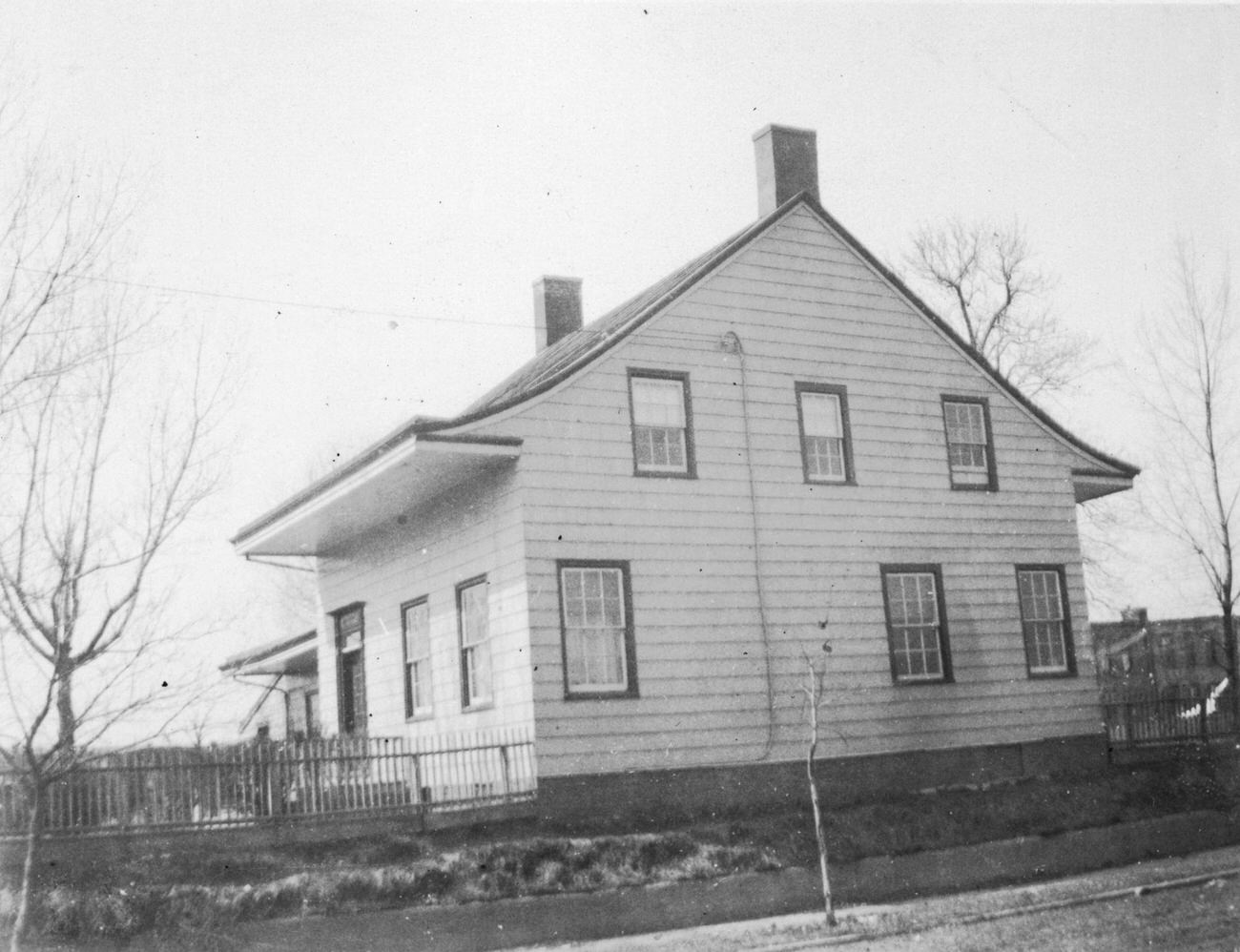
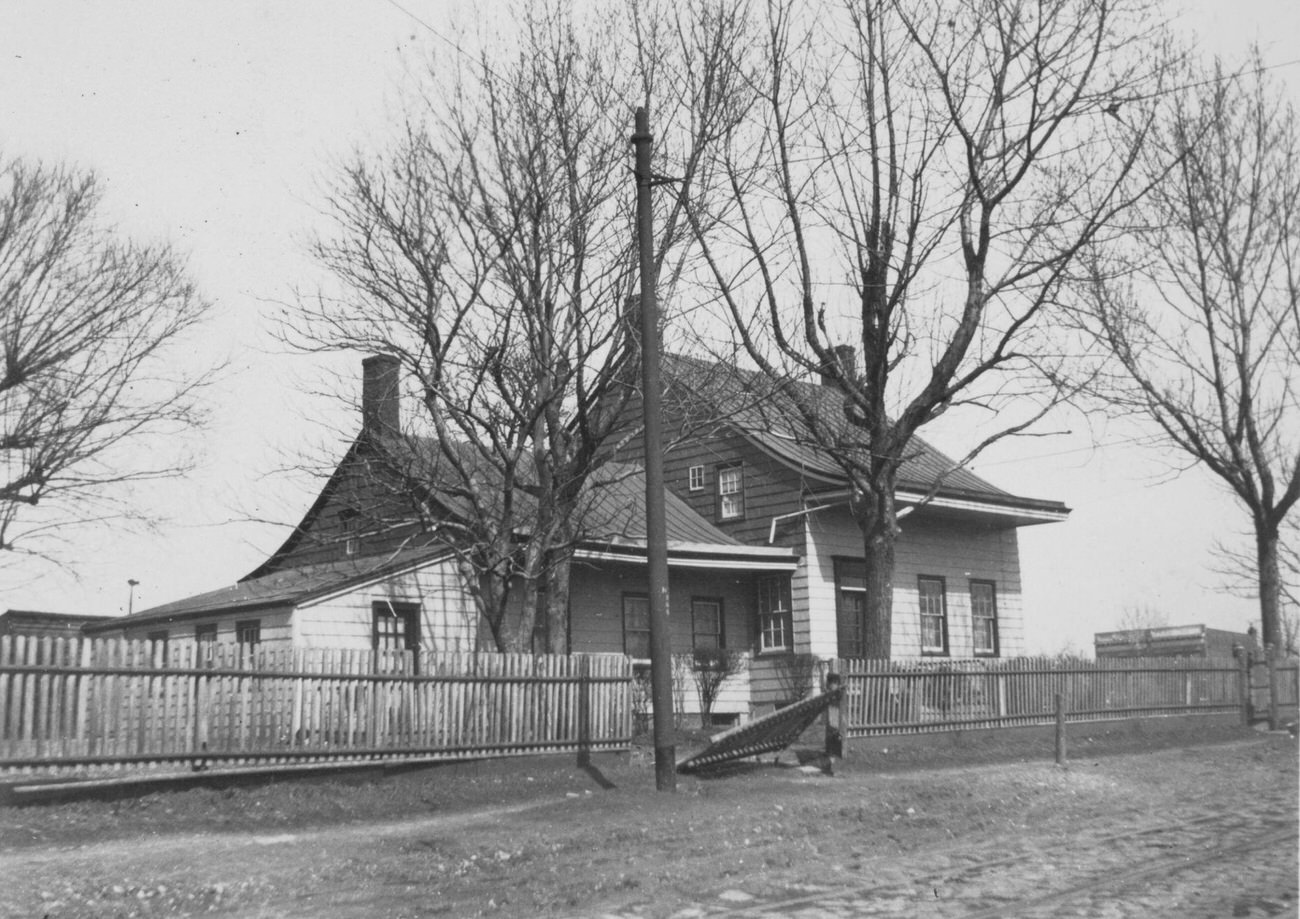
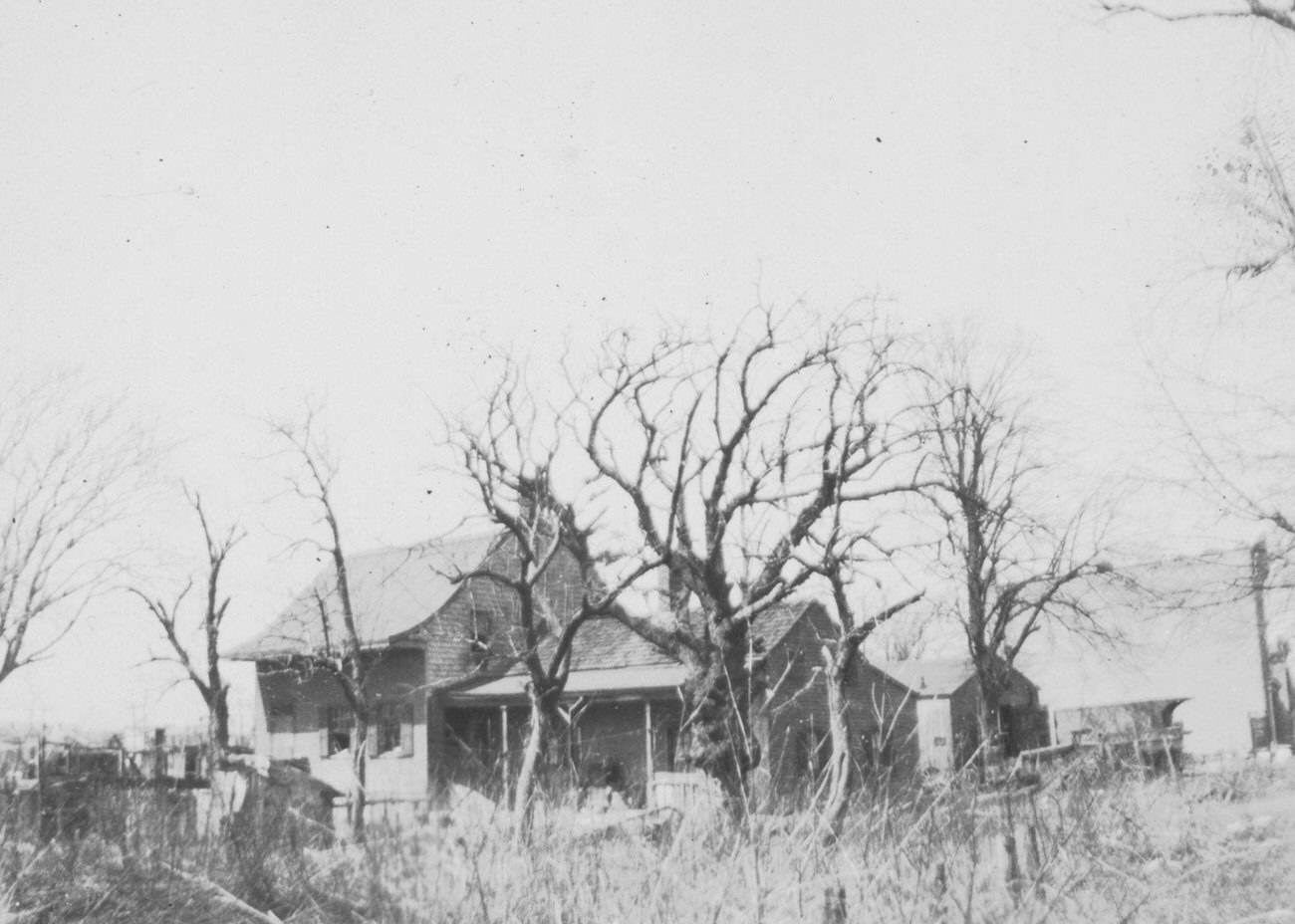
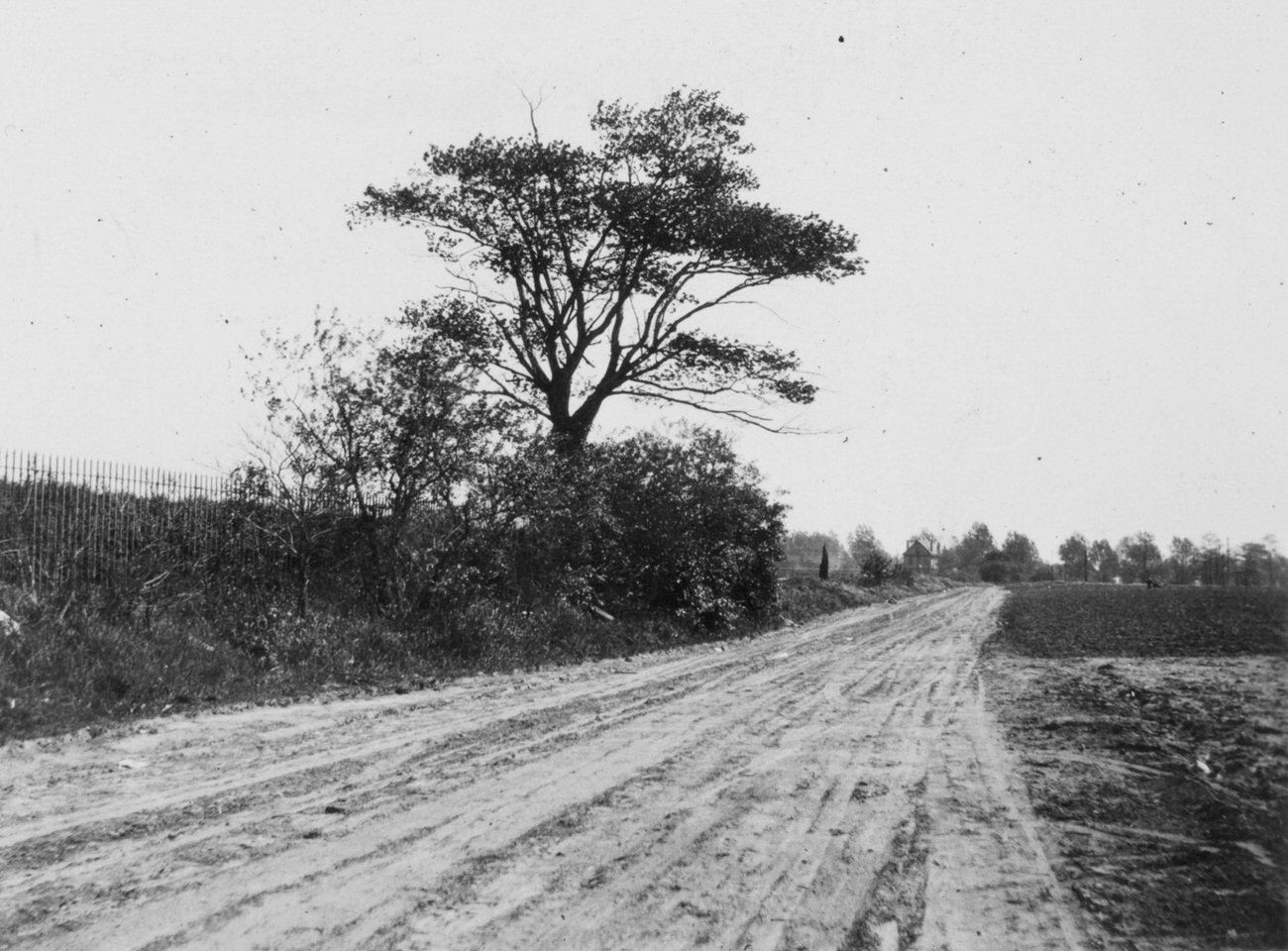
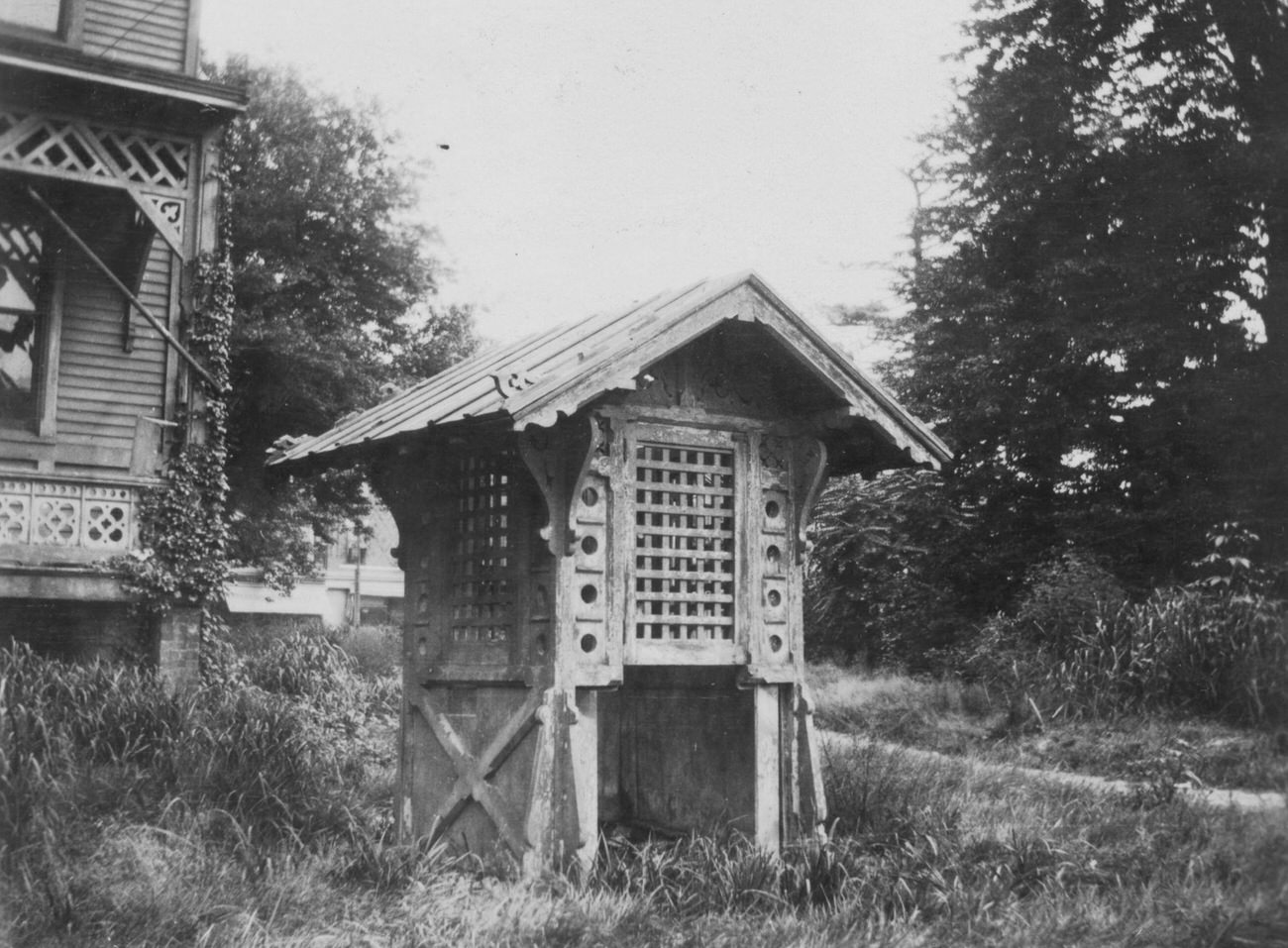
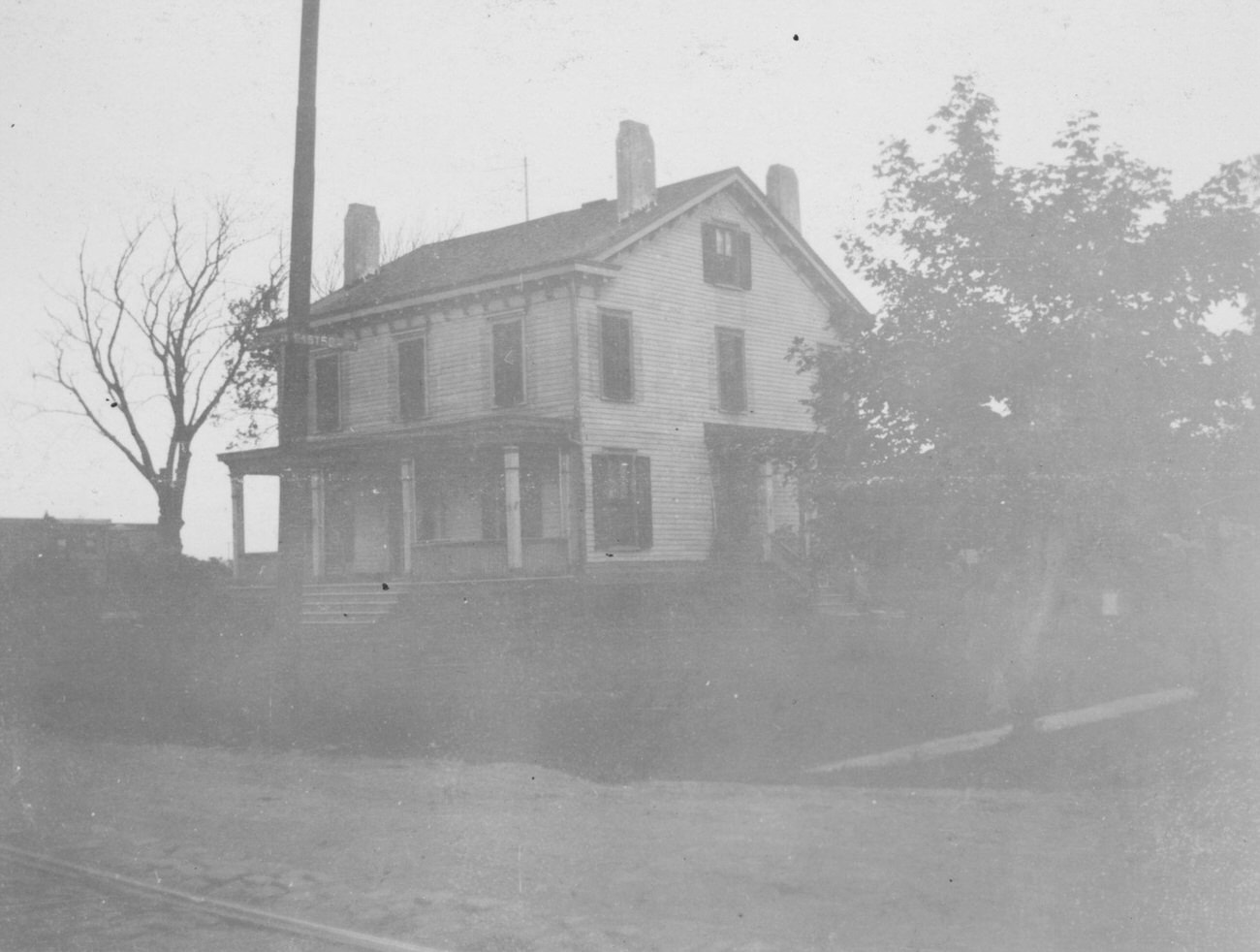
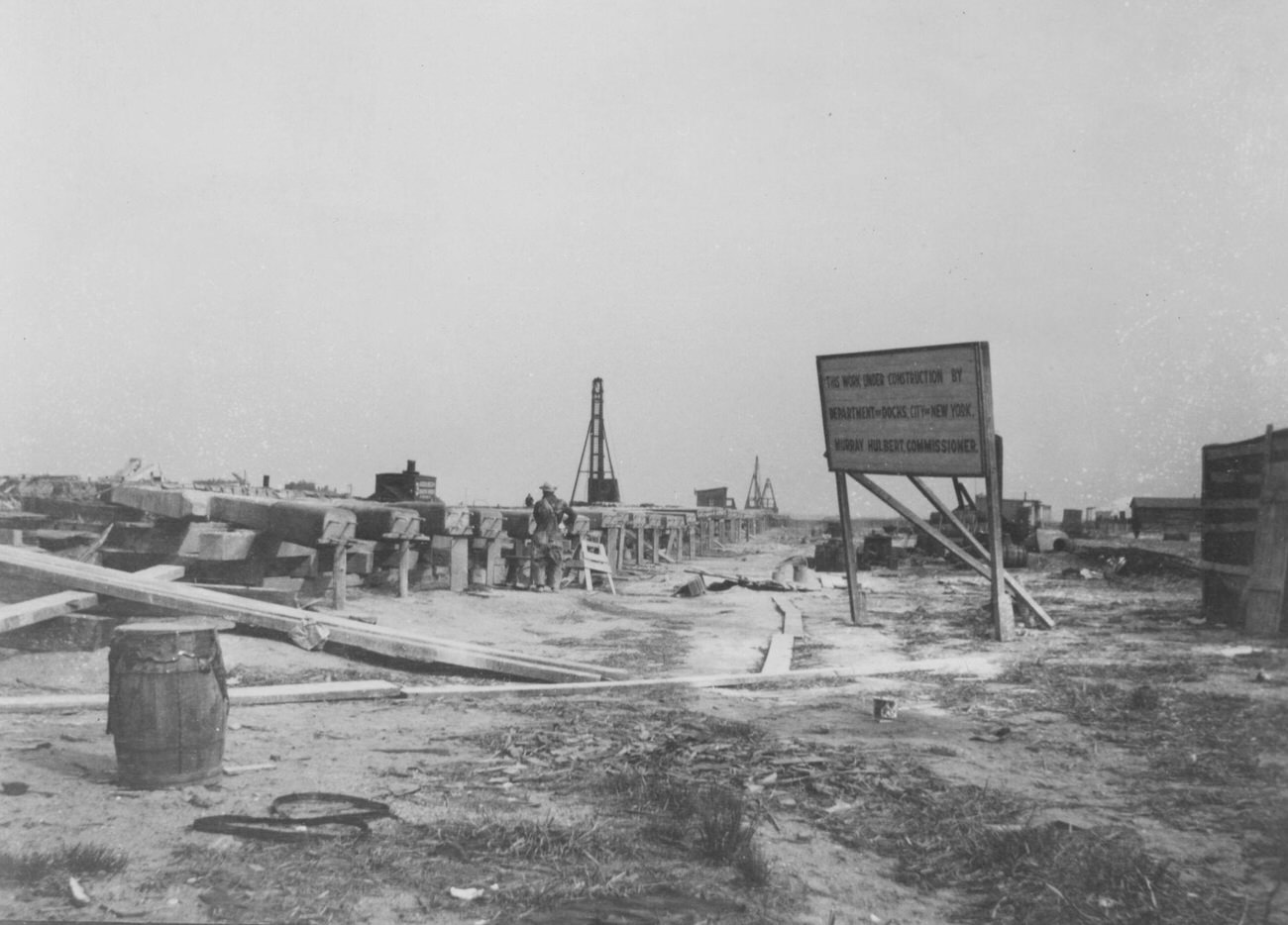
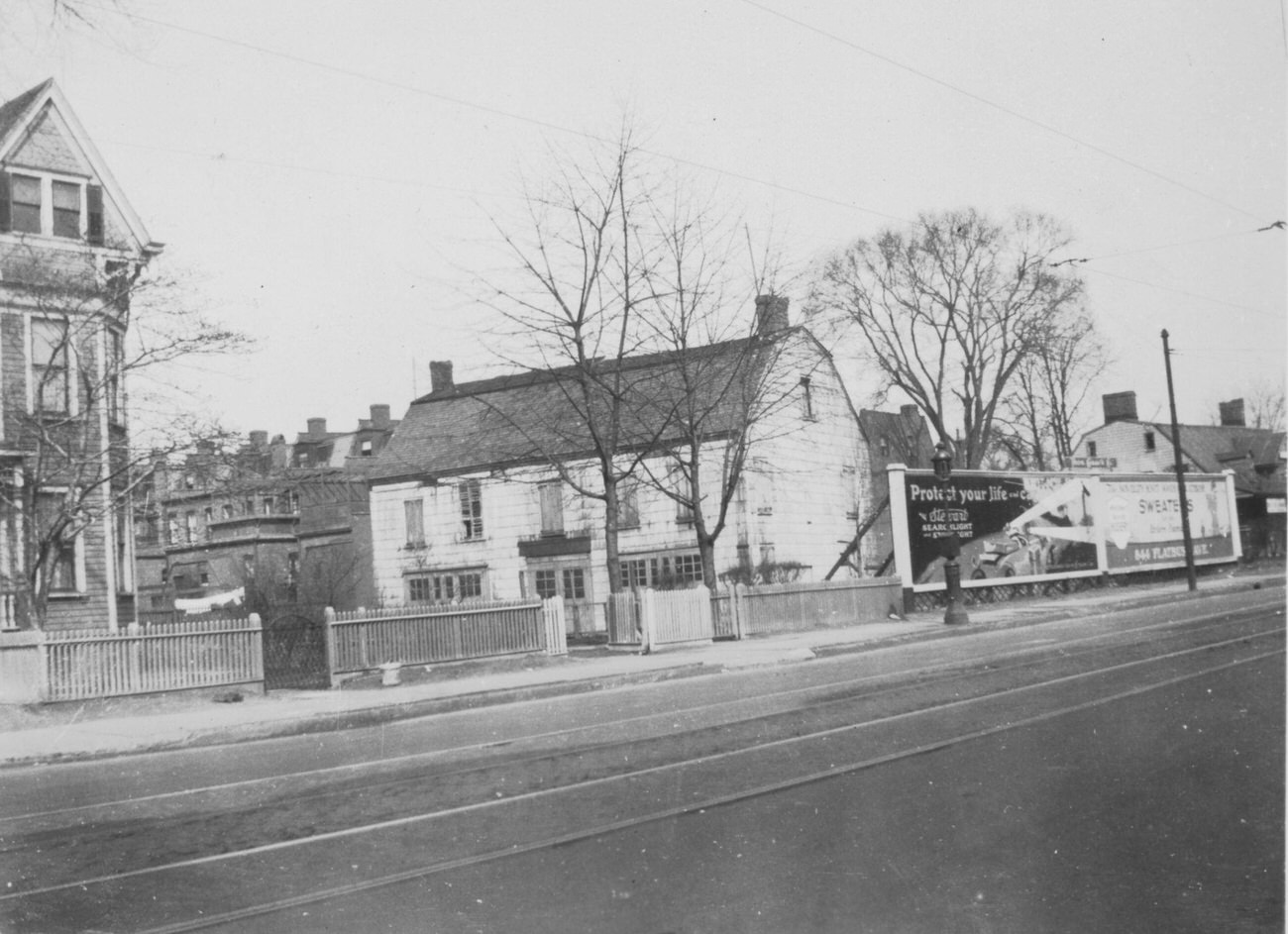
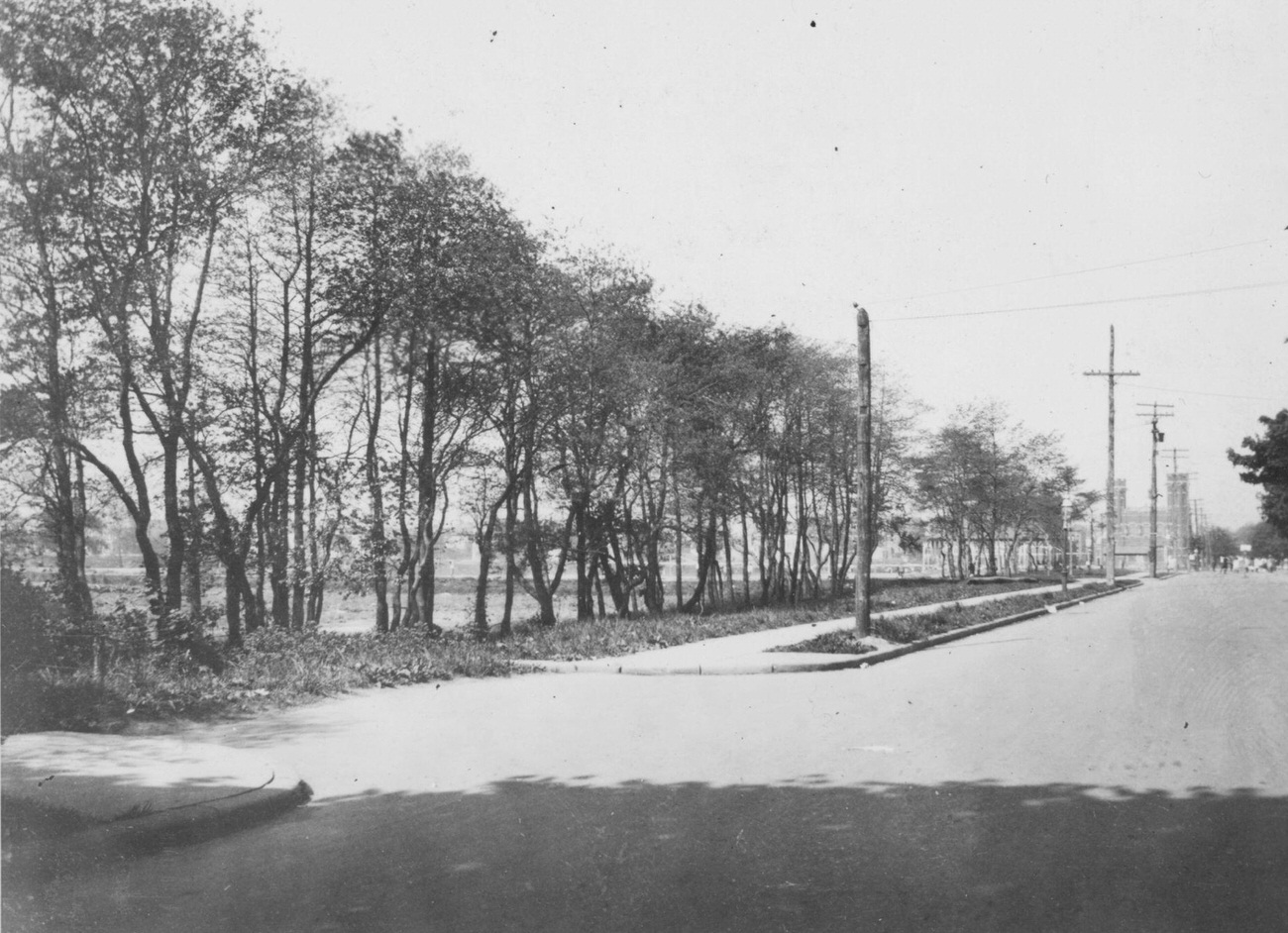
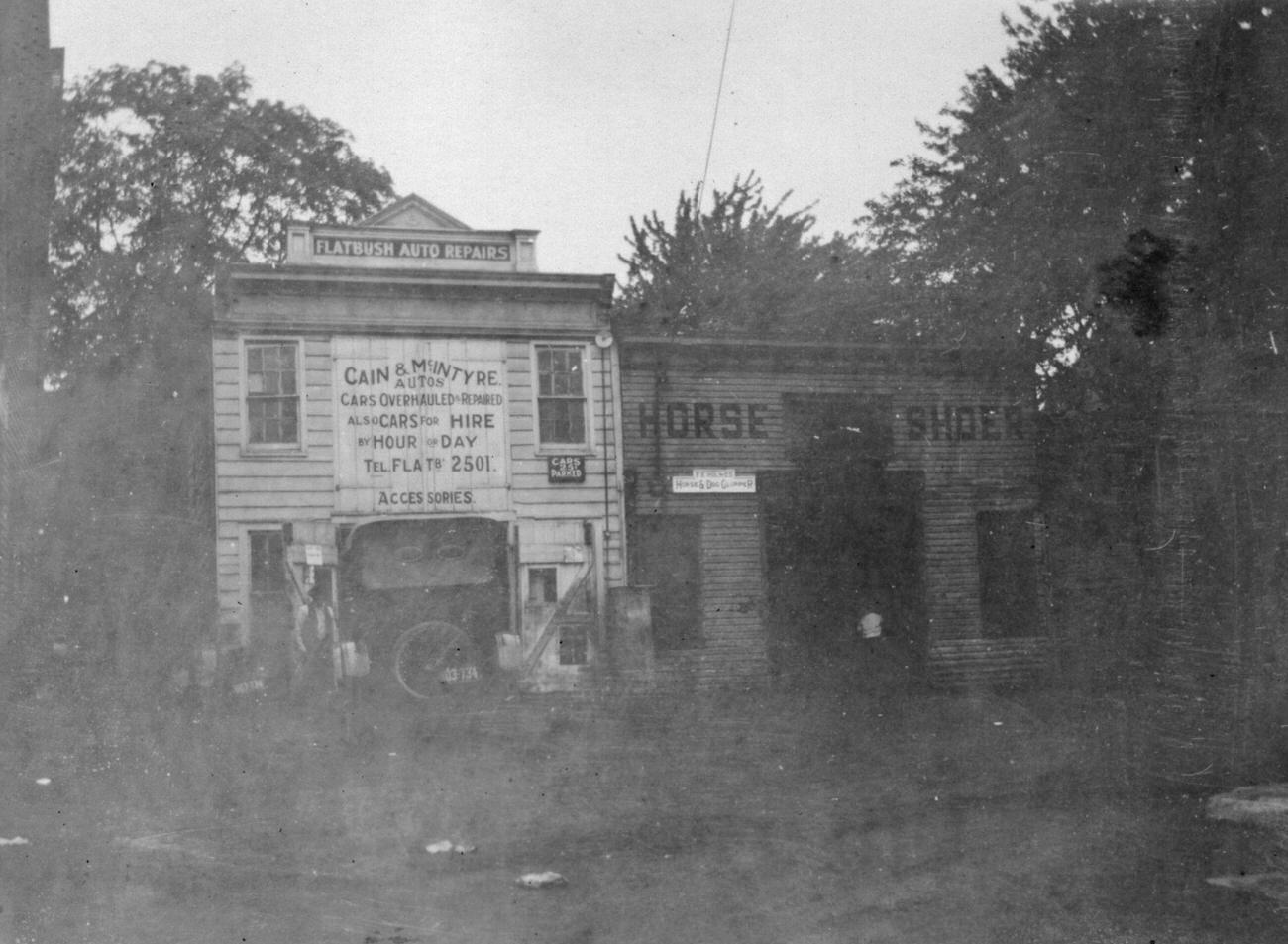
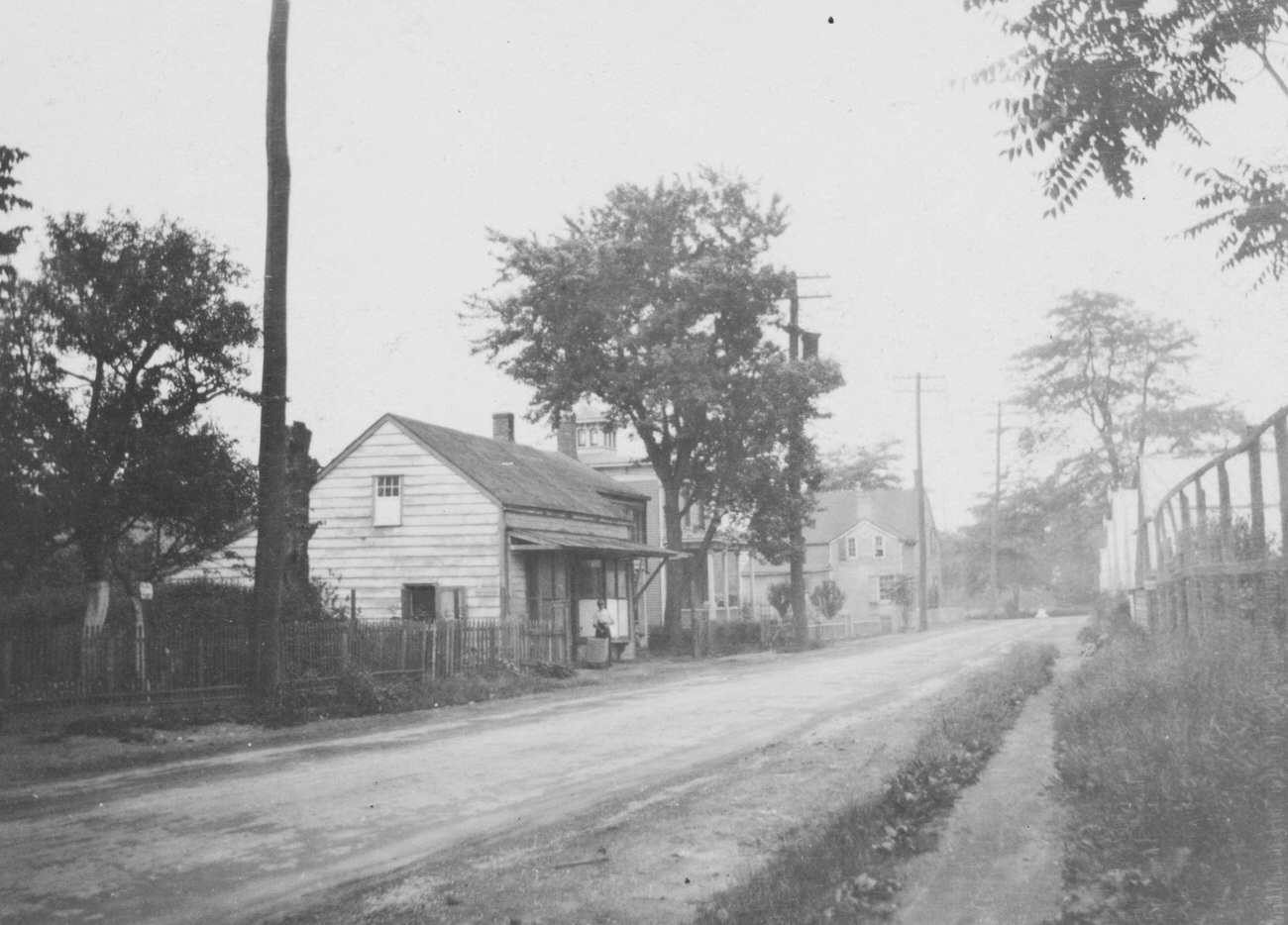
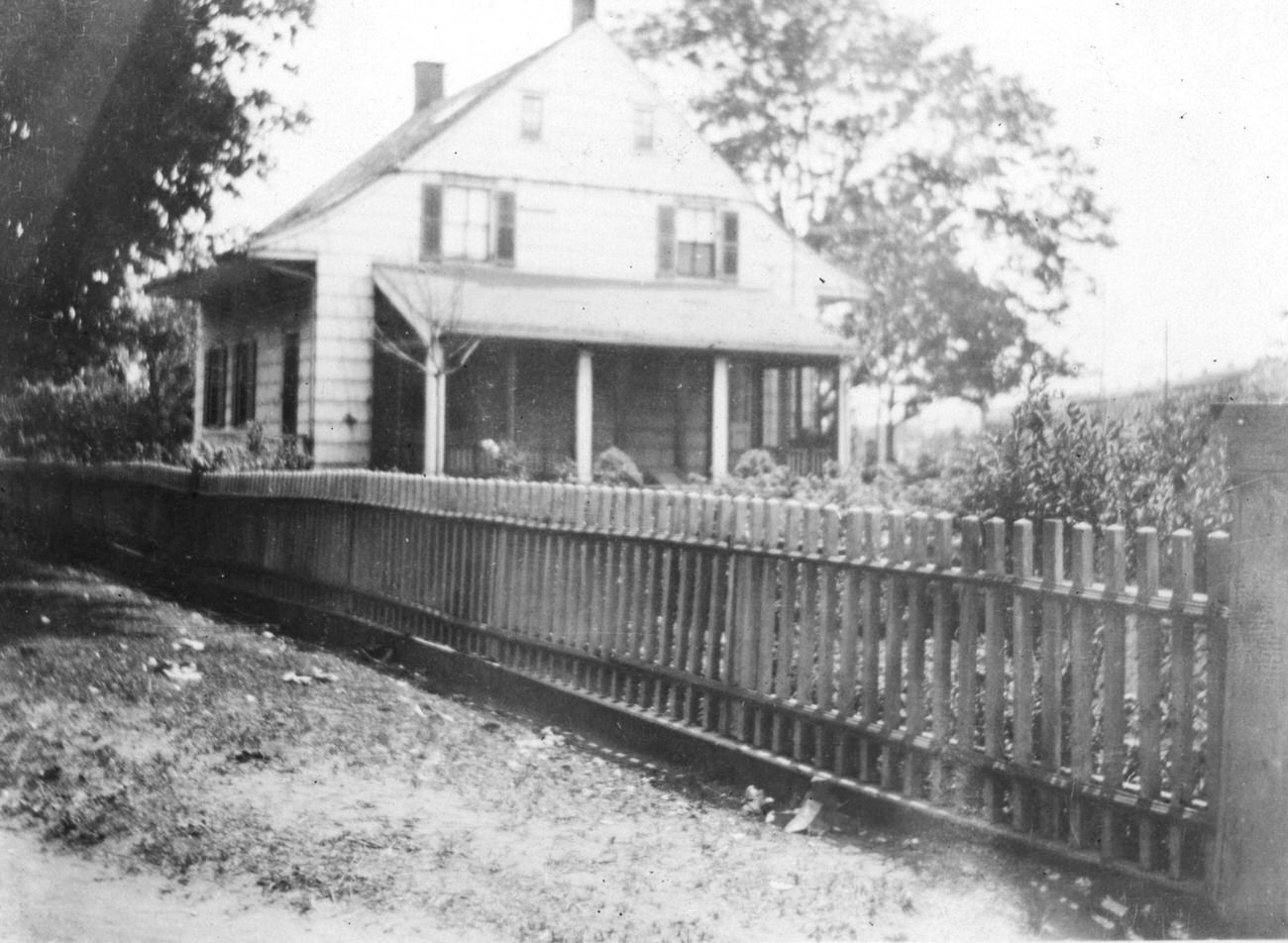
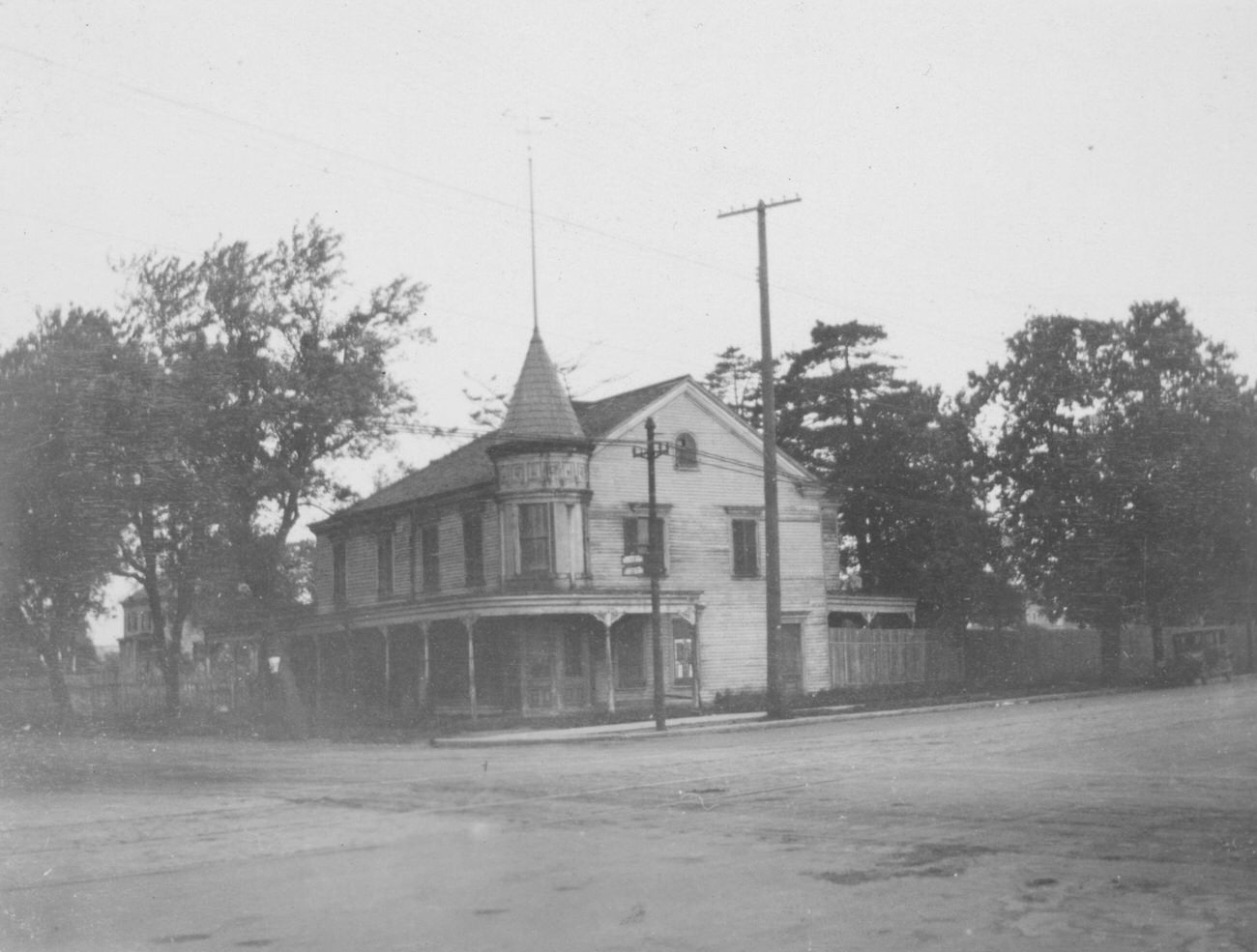
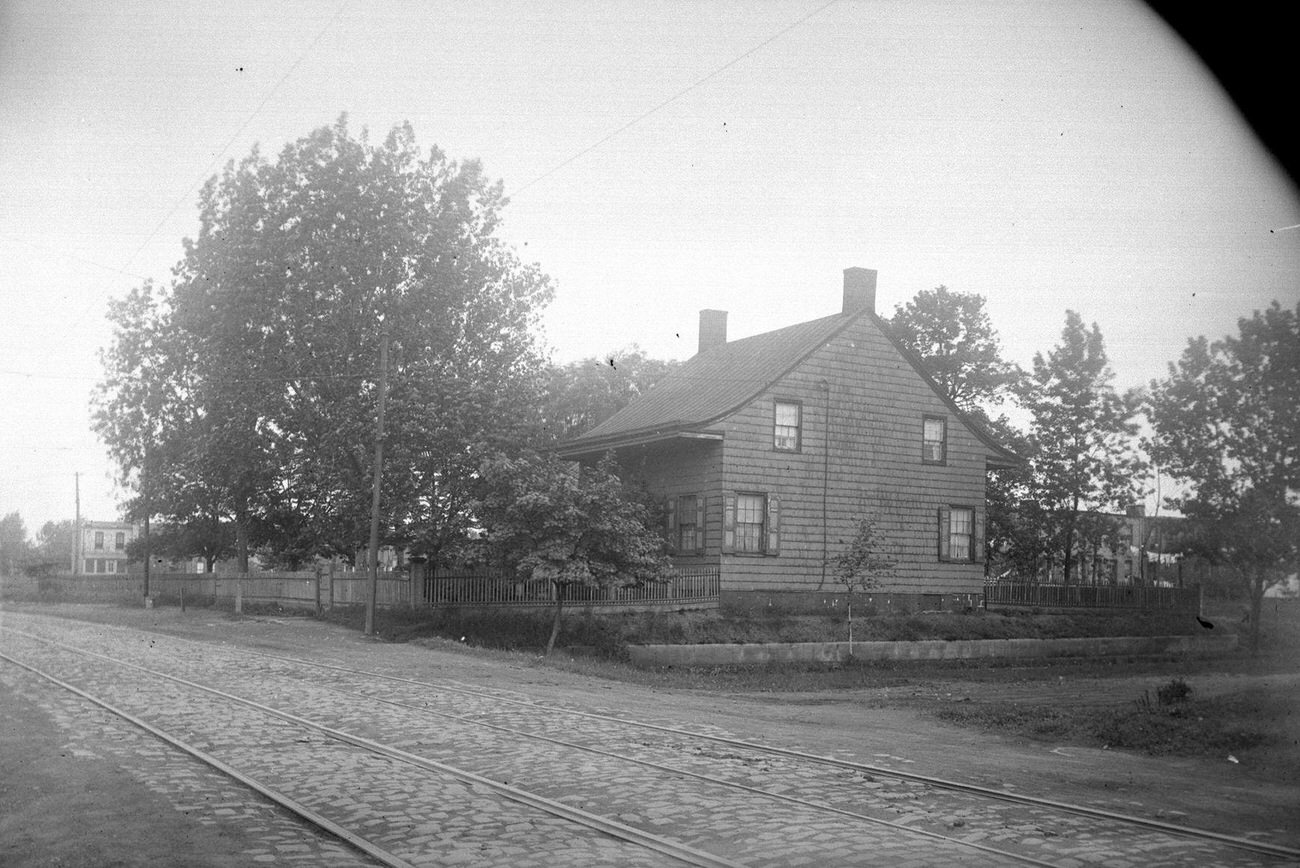
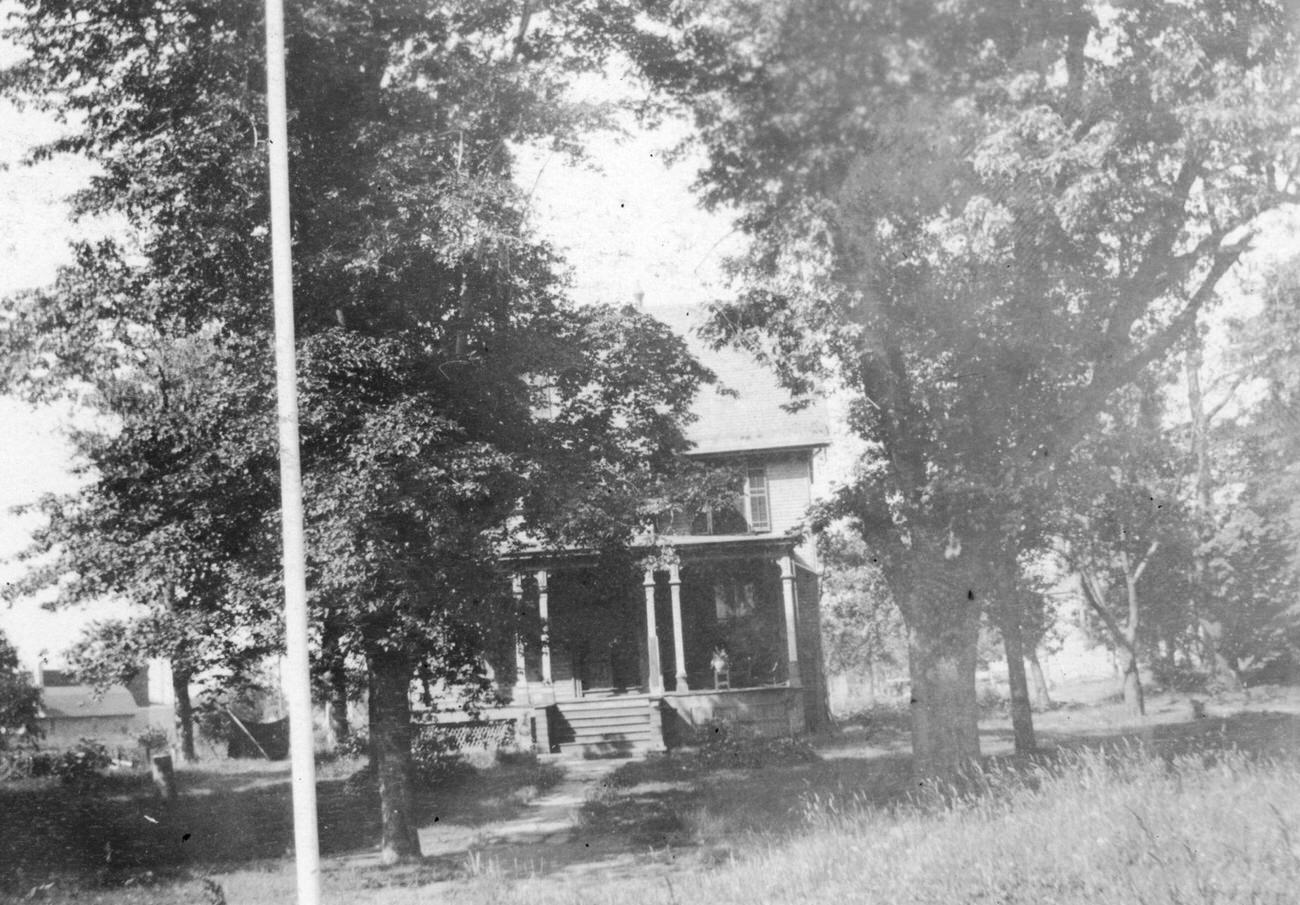
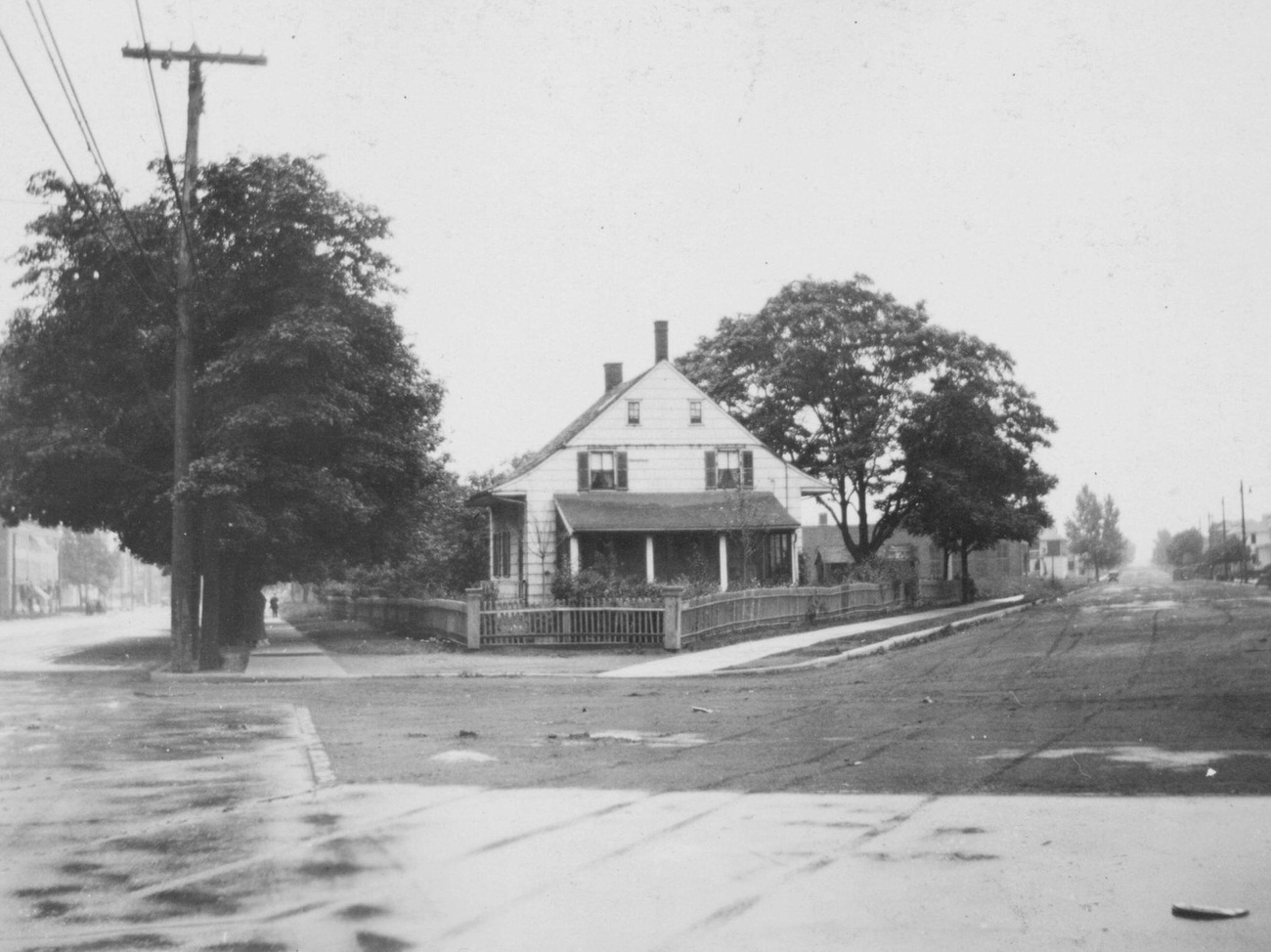
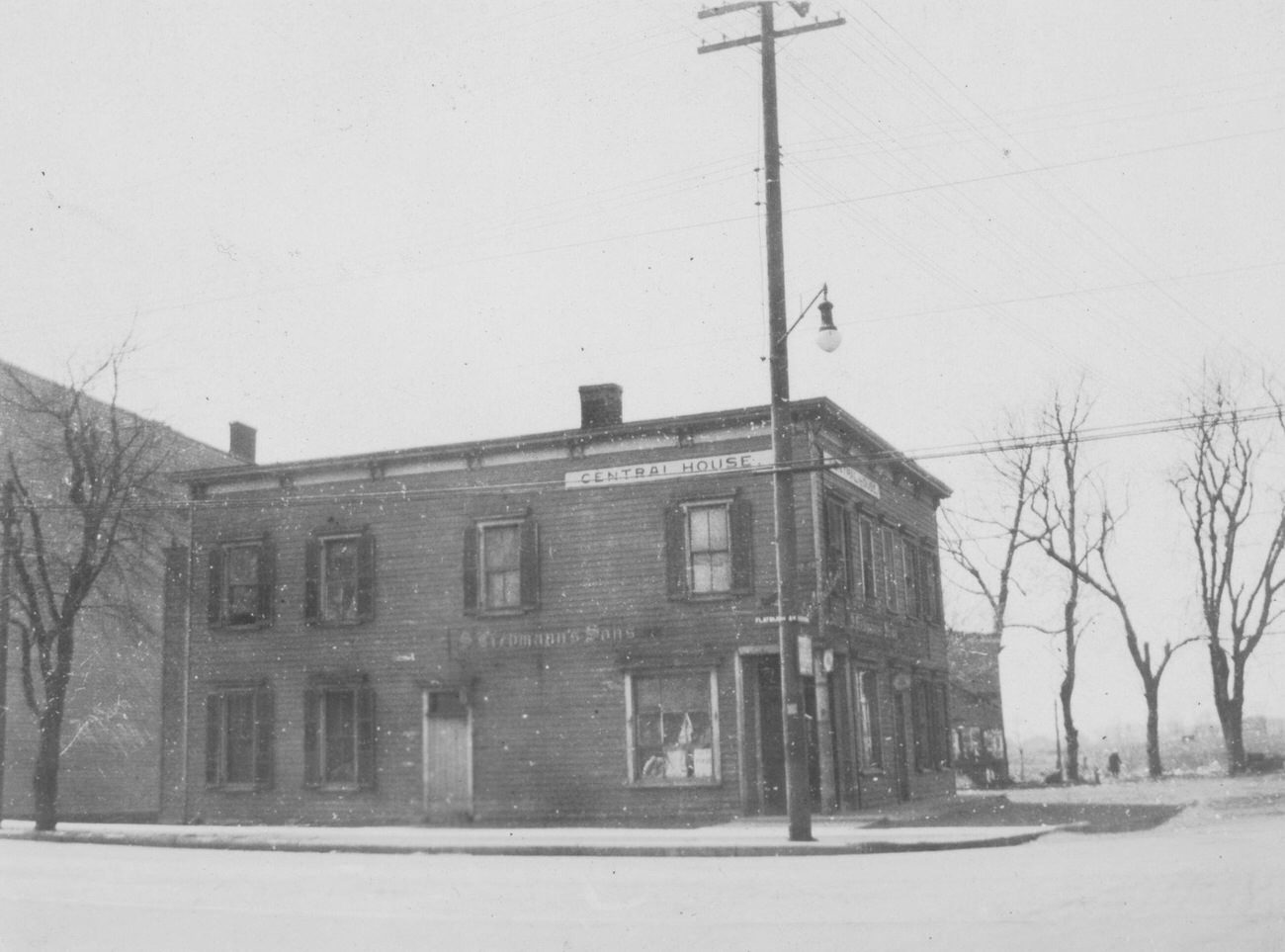
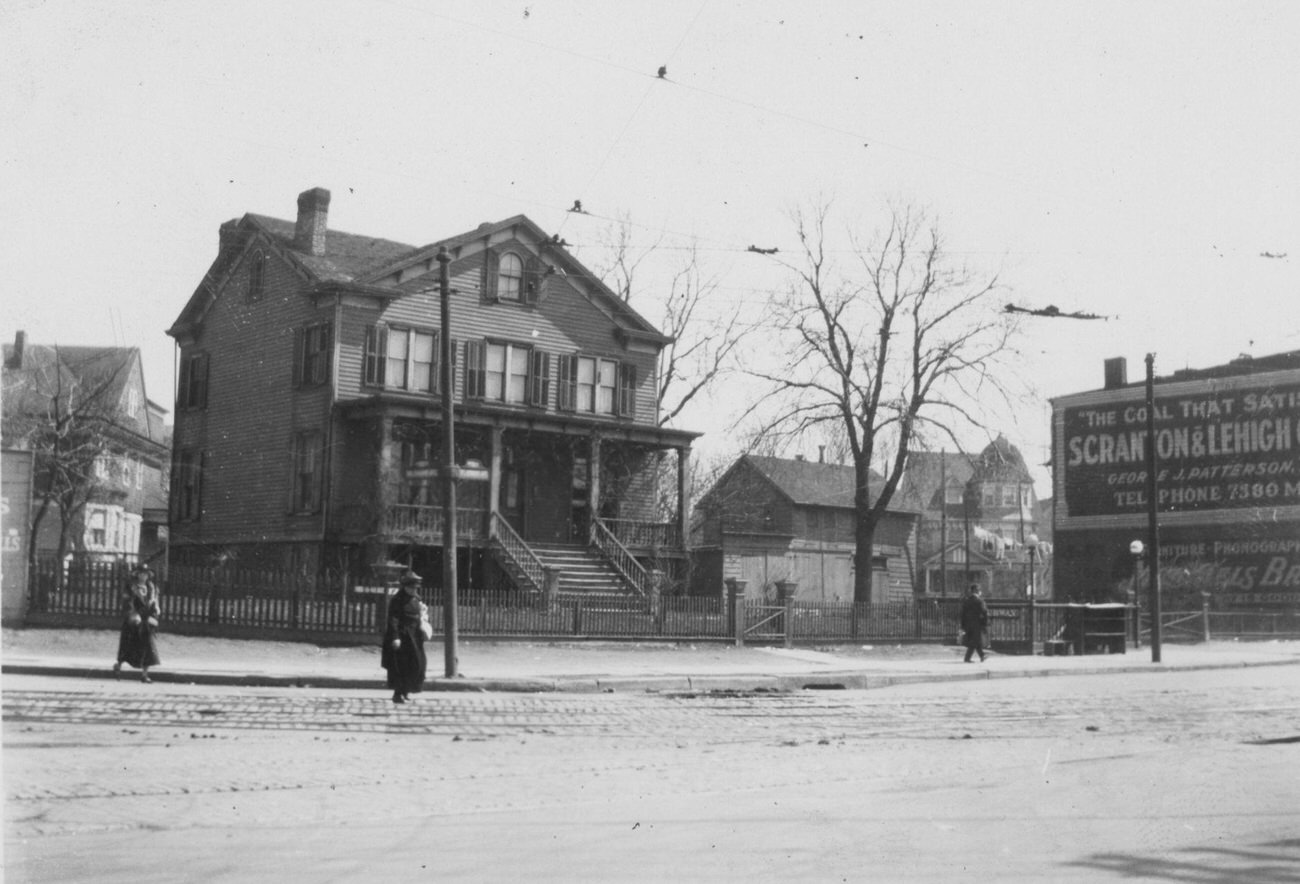
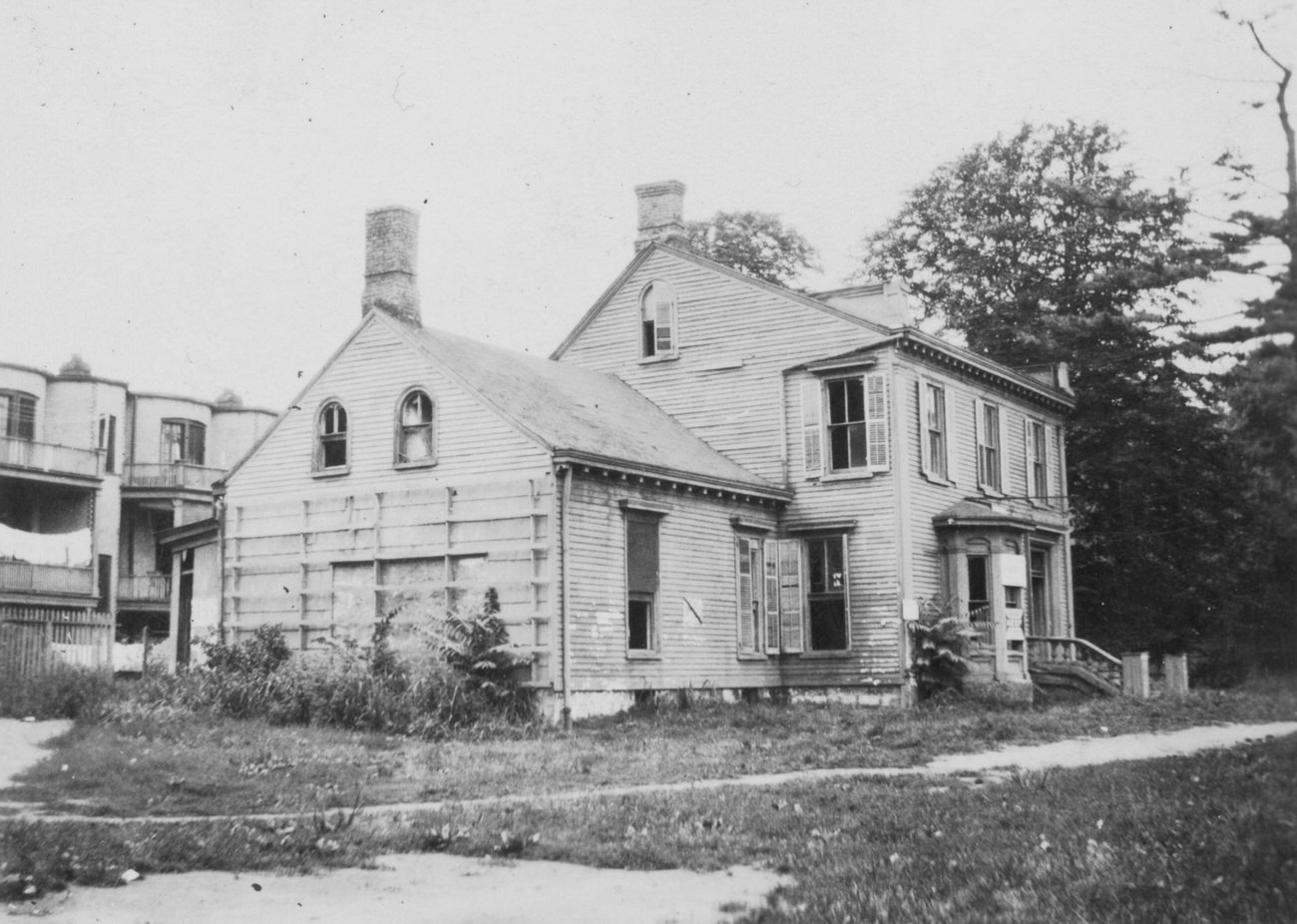
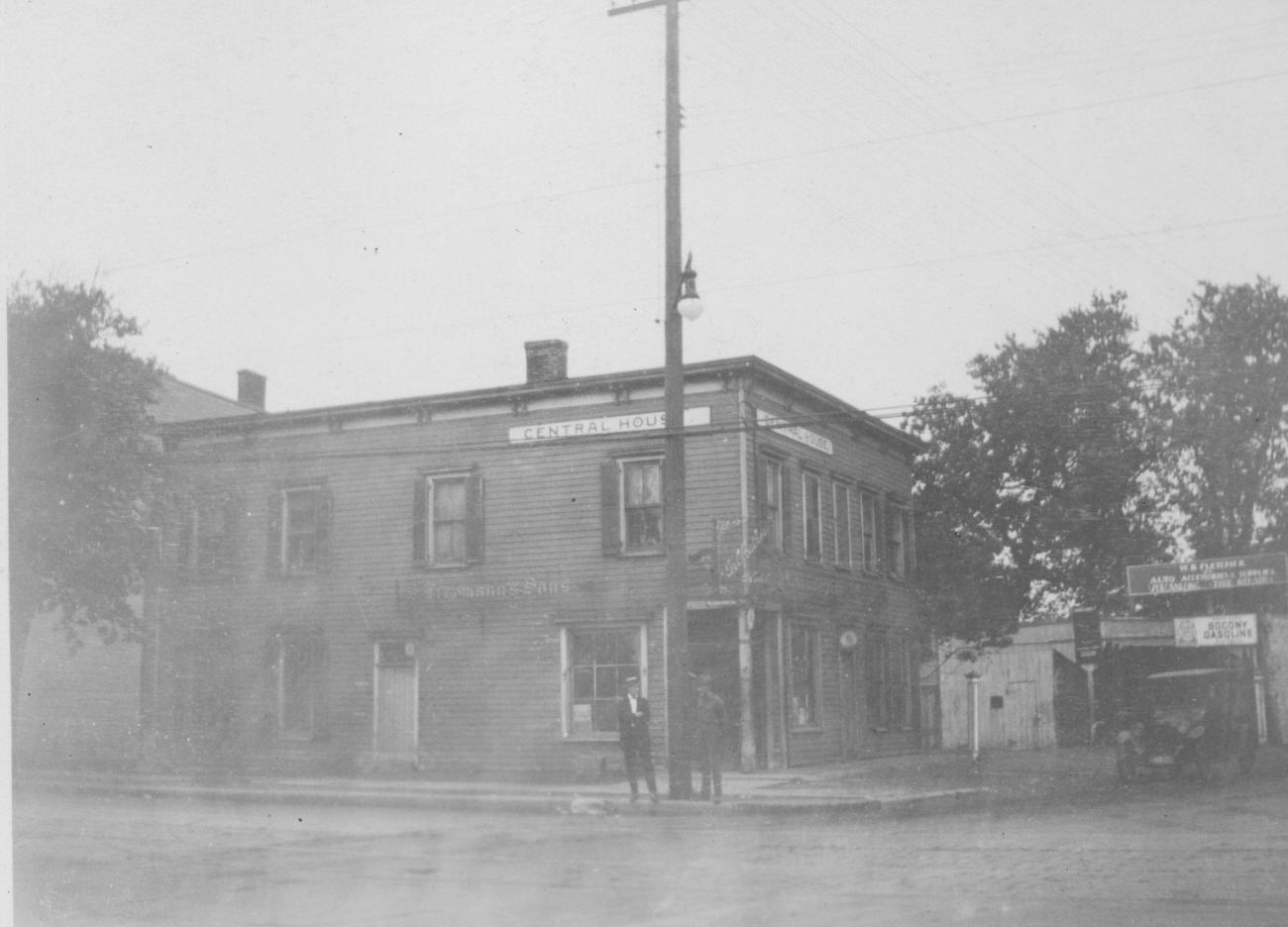
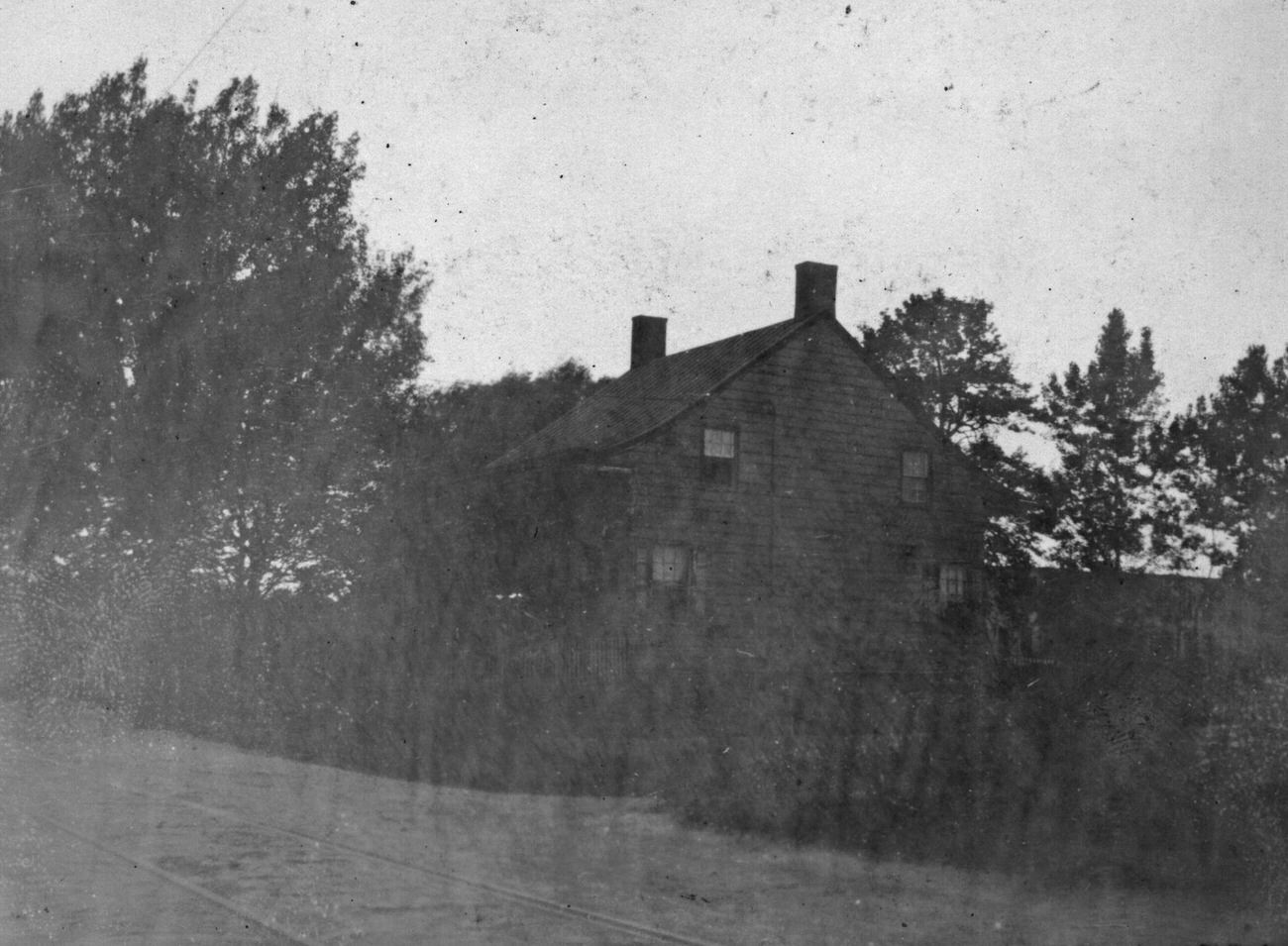
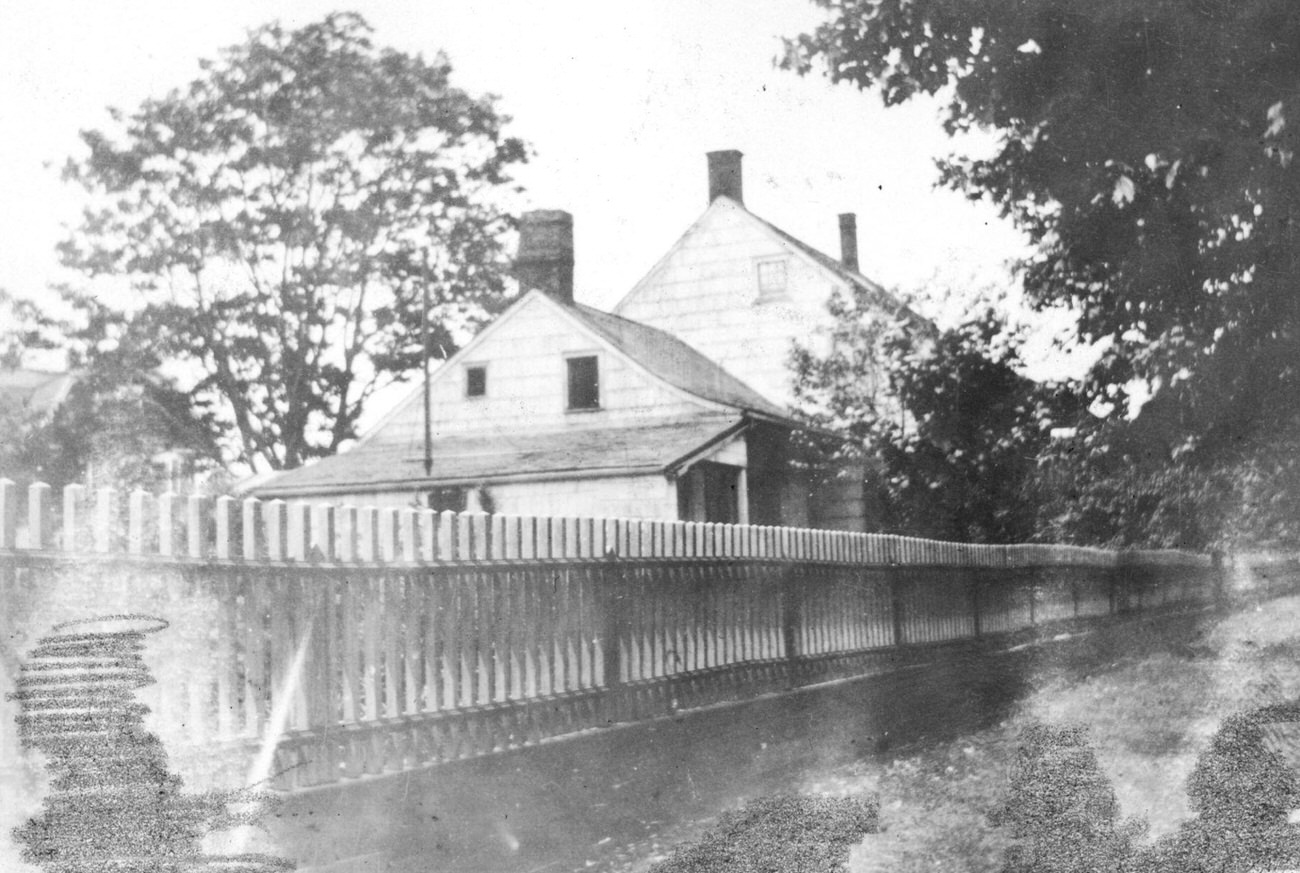
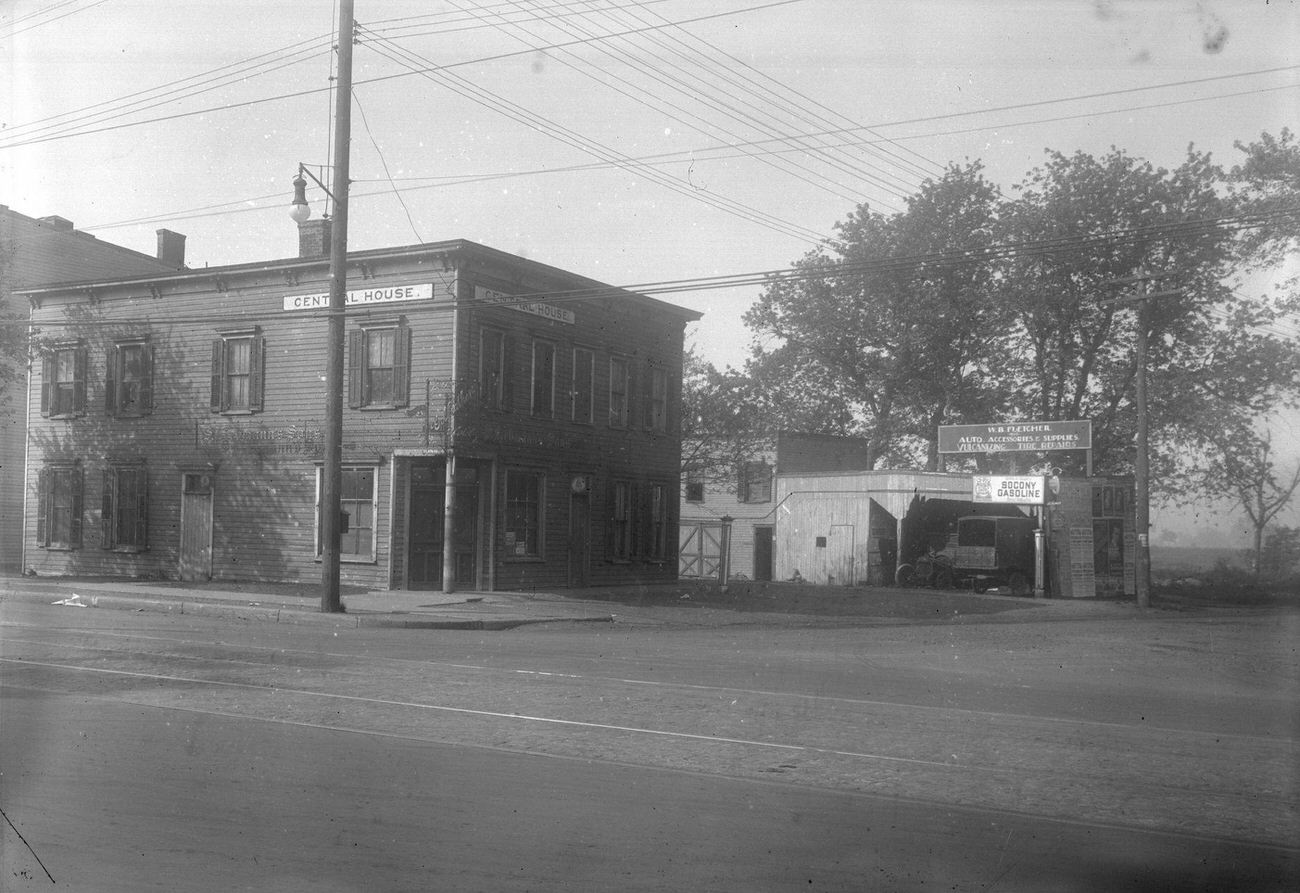
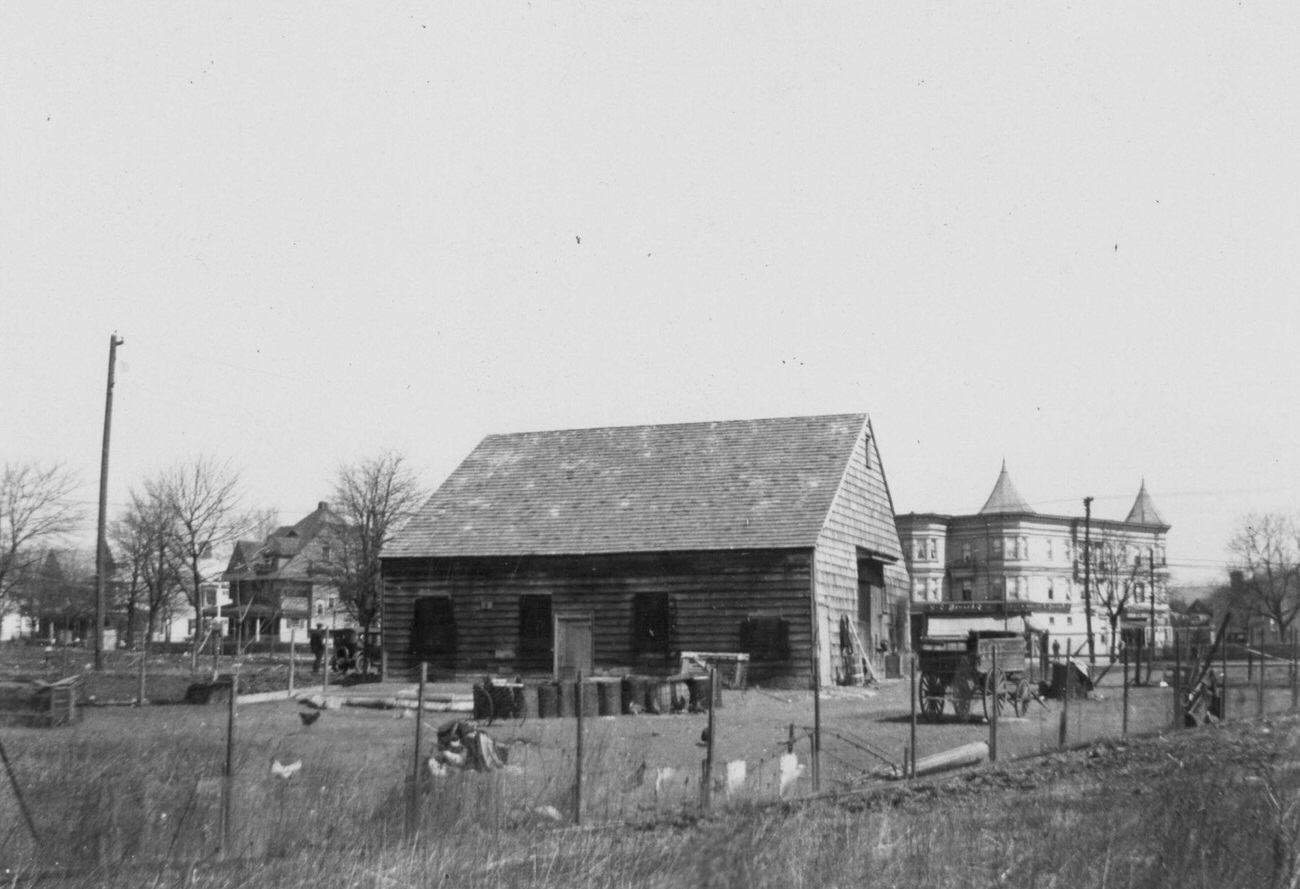
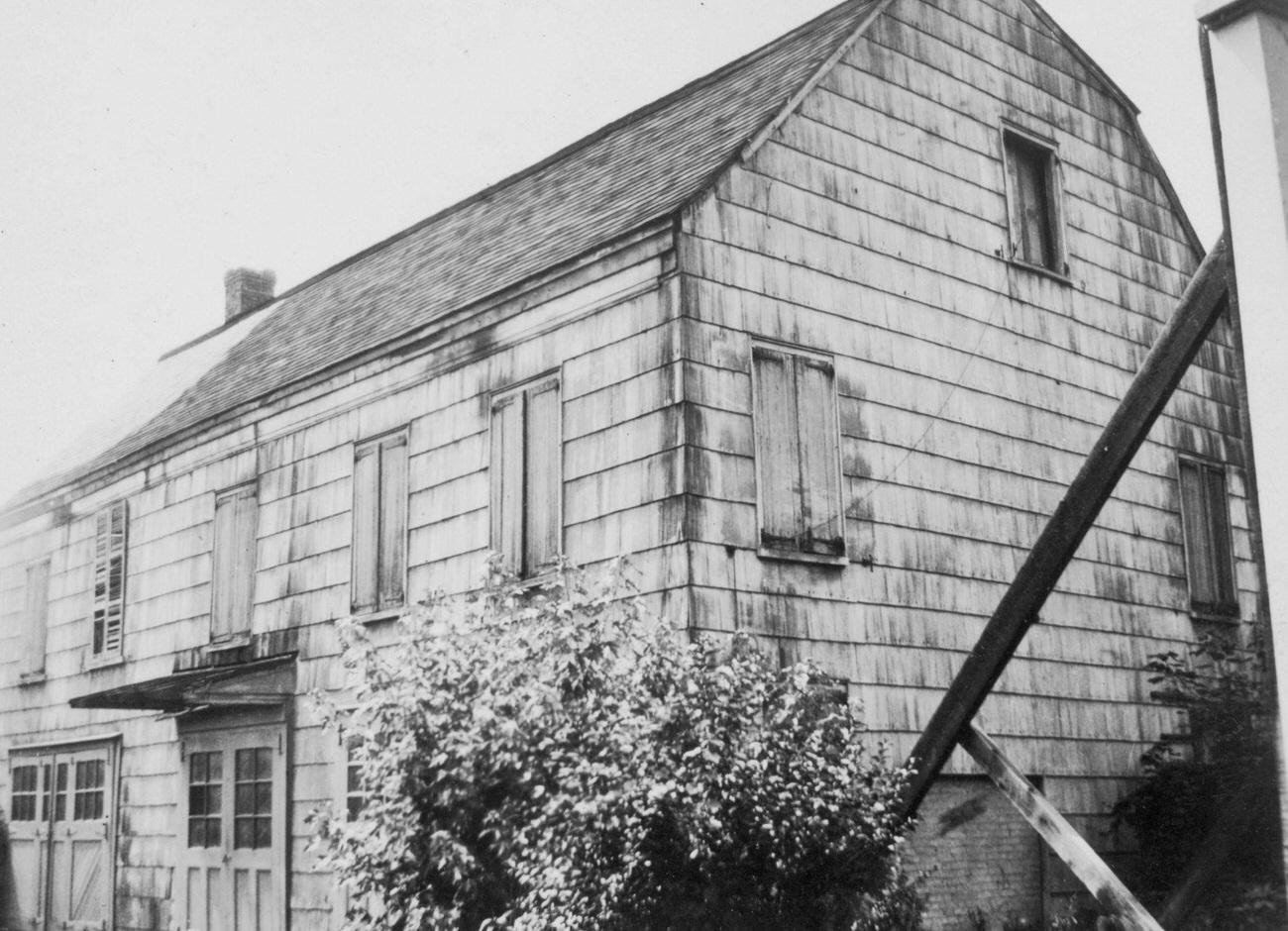
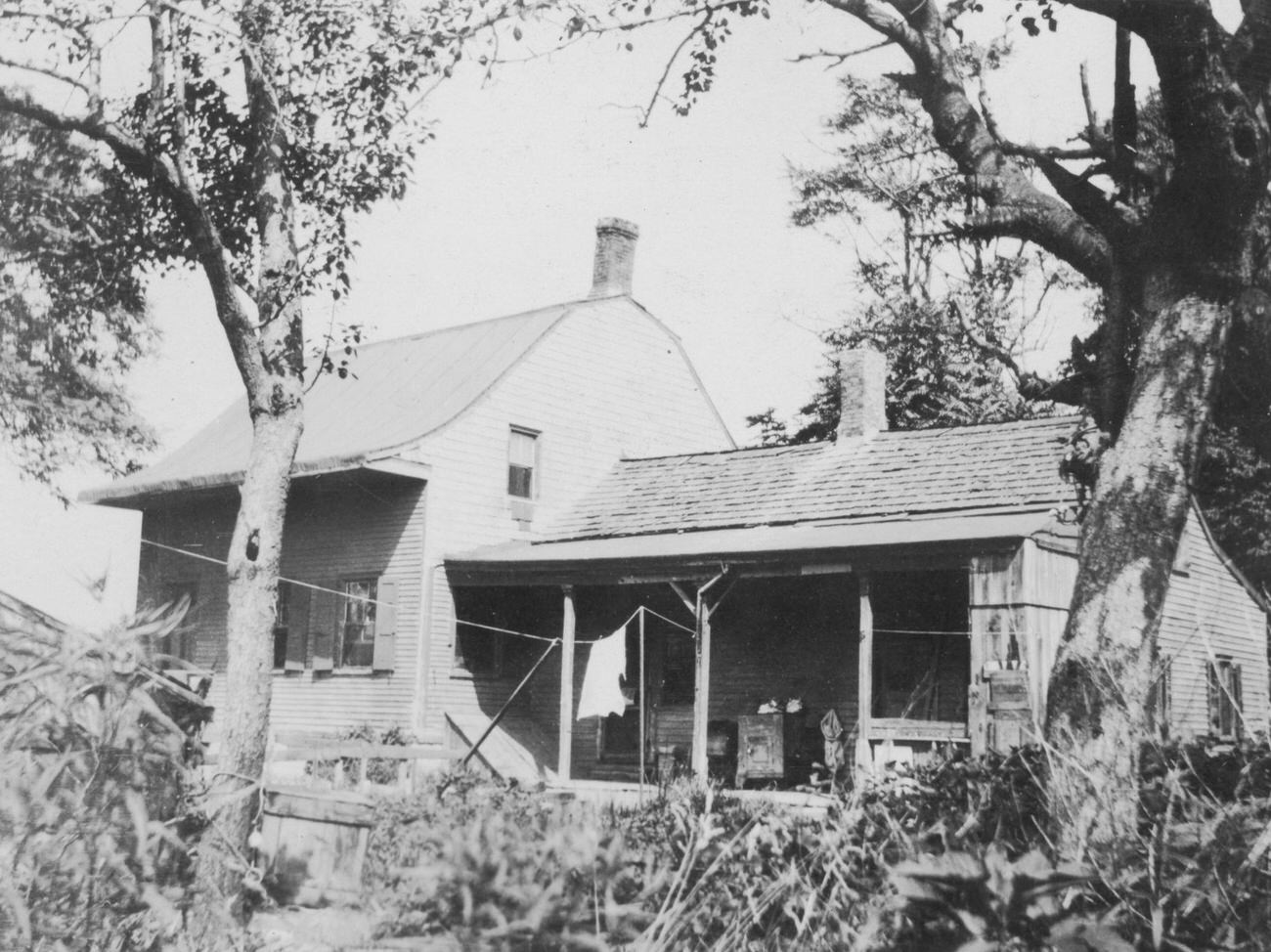
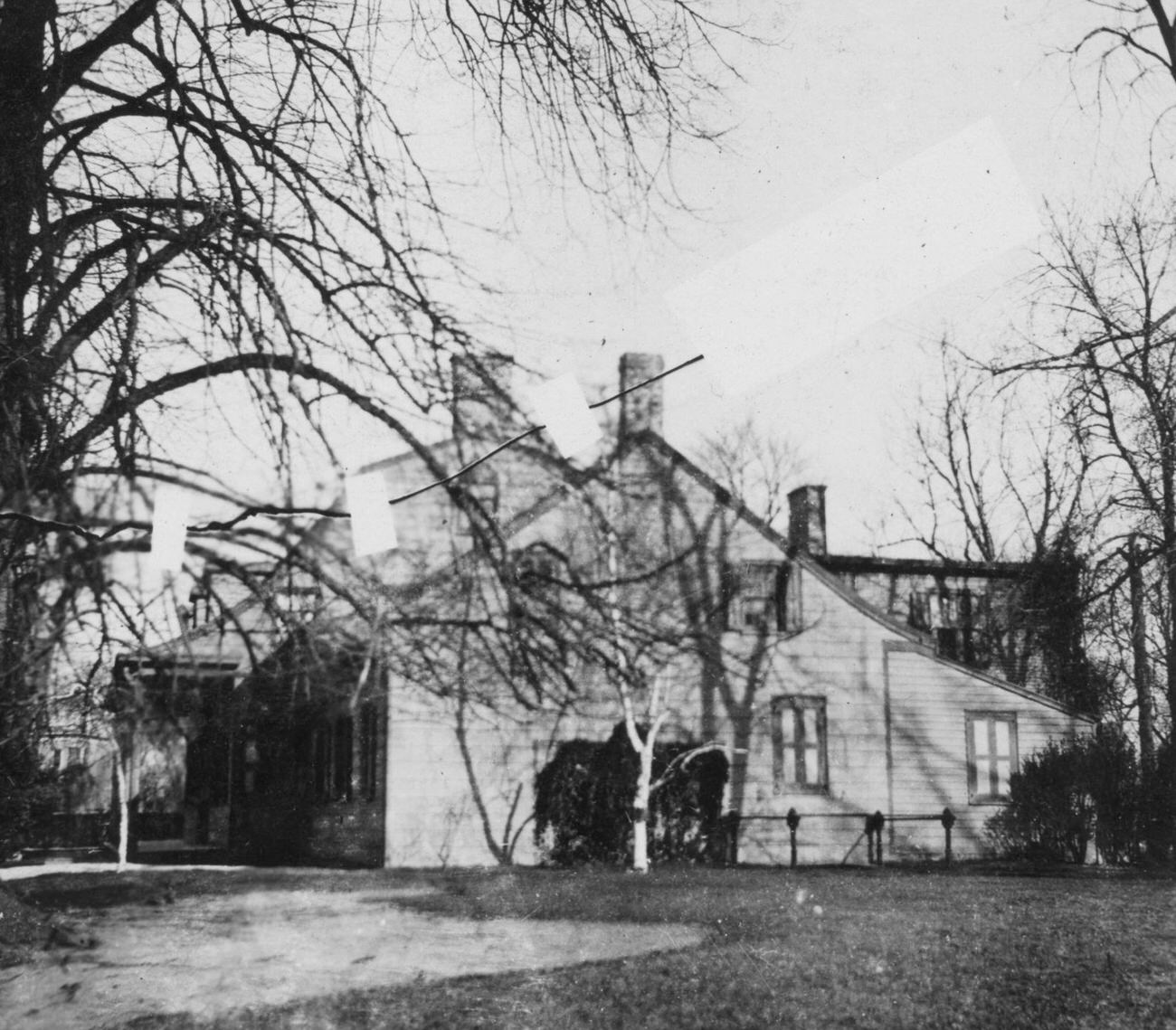
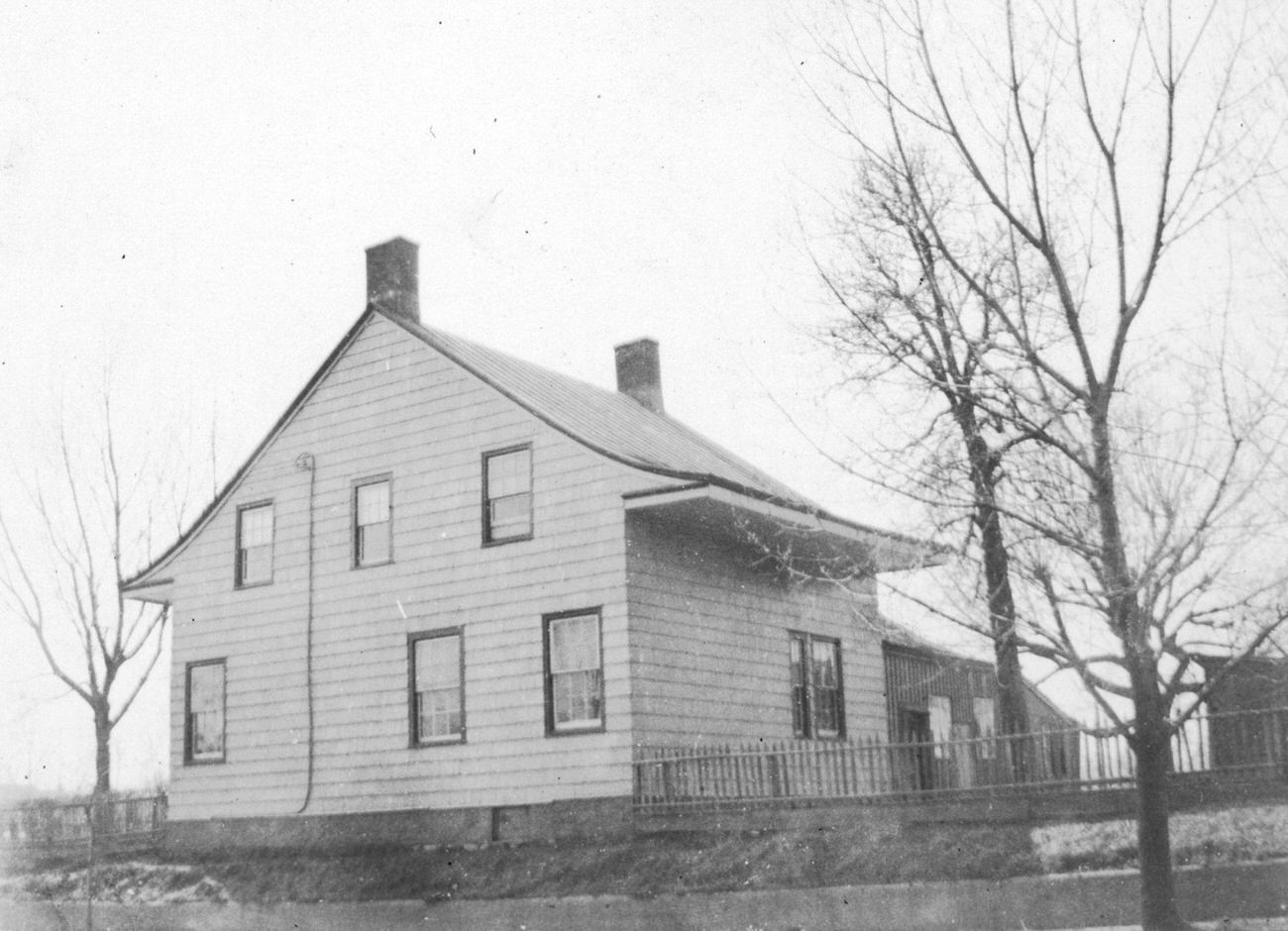
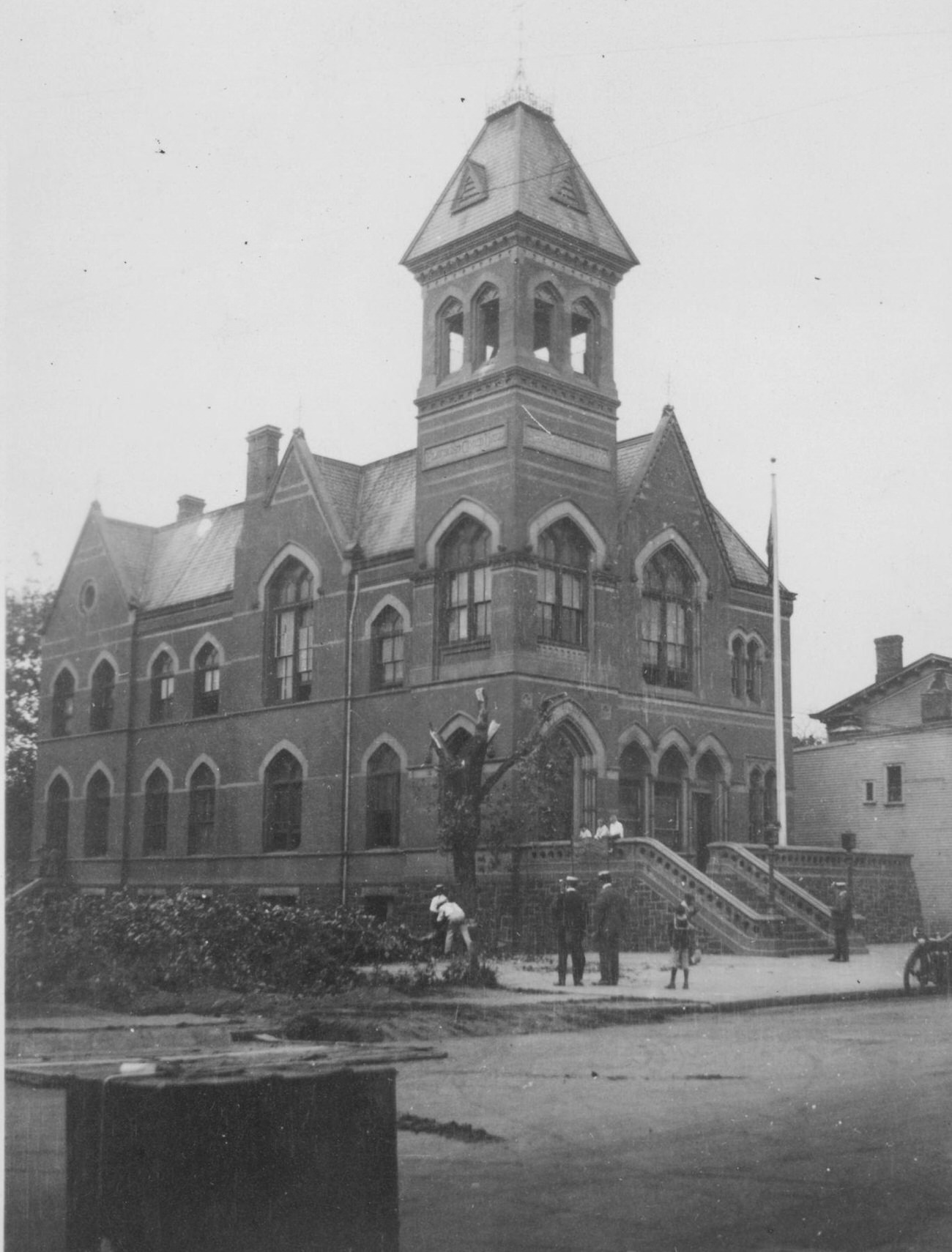
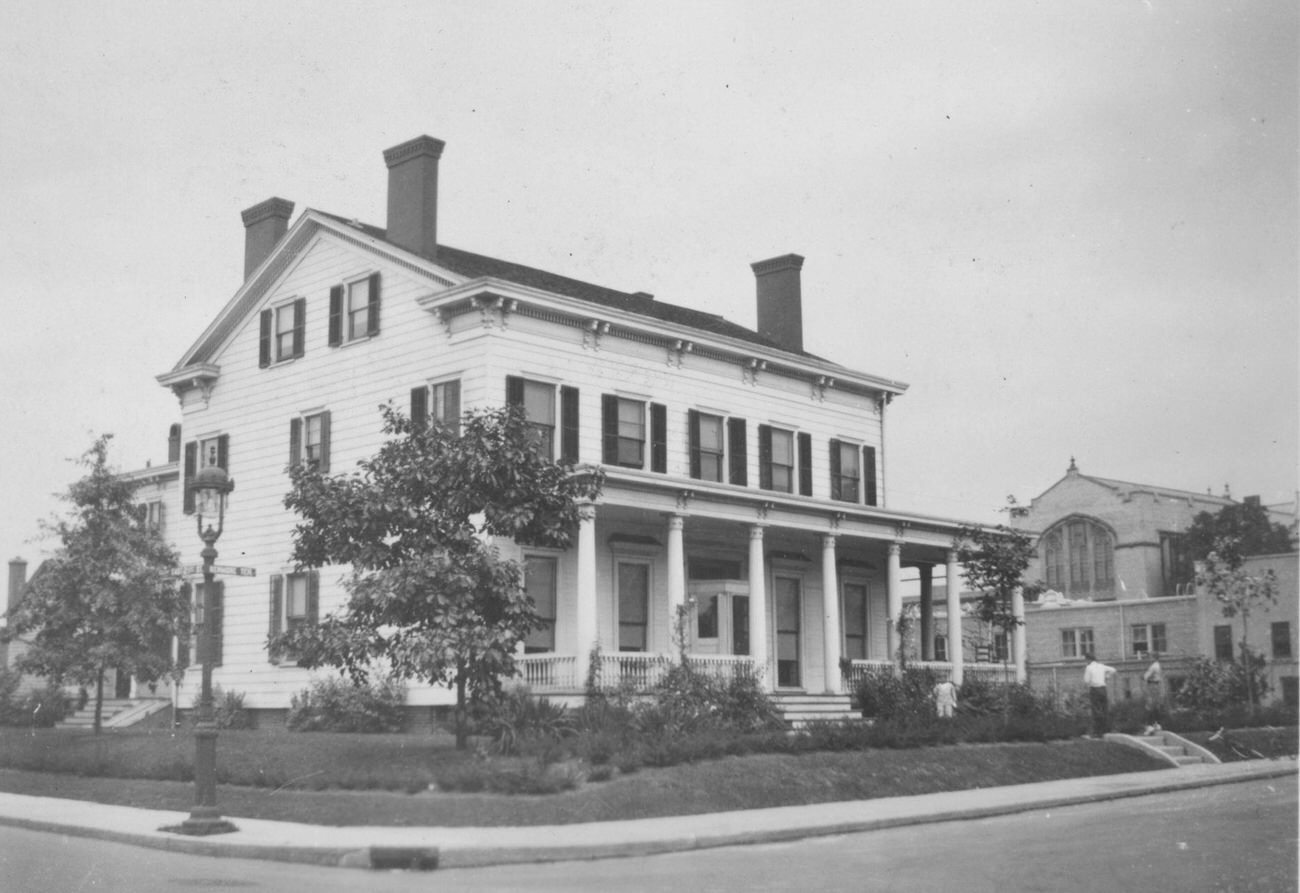
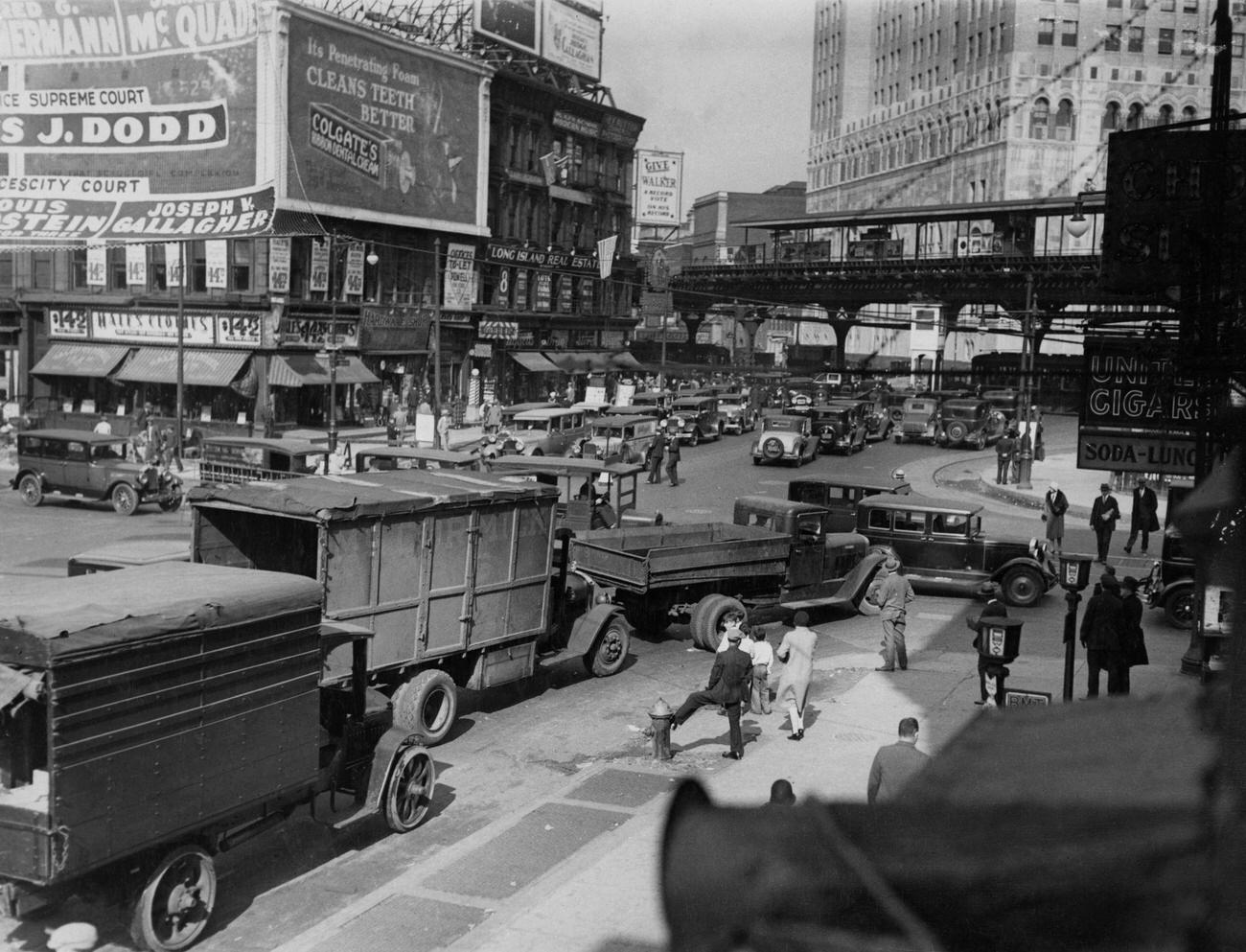
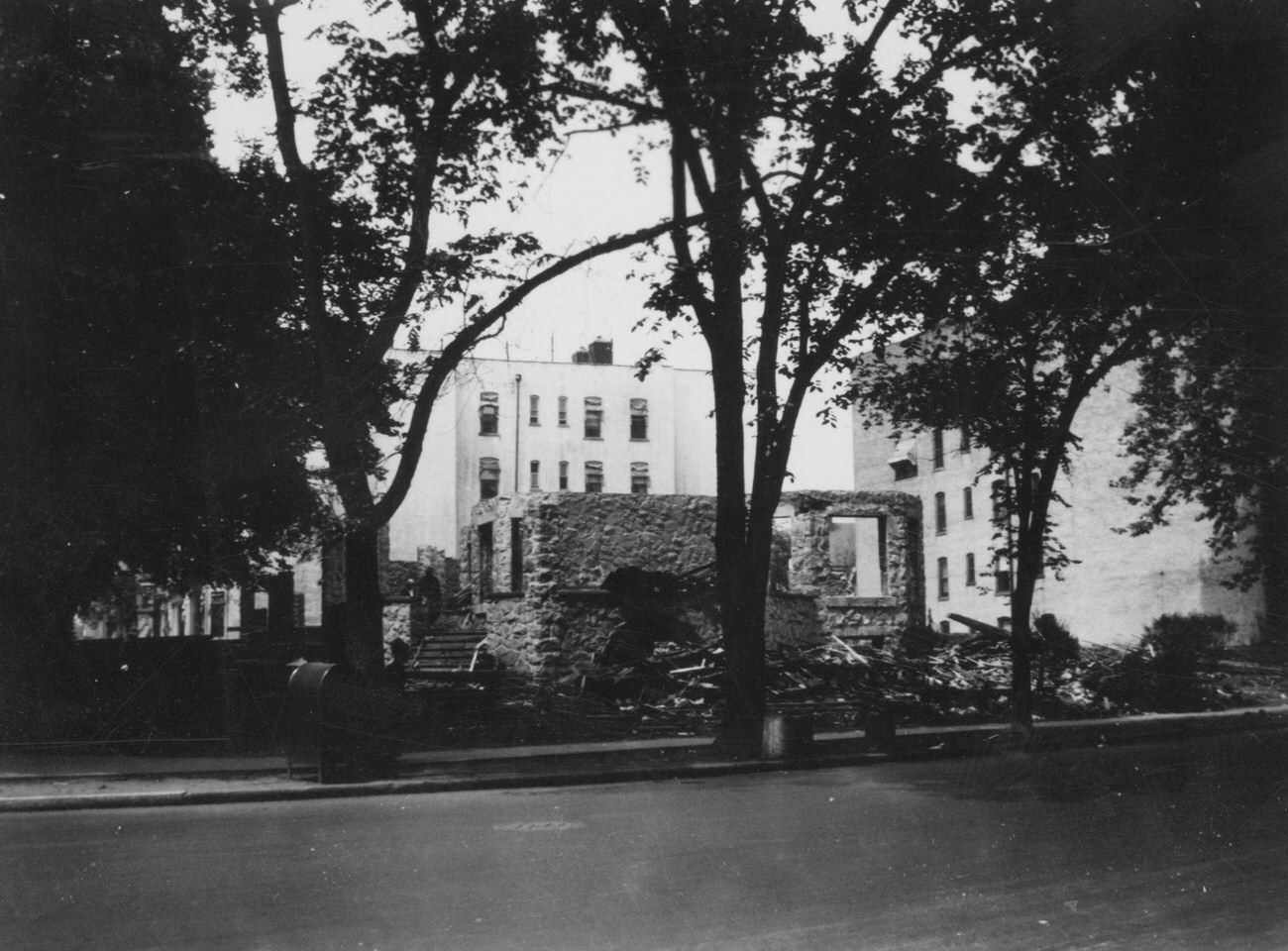
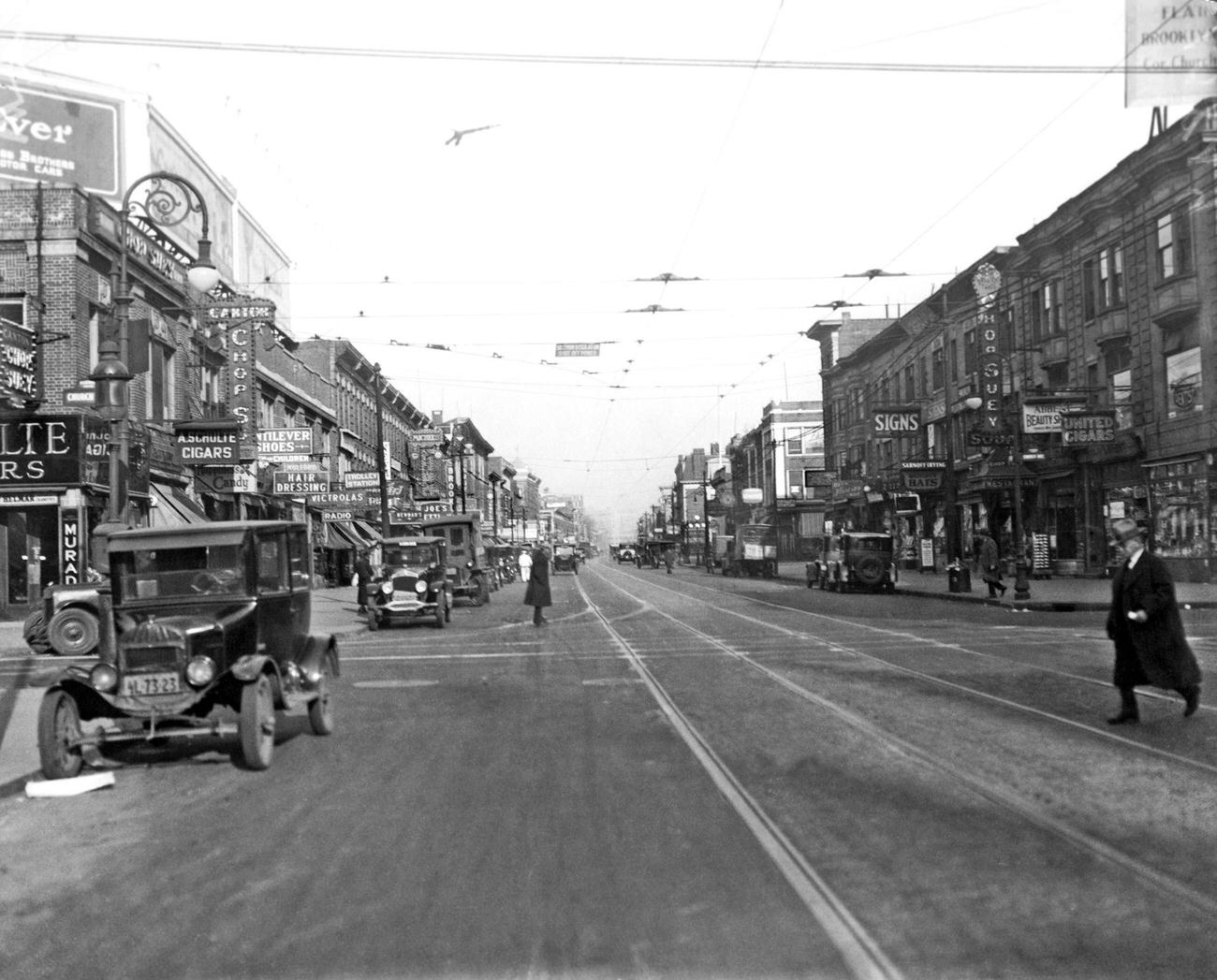
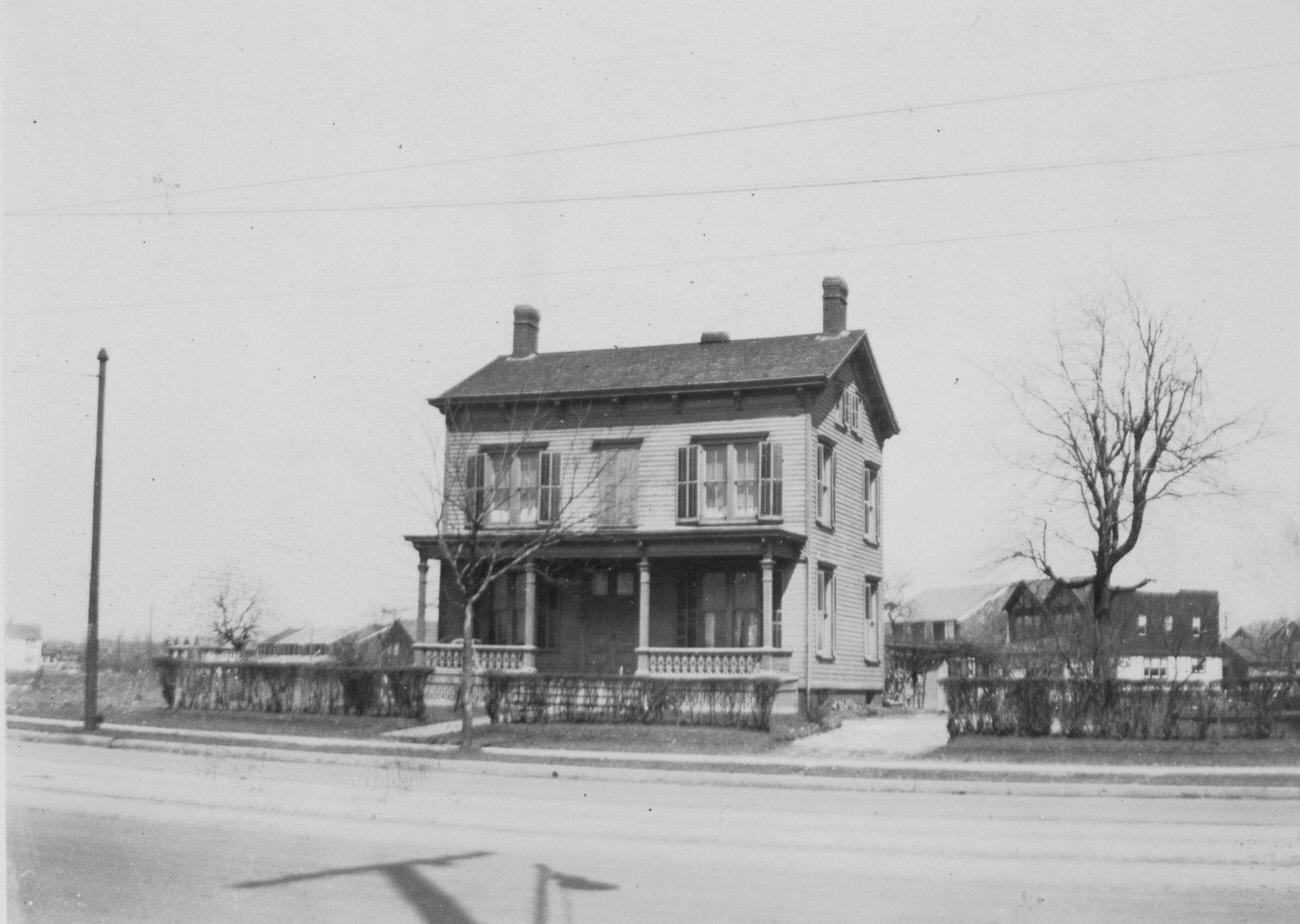
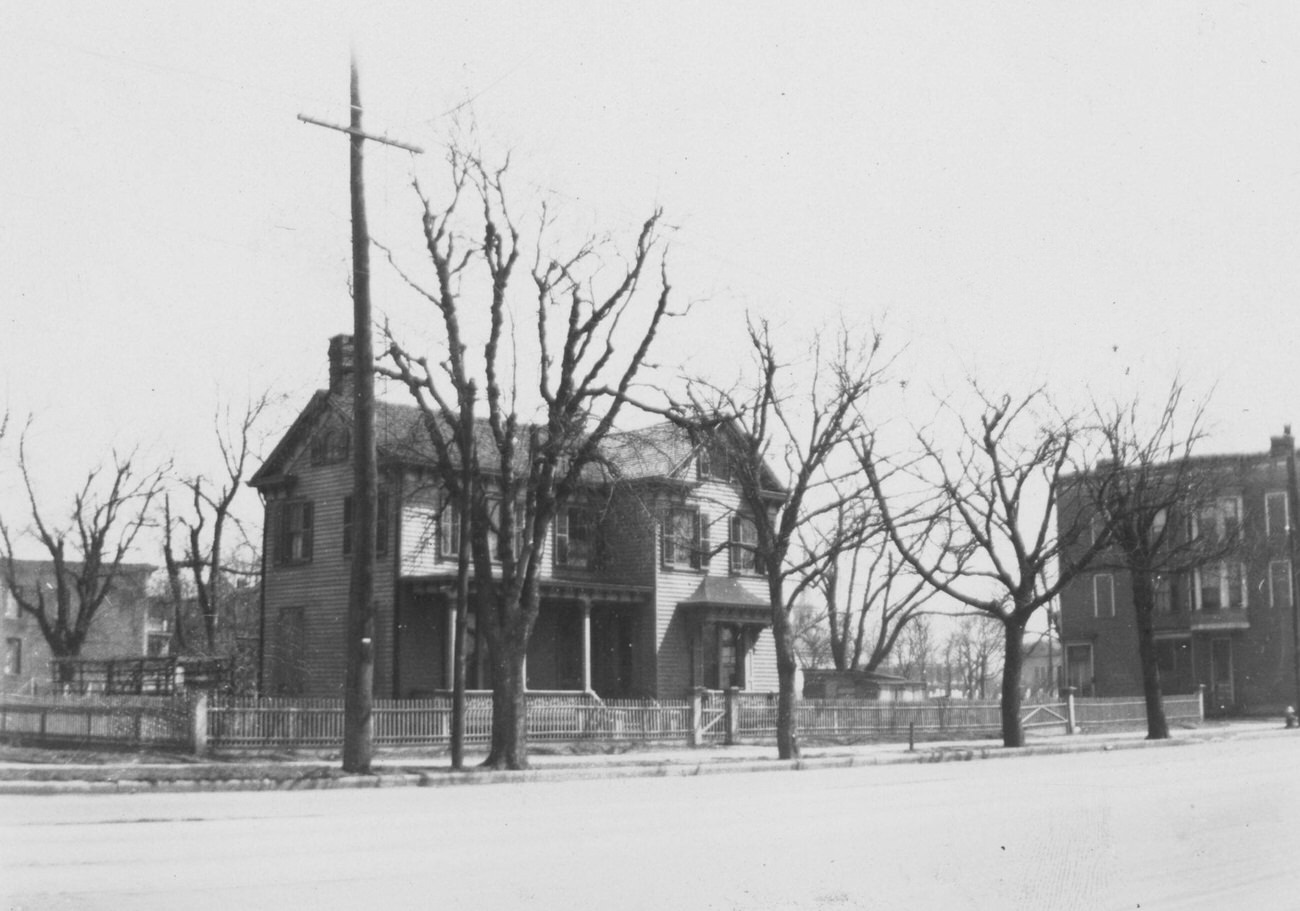

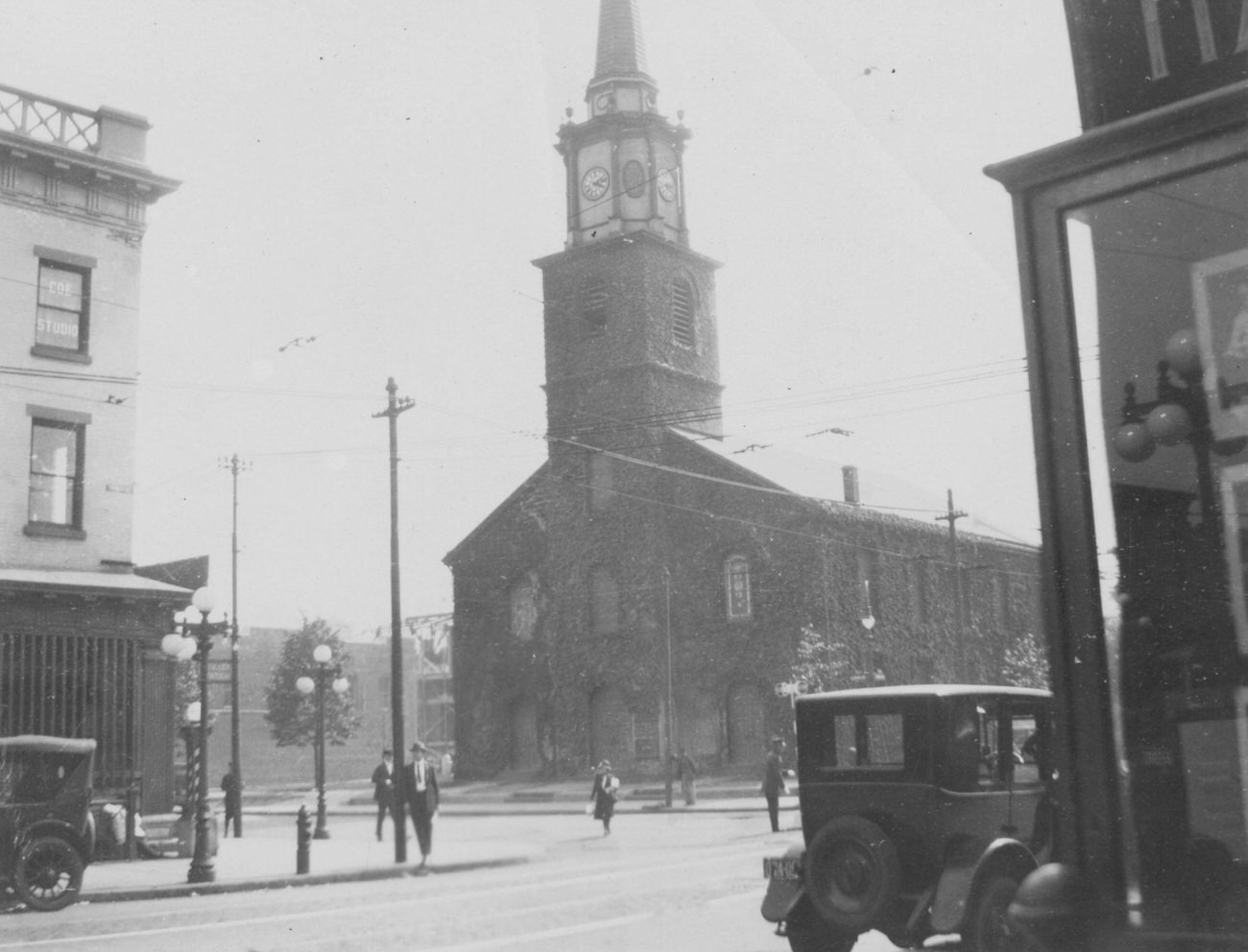
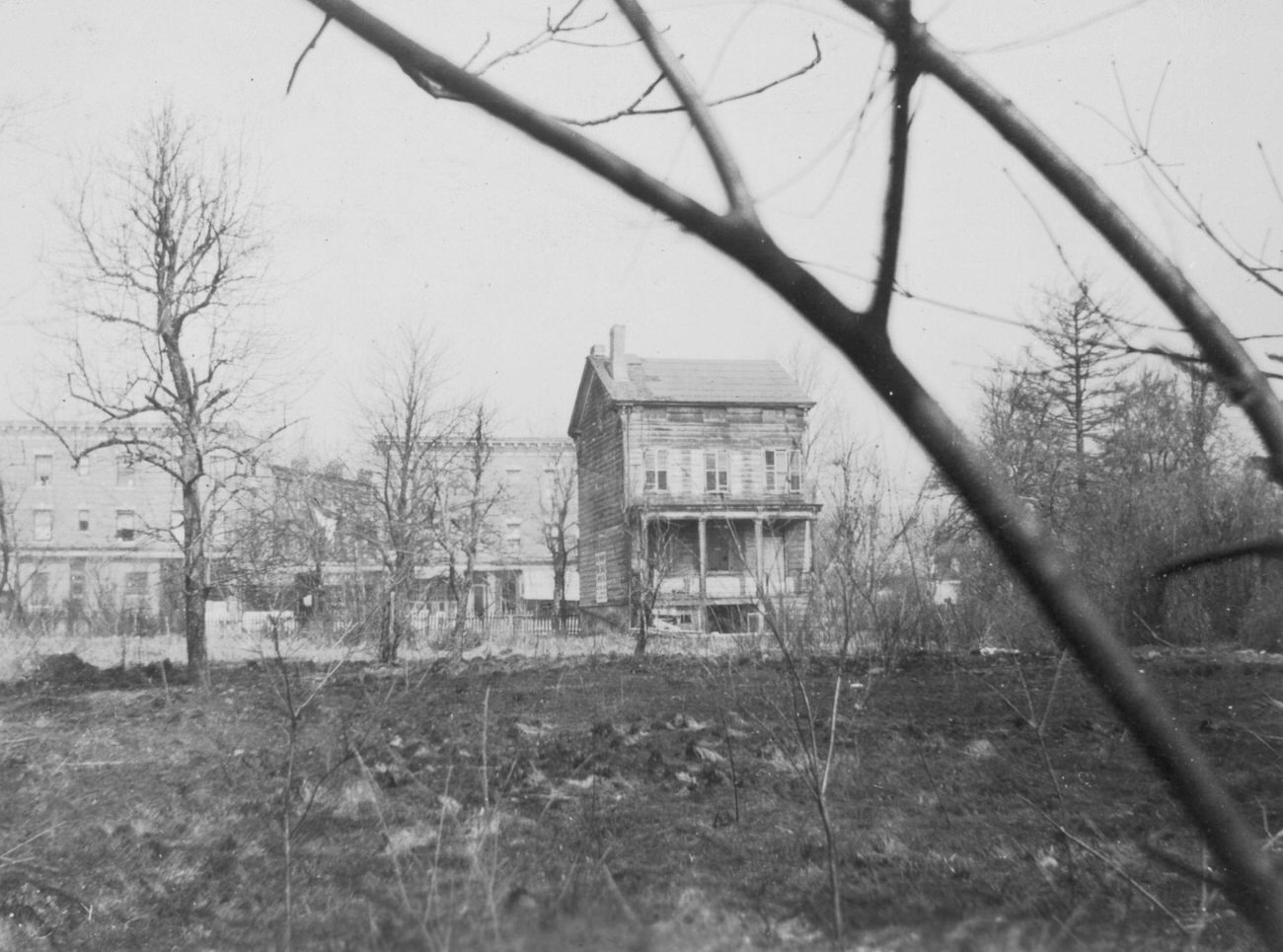
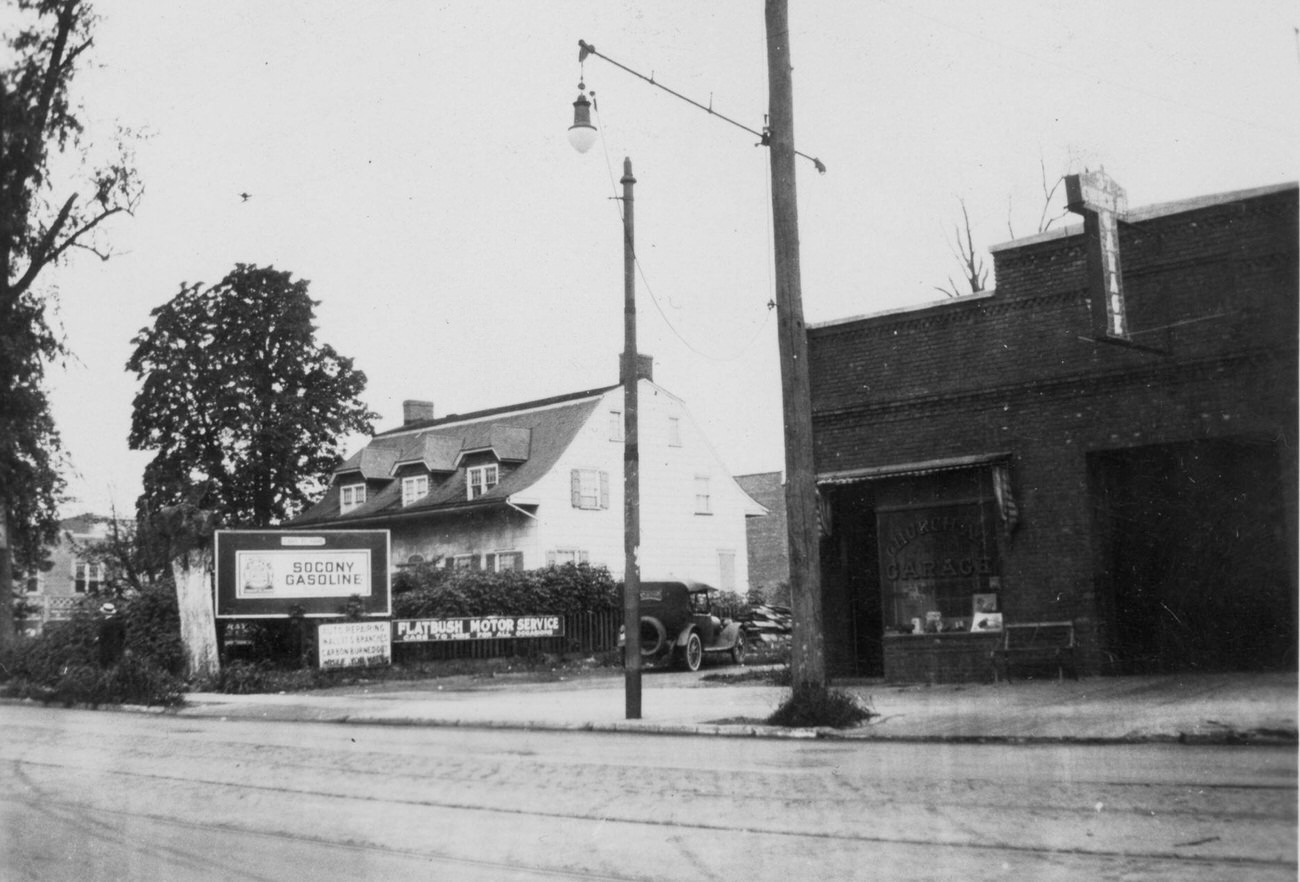
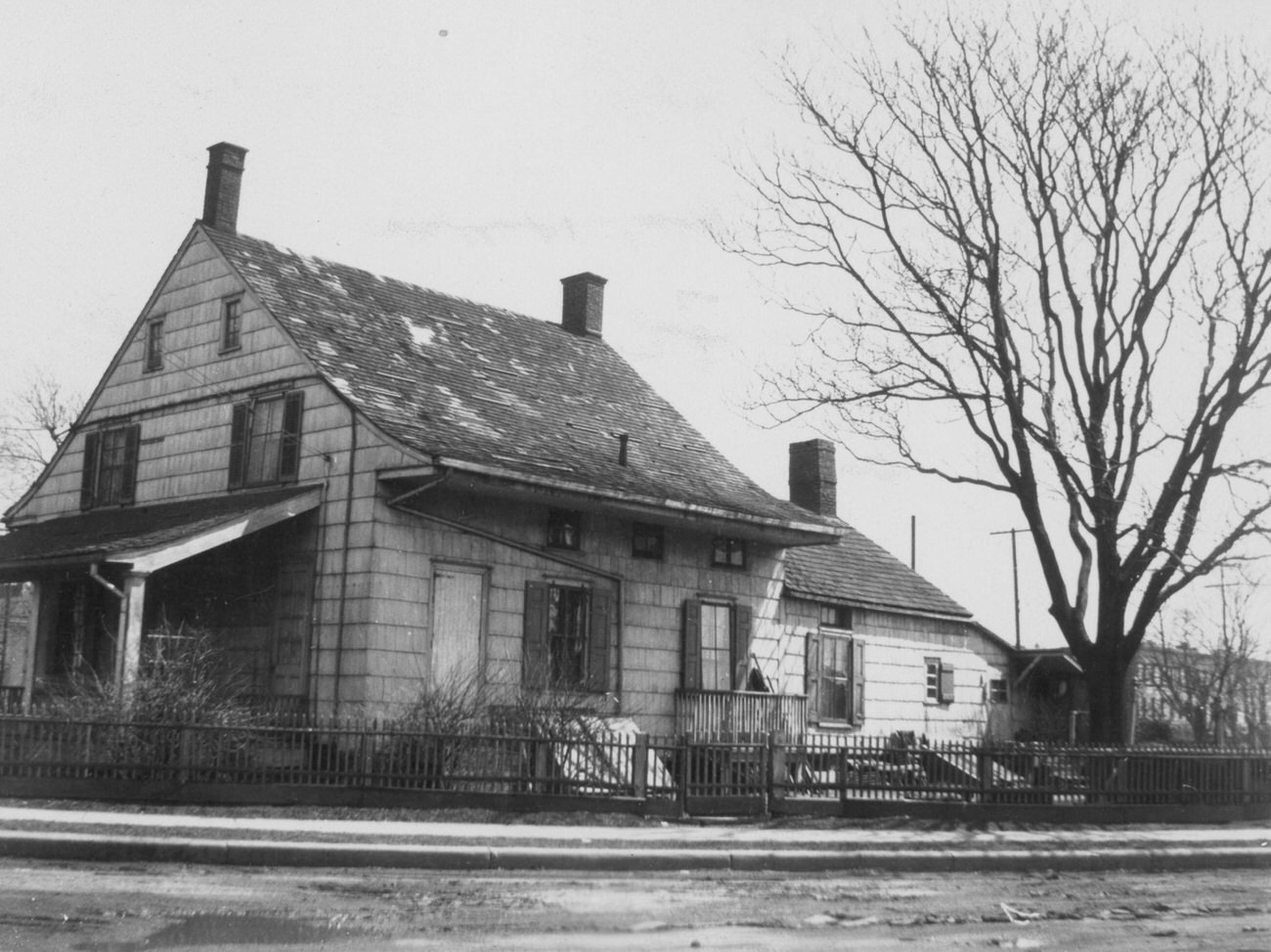
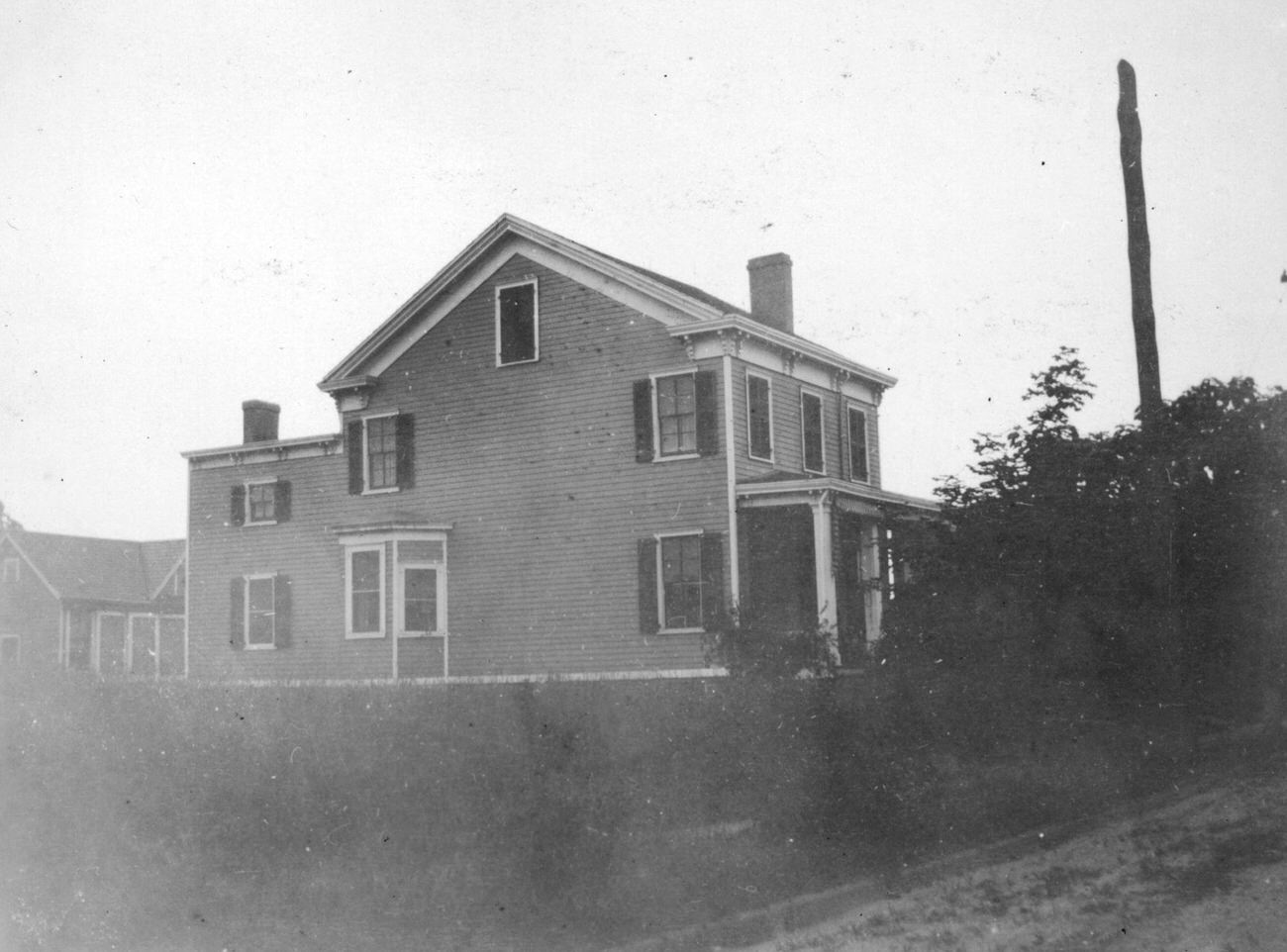
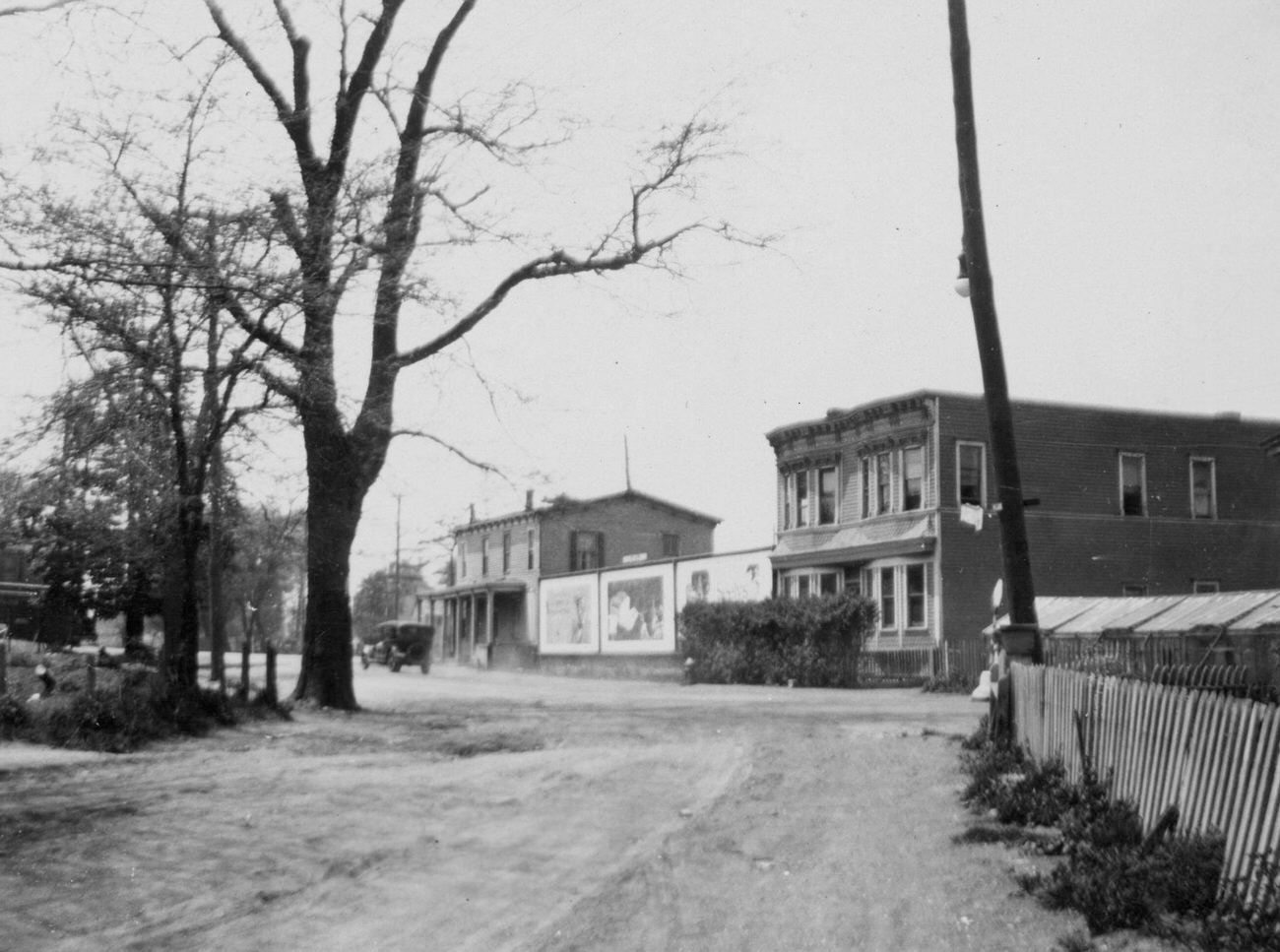
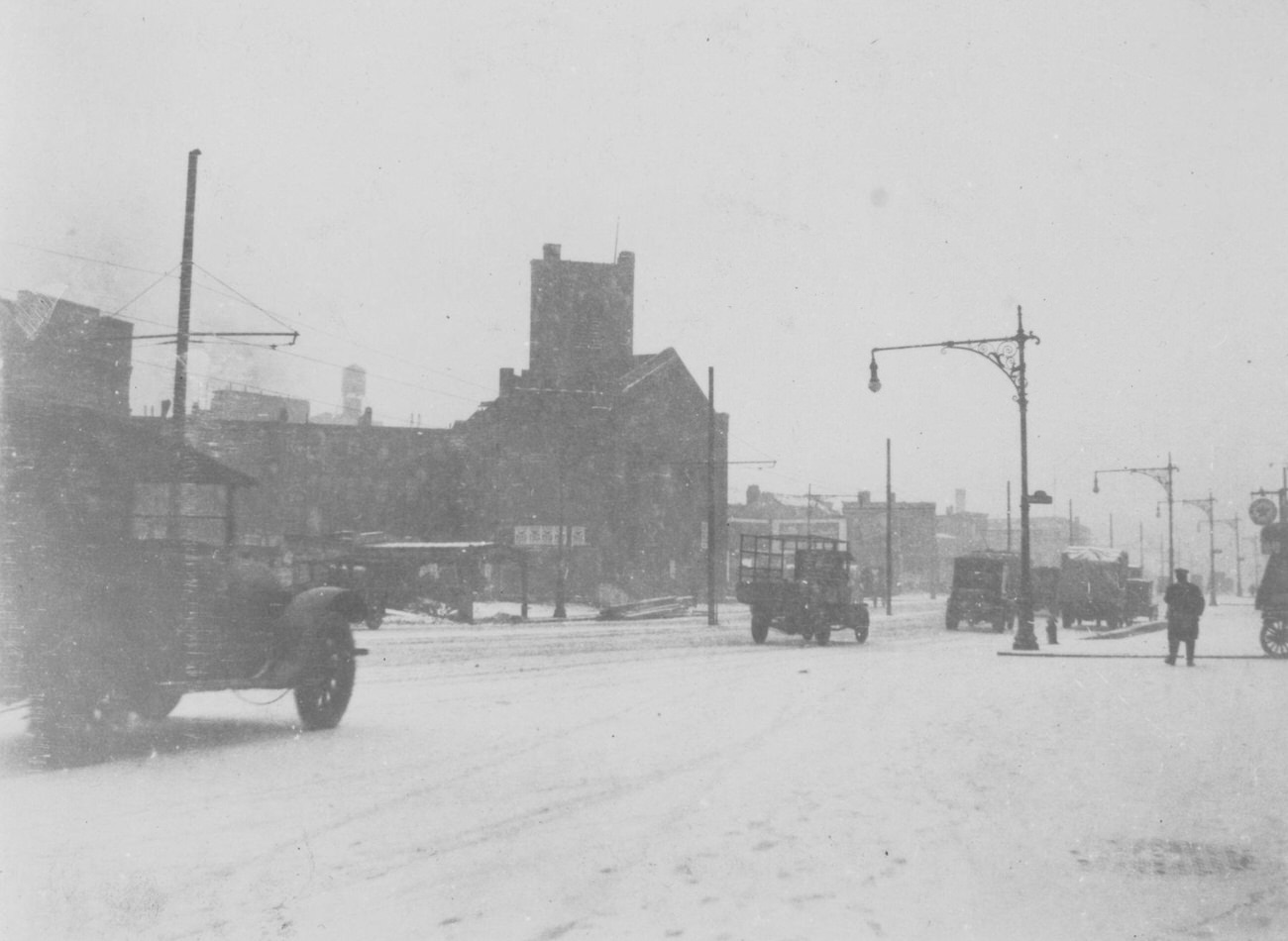

The Birdsall House was later known as the Murphy House, owned by my Great Great Grandfather Thomas Murphy, one of only two Irish farmers in Flatbush at that time. His farm extended from Flatbush Ave all the way back to Greenwood Cemetery, with the middle part later being incorporated into the new Prospect Park. His son William E. Murphy owned a home across from the Park on Prospect Park West in Windsor Terrace on land that had been part of the original farm.
I have photos of the Murphy House in various stages of fitness, the end being a carpentry before being demolished in or around 1860. In the later photos you can see the Tudor-style homes of Chester Court.
Thank you for sharing such a great memory 😊